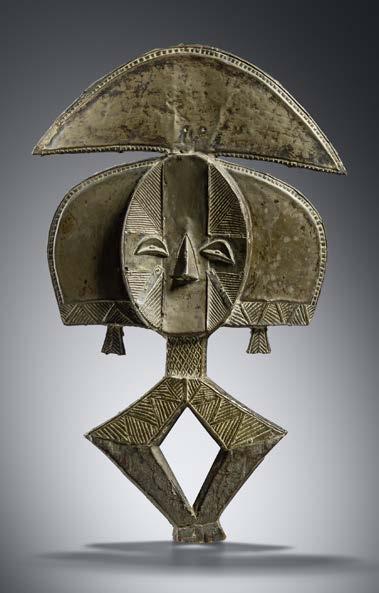CÔTE D‘IVOIRE / LIBERIA, DAN-GIO
42 Anthropomorphe Gesichtsmaske
Holz, Kaolin, Sockel
Anthropomorphic face mask wood, kaolin, base
H: 22 cm
Provenance Collection Banque Paris Pays-Bas (BNP Paribas Fortis), Brussels, Belgium (1950)
Private Collection Bruno Frey, Arnay-le-Duc, France
Exhibited
Brussels, Belgium: „Winter BRUNEAF. Brussels Non European Art Fair“, 24-28
January 2018
Publ. in Expo cat.: „Winter BRUNEAF. Brussels Non European Art Fair“, Brussels, 2018, p. 26
AHDRC: 0149740
€ 3.500 - 5.000
– 82 –
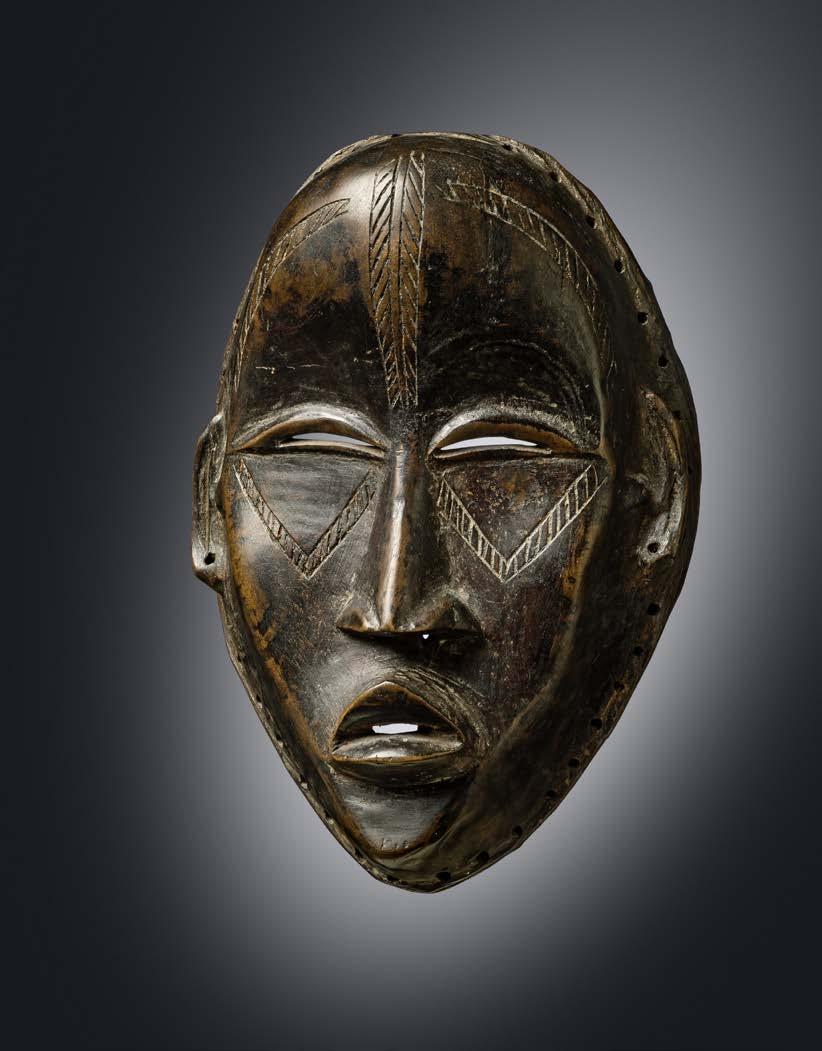
CÔTE D‘IVOIRE / LIBERIA, DAN
43 Fetisch-Maske
Holz, Metall, Tierzahn/Knochen, Sockel
Diese Maske ist von einer extrem dicken Schicht verkrusteter Opferpatina überzogen. Sehr ungewöhnlich sind die Augen aus Metall-Halbschalen, die den kleinen runden Sehöffnungen locker vorgeblendet sind. Die Maske scheint Merkmale verschiedener Maskentypen zu vereinen. Der eingeschnitzte Kranz von kleinen Hörnchen quer über der Stirn verweist auf „bagle“- Unterhaltungmasken.
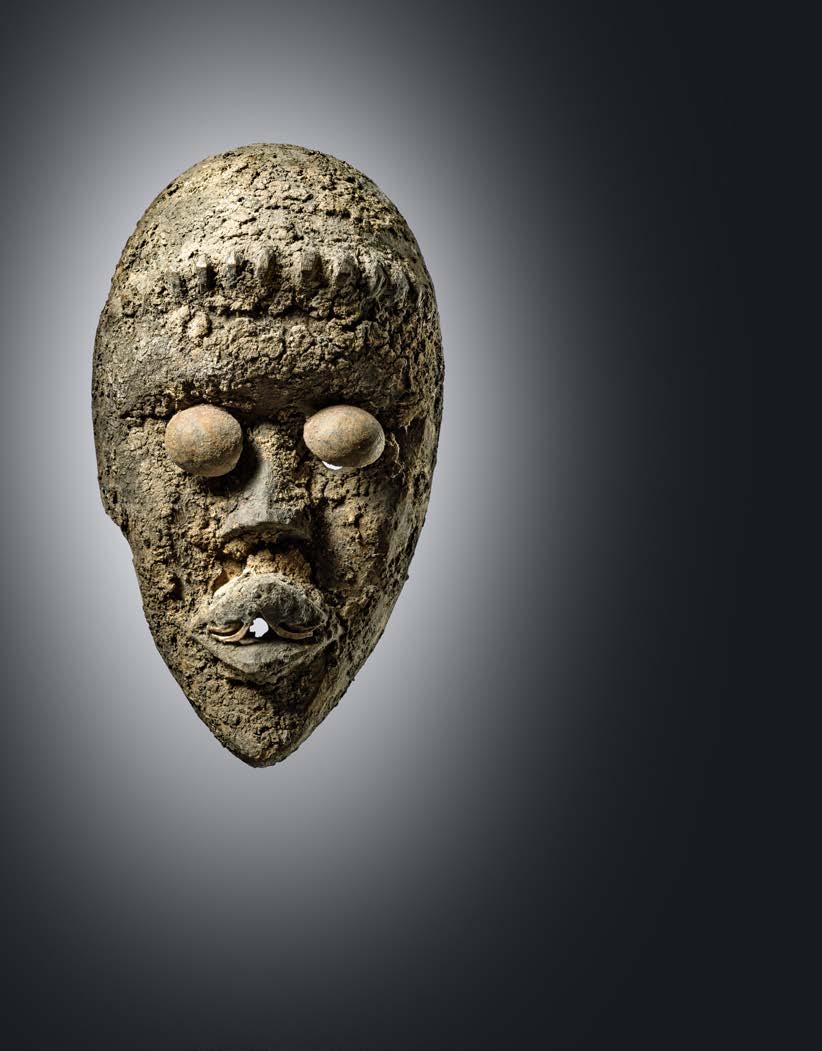
Fetish mask wood, metal, animal teeth/bone, base This mask is covered with an extremely thick layer of encrusted sacrificial patina. Very unusual are the eyes which are made of metal half-shells, that are loosely superimposed on the small round eye openings. The mask seems to combine features of different mask types. The carved wreath of small horns across the forehead refers to „bagle“ entertainment masks.
H: 24 cm
Provenance
Adrian Schlag, Brussels, Belgium
€ 5.000 - 12.000

CÔTE D‘IVOIRE, DAN
44 Anthropomorphe Gesichtsmaske „deangle“
Holz, Pigmente, mit Wachs oder Öl behandelte Oberfläche, Reste von alten Sammlungsetiketten, Sockel „Deangle“ heißt wörtlich „scherzende, lachende“ Maskengestalt. Der Name zeigt, dass es sich um eine freundliche, schöne Erscheinung handelt, die Freude erregen soll.

Die „dean“- Maskengestalten gehören zu den Beschneidungslagern („mbon“) der Knaben und Mädchen, die sich stets im Heiligen Hain in der Nähe des Dorfes befinden. Sie fungieren als Mittler zwischen Lager und Dorf und sind für Nahrung und Schutz der Initianden zuständig.
H: 24 cm
Provenance
American Private Collection
Vgl. Lit.: Fischer, Eberhard & Hans Himmelheber, Die Kunst der Dan, Zürich 1976, p. 41 f.
Anthropomorphic face mask „deangle“
wood, pigments, wax or oil treated surface, remains of old collection labels, base „Deangle“ literally means a „joking and smiling“ mask character. The name implies that a friendly and beautiful appearance is described, destined to entertain the people. The „dean“ mask characters belong to the circumcision camps („mbon“) of young boys and girls, which are always situated in the holy forest nearby the village. They act as mediator between camp and village and they are responsible for food and protection of the initiates.
€ 3.000 - 6.000
– 86 –

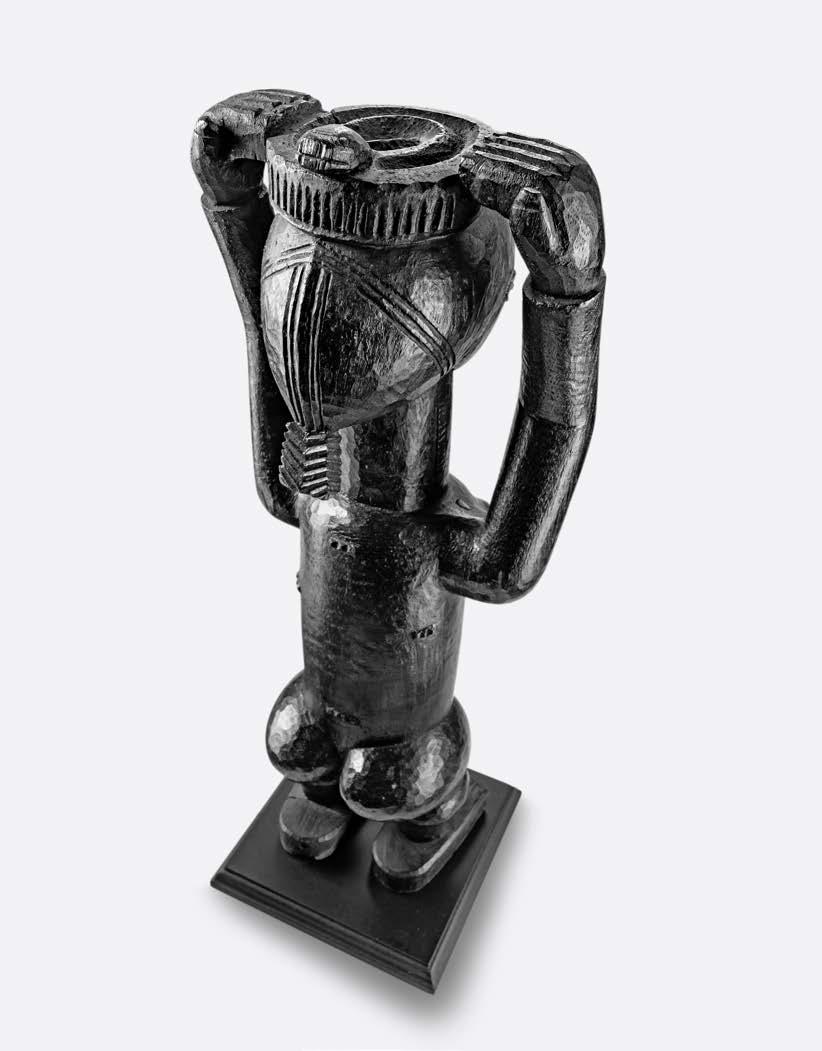
CÔTE D‘IVOIRE, LAGOON REGION, EBRIE (KYAMAN) / AKYE (ATTIÉ) / GWA, MASTER OF THE TRIANGULAR NOSE

45 Stehende weibliche Figur Holz, rest., Sockel
Für vergleichbare Werke des „Meisters der dreieckigen Nase“ siehe AHDRC 0071032 und AHDRC 0134689 und weitere. Insgesamt betrachtet, scheinen uns die diesem Meister zugeschriebenen Werke jedoch eher unterschiedlichen Händen zu entstammen.
Vorliegende weibliche Figur trägt eine Schale (mit dem eingerollten Körper einer Schlange) auf dem Kopf. Blackmun Visonà vermutet, dass diese Figuren von traditionellen Heilern verwendet wurden, um Botschaften an die Geisterwelt zu übermitteln. Die Schale würde die Rolle der Figur als Bote der Geister unterstreichen (Blackmun Visona in: Art of Côte d‘ Ivoire, Vol II, 1993, S. 171, ill. 289).
Standing female figure wood, rest., base
For comparable works by the „Master of the triangular nose“, see AHDRC 0071032 and AHDRC 0134689 and more. Overall, however, the works attributed to this master seem to us
to come rather from different hands. This female figure carries a bowl (with the curled body of a snake) on her head. Blackmun Visonà suspects that these figures were used by traditional healers to convey messages to the spirit world. The bowl would emphasise the figure‘s role as a messenger of the spirits (Blackmun Visona in: Art of Côte d‘ Ivoire, Vol II, 1993, p. 171, ill. 289).
H: 41 cm
Provenance
German Collection
Vgl. Lit.: Barbier, Jean Paul (ed.), Art of Côte d‘ Ivoire, Vol II, Genève 1993, p. 171, ill. 289
Fischer, Eberhard & Lorenz Homberger, Afrikanische Meister, Kunst der Elfenbeinküste, Zürich 2014, p. 77 (Master of the Triangular Nose)
€ 3.500 - 5.000
– 89 –
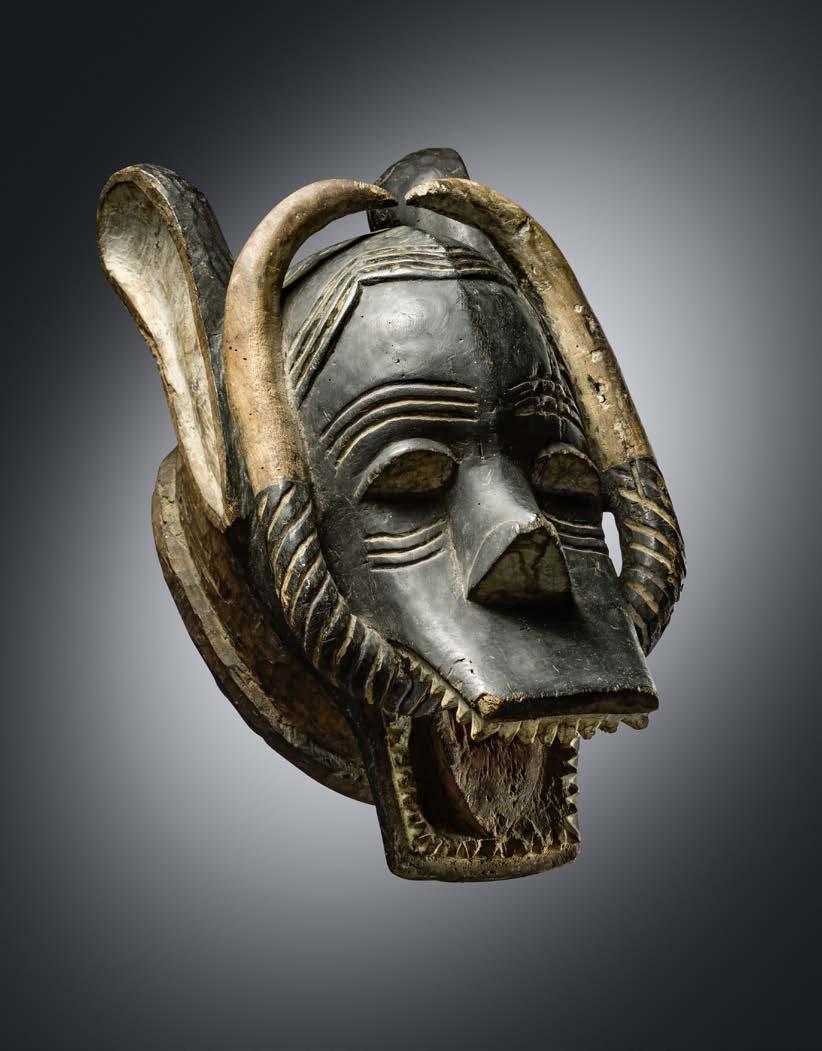
CÔTE D‘IVOIRE, GURO

46 Helmmaske „gye“
Holz, Farbpigmente
„Gye“ gilt als wichtigste und mächtigste Maske der nördlichen Guro. Sie kann Merkmale verschiedener Tiere aufweisen. In diesem Fall sind die seitlichen Hauer des Wildschweins „goonani“ wie ein Rahmen um das Gesicht gelegt und werden ergänzt durch große löffelartige Ohren und menschliche Gesichtszüge.
„Gye“- Masken sind immer männlich. Sie gelten als wild, sollen Furcht einflössen und dürfen von Frauen nicht gesehen werden. „Gye“ ist für alle Guro ein (heiliger) Kultgegenstand („yu“), der Eigentum einer bestimmten Familie ist, für die er schützende Funktion hat.
Die große „gye“- Maskengestalt tritt vor allem bei wichtigen Begräbnisfesten auf. Sie trägt ein üppiges zotteliges Kostüm aus Bast-Streifen, das ihren ganzen Körper einhüllt. Das Erscheinen der imposanten Gestalt wird von den Lauten eines Schwirrholzes begleitet.
Helmet mask „gye“ wood, colour pigments
„Gye“ is considered the most important and powerful mask of the northern Guro. It can show features of different animals. In this case, the lateral tusks of the wild boar „goonani“ are placed like a frame around the animal‘s face and are complemented by large spoon-like ears and human facial features.
„Gye“ masks are always male. They are considered wild, are supposed to instil fear and must not be seen by women. For all Guro, „gye“ is a (sacred) cult object („yu“) that is the property of a certain family for which it has a protective function.
The large „gye“ mask figure appears mainly at important funeral festivi-
ties. She wears a luxuriant costume of raffia strips that covers her entire body. The appearance of the imposing figure is accompanied by the sounds of a bullroarer.
H: 51 cm
Provenance Private Collection, Alsace, France
Vgl. Lit.: Fischer, Eberhard & Lorenz Homberger, Afrikanische Meister, Kunst der Elfenbeinküste, Zürich 2014, p. 43, ill. 38
Fischer, Eberhard & Lorenz Homberger, Die Kunst der Guro, Elfenbeinküste, Zürich 1985, p. 121ff.
€ 1.500 - 3.000
– 91 –
Photo: Isabell Wettstein, Brigitte Kammerer-Kauf, Museum Rietberg, Zürich
CÔTE D‘IVOIRE, GURO
47 Männlich-weibliches
Figurenpaar
Holz, Farbe, rest. (männl. Figur)
Diese beiden Figuren bestechen vor allem durch ihre schönen Köpfe mit annähernd naturalistisch gestalteten Augen und einem ovalen Mund, der den Blick auf gefeilte Schneidezähne frei gibt. Ihre Frisuren sind aufwändig angelegt. Die weibliche Figur ist mit Skarifikationsmalen geschmückt und mit einem Armreif beschnitzt, der geweißt ist, was wohl Elfenbein suggerieren soll. Die männliche Figur ist schmucklos, hat aber eine Begleitfigur (Hund) zur Seite gestellt. Die Körperhaltung der Figuren ist zwar eher statisch, ihre Körperformen jedoch wohl gerundet und harmonisch proportioniert.
Ein sitzendes Figurenpaar desselben Künstlers, aus der Sammlung Joe Hloucha, Prag, wurde 1930, auf der ersten Versteigerung afrikanischer und ozeanischer Kunst in Deutschland, im Internationalen Kunst- und Auktionshaus, Berlin angeboten (publiziert bei Schädler, 1992, S. 90, ill. 59).


– 92 –
Photos:C. und J. Schlottau

Male-female couple
wood, paint, rest. (male figure)
These two figures are especially captivating because of their beautiful heads with almost naturalistic eyes and an oval mouth that reveals filed incisors. Their hairstyles are elaborate. The female figure is adorned with scarification marks and carved with a bracelet that is whitened, probably to suggest ivory. The male figure is unadorned but is accompanied by a quadruped (dog). The posture of the figures is rather static, but their body shapes are well rounded and harmoniously proportioned.
A seated pair of figures by the same artist, from the collection of Joe Hloucha, Prague, was offered in 1930, at the first auction of African
and Oceanic art in Germany, at the Internationales Kunst- und Auktionshaus, Berlin (published in Schädler, 1992, p. 90, ill. 59).
H: 68 cm / 70 cm (female / male)
Provenance
French Collection, Alsace (before World War I)
Vgl. Lit.: Schädler, Karl-Ferdinand, Götter - Geister - Ahnen, München 1992, p. 90, ill. 59 Bottiaux, Anne-Marie, Guro, Milan 2016, p. 51 f.
€ 5.000 - 10.000
– 94 –
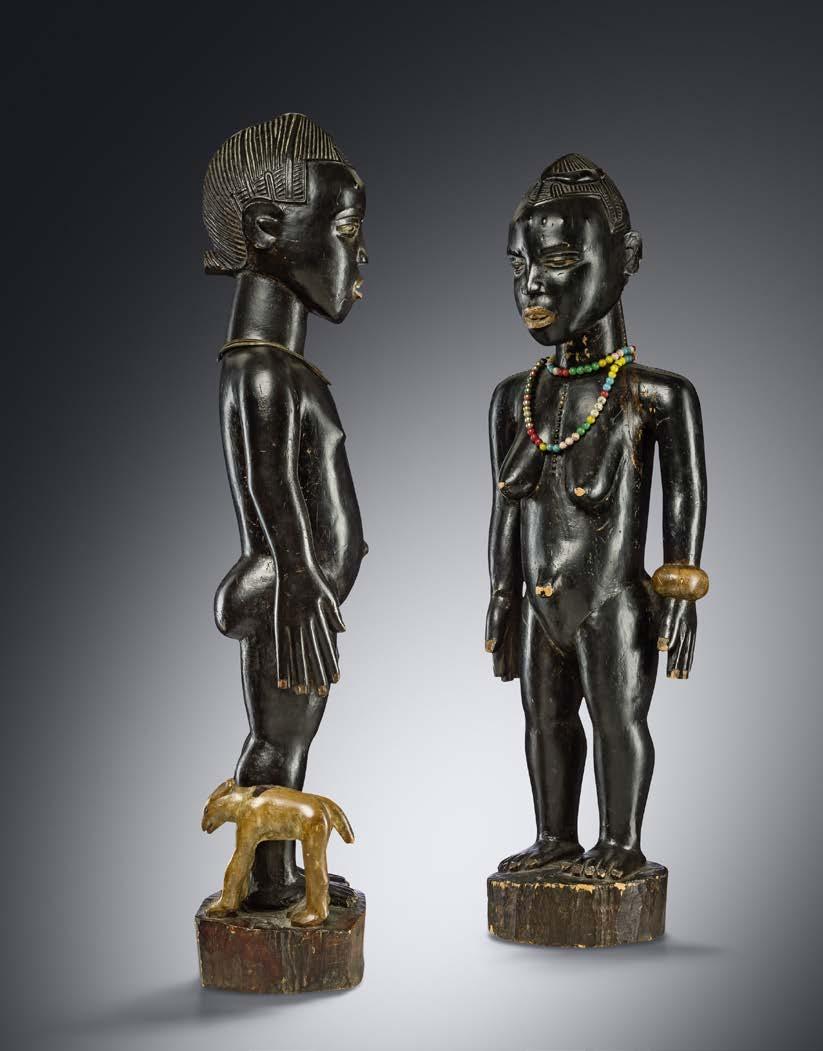

CÔTE D‘IVOIRE, SENUFO
48 Anthropomorphe Gesichtsmaske „kpélié“ („kpeli yehe“) Holz, geschwärzt, Farbpigmente, Sockel Für eine stilistisch vergleichbare Maske aus den Sammlungen des LindenMuseums Stuttgart (Inv.Nr. F 55.636), ex Jacob Epstein (1880-1959), London, siehe AHDRC 0181144.
Vorliegende Maske besticht durch eine raffinierte lineare Gestaltung der Gesichtszüge und eine herrlich ausgewogene, dynamische Symmetrie.
„Kpélié“- Masken gelten als idealisierte Darstellung weiblicher Schönheit. Die Masken sind laut Glaze sowohl optisch als auch inhaltlich das Gegenstück zu den großen zoomorphen Helmmasken „wanyugo“, die mit männlicher Autorität und gefährlichen Kräften assoziiert werden. Bei einigen Senufo-Gruppen treten beide Maskentypen als Paar auf. Ihr ausgewogenes Zusammenspiel verleiht den komplementären Rollen von Männern und Frauen visuellen Ausdruck.
Anthropomorphic face mask
„kpélié“ („kpeli yehe“) wood, blackened, colour pigments, base For a stylistically comparable mask from the collections of the Linden Museum Stuttgart (inv.no. F 55.636), ex Jacob Epstein (1880-1959), London, see AHDRC 0181144.
The present mask captivates with a refined linear design of the facial features and a magnificently balanced dynamic symmetry.
„Kpélié“ masks are considered an idealised representation of female beauty. According to Glaze, the masks are both visually and in terms of content the counterpart to the large zoomorphic helmet masks „wanyugo“, which are associated with male authority and dangerous forces. In some Senufo groups both types of mask perform as a pair. Their balanced interplay gives visual expression to the complementary roles of men and women.

Provenance
André J.F. Köbben (1925-2019), Amsterdam / Leiden, Netherlands
Adrian Schlag, Brussels, Belgium
H: 26 cm
Vgl. Lit.: Grootaers, Jan-Lodewijk & Ineke Eisenburger (ed.), Forms of Wonderment, Vol. I, Berg en Dal 2002, p. 124
€ 10.000 - 20.000
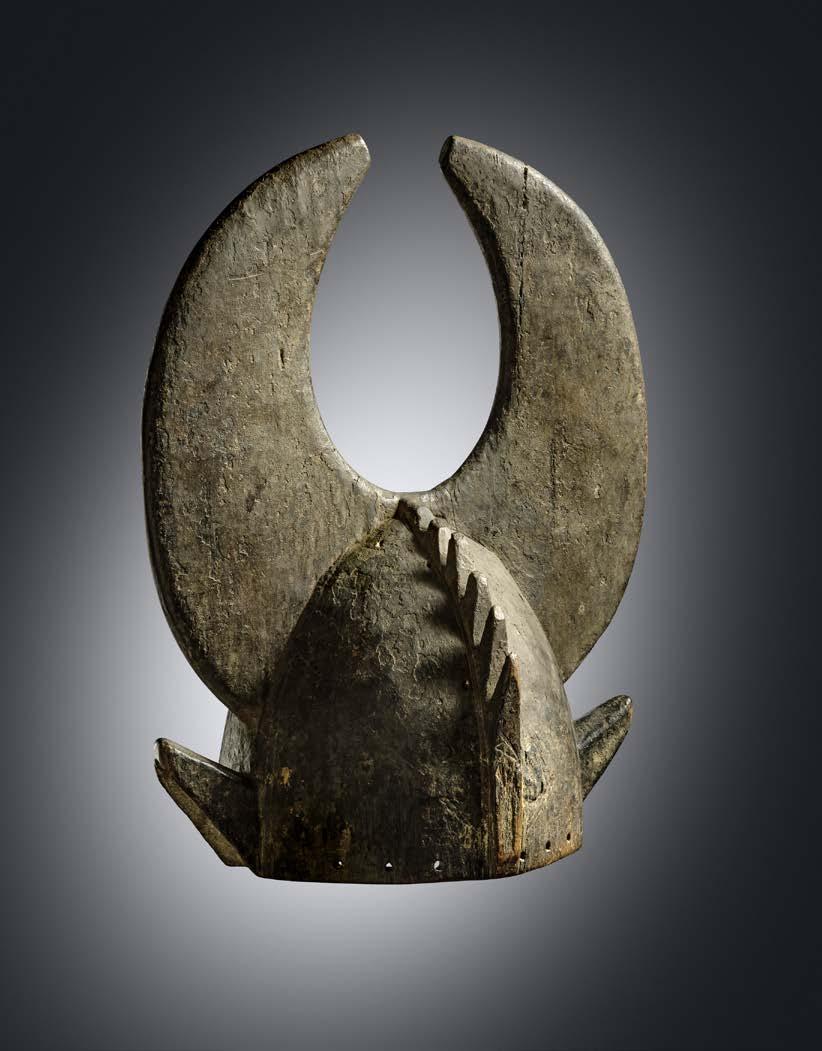
CÔTE D‘IVOIRE, SENUFO, SABARIKWO VON OUAZOMON
49 Helmförmiger Kopfaufsatz
„noo“ oder „sigi“
Holz, Pigmente, in roter Farbe beschriftet „1050/7“, Label „3208“, rest. Der Kunsthistorikerin Anita Glaze zufolge, soll ein nahezu identischer Helm aus dem Barbier-Mueller Museum (AHDRC 0130903) aus dem südlichen Gbato-Senufo-Gebiet in der Nähe von Ganaoni stammen. Aufgrund stilistischer Merkmale nimmt sie an, dass es sich dabei um ein Werk des Meisterbildhauers Sabarikwo von Wazomon (Ouazomon) handelt (Art of Côte d‘ Ivoire, Vol II, S. 17). Der erfahrene Afrikareisende und Sammler K.H. Krieg lehnte diese Zuschreibung ab. Laut Informationen vor Ort sei der Typus des BarbierMueller-Helms bei Aufführungen namens „sigi“ („sigui“) von BamanaGemeinschaften im Süden Malis verwendet worden und habe sich von dort auf andere Orte in der Region, möglicherweise auch auf SenufoGemeinschaften entlang der Grenze zwischen Mali und Côte d‘Ivoire ausgebreitet.
Damit bleibt auch für vorliegende Helmmaske die Zuschreibung an einen Künstler, ein genauer Herkunftsort und sogar die Verbindung zu einer bestimmten kulturellen oder ethnischen Gruppe vage.
Helmet-shaped headdress

„noo“ or „sigi“ wood, pigments, inscribed in red paint „1050/7“, label „3208“, rest.
According to art historian Anita Glaze, an almost identical helmet from the Barbier-Mueller Museum (AHDRC 0130903) is believed to be from the southern Gbato-Senufo area near Ganaoni. Based on stylistic features, she assumes that it is a work by the master sculptor Sabarikwo of Wazomon (Ouazomon) (Art of Côte d‘ Ivoire, Vol II, p. 17).
The experienced African traveller and collector K.H. Krieg rejected this attribution. According to information in the field, the type of Barber Mueller helmet had been used in performances called „sigi“ („sigui“) by Bamana communities in southern Mali and had spread from there to other places in the region, possibly also to Senufo communities along the border between Mali and Côte d‘Ivoire. Thus, also for this helmet mask, the attribution to an artist, an exact place of origin and even the connection to a certain cultural or ethnic group remains vague.
H: 39 cm
Provenance
Christie‘s, London, 8 November 1977, Lot 244
Wolfgang Ketterer, Munich, 4 May 1979, Lot 32

Rudolf Leopold (1925-2010), Vienna, Austria
Publ. in Schädler, Karl-Ferdinand, Afrikanische Kunst in Deutschen Privatsammlungen, München 1973, p. 79, ill. 94; Schädler, Karl-Ferdinand, Afrikanische Kunst, München 1975, p. 83, Fig. 102 (as a drawing)
AHDRC: 0073087
Vgl. Lit.: Barbier, Jean Paul (ed.), Art of Côte d‘ Ivoire, Vol II, Genève 1993, p. 17, ill. 10
€ 2.500 - 5.000
– 99 –
Photo: H.J. Lehmann
CÔTE D‘IVOIRE, SENUFO / KULANGO / DJIMINI (JIMINI) / LIGBI
50 Stehende männliche Figur
Holz, Kaurischnecken, Sockel
Eine stilistisch sehr ähnliche weibliche Figur, ex Hans Coray, wurde am 20. Juli 2005 als Lot 221 bei Bonhams London verauktioniert (AHDRC 0071799).
Standing male figure wood, cowrie shells, base

A stylistically very similar female figure, ex Hans Coray, was sold at auction as lot 221 at Bonhams London on 20 July 2005 (AHDRC 0071799).

H: 32,5 cm
Provenance
Michel Gosse, Caen / Paris, France
Helmut Zake, Heidelberg, Germany
Manfred Magin, Weinheim, Germany
€ 4.500 - 9.000
Photo: Sotheby‘s Paris 2020

CÔTE D‘IVOIRE, SENUFO
51 Ring mit Rinderkopf „nyi-kar-yi“ oder „nokariga“
Gelbguss, Sockel
Nach Goldwater werden diese Ringe „Schweigeringe“ - „nyi-kar-yi“ genannt und wurden in Verbindung mit Initiationszeremonien der jungen Männer in die „lô“- Gesellschaft verwendet (Goldwater, 1964, S. 26).
Nach Förster hingegen, befanden sich diese Ringe im Besitz von Mitgliedern eines Bundes von Heilkundigen und wurden „nokariga“ genannt, was so viel heißt wie „sich in einen Ochsen verwandeln“ (Förster, 1987, S. 201 ff.)
Ring with bovine head „nyi-kar-yi“ or „nokariga“ brass, base
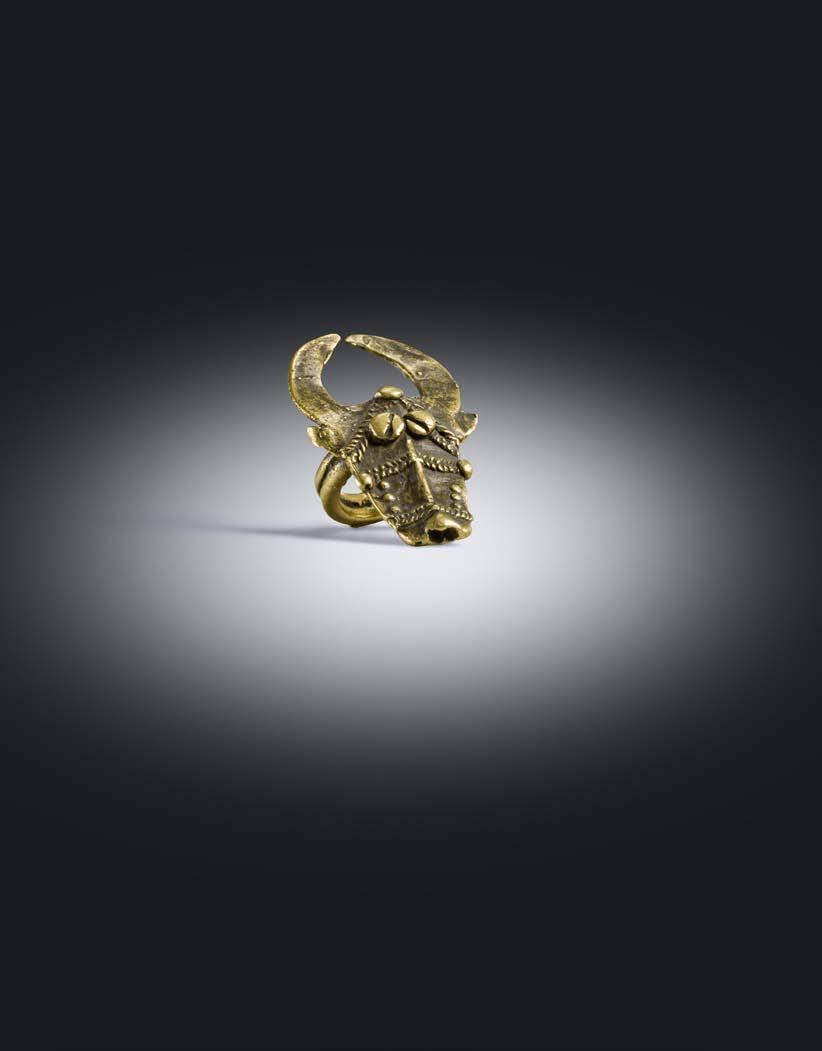
According to Goldwater, these rings are called „rings of silence“ - „nyi-karyi“ and were used in connection with initiation ceremonies of young men into „lô“ society (Goldwater, 1964, p. 26).
According to Förster, on the other hand, these rings were owned by members of a society of healers and were called „nokariga“, which means „to turn into an ox“ (Förster, 1987, p. 201 ff.).
Provenance
René David, Zurich, Switzerland
Helmut Zake, Heidelberg, Germany
H: 7 cm; D: 2,3 cm
Vgl. Lit.: Goldwater, Robert, Senufo Sculpture from West Africa, New York 1964, p. 26 f.
Förster, Till, Glänzend wie Gold, Berlin 1987, p. 201 ff.
€ 1.000 - 2.000
NIGERIA, ISOKO / URHOBO
52 Stehende männliche Figur Holz, weißes Pigment, rest., Sockel Die Bemalung mit weißer Kreide „oorhe“ gilt in ganz Südnigeria als Symbol für Reinheit und die Verbundenheit mit dem Jenseits. Sie verleiht den Figuren einen sakralen Charakter.
Standing male figure wood, white pigment, rest., base Coatings of white chalk „oorhe“, widespread throughout southern Nigeria as a magical sign of purity and otherworldliness, elevate the images to a sacred realm.

H: 72 cm
Provenance
Adrian Schlag, Brussels, Belgium
Vgl. Lit.: Foss, Perkins (ed.), Where Gods and Mortals meet, New York 2004, p. 84, Fig. 42
€ 3.000 - 5.000
NIGERIA, MIDDLE BENUE, KANTANA (MAMA)
53 Stehende anthropomorphe
Figur
Holz, roter Ocker, Sockel
Standing anthropomorphic figure wood, red ochre, base
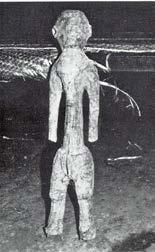
H: 43,5 cm
Provenance
Sotheby‘s, Paris, 3 December 2009, Lot 64 (attributed to the Wurkun)
Alexandre Claes, Brussels, Belgium
AHDRC: 0101099
€ 5.000 - 10.000
– 104 –
Photo: Elke Semke
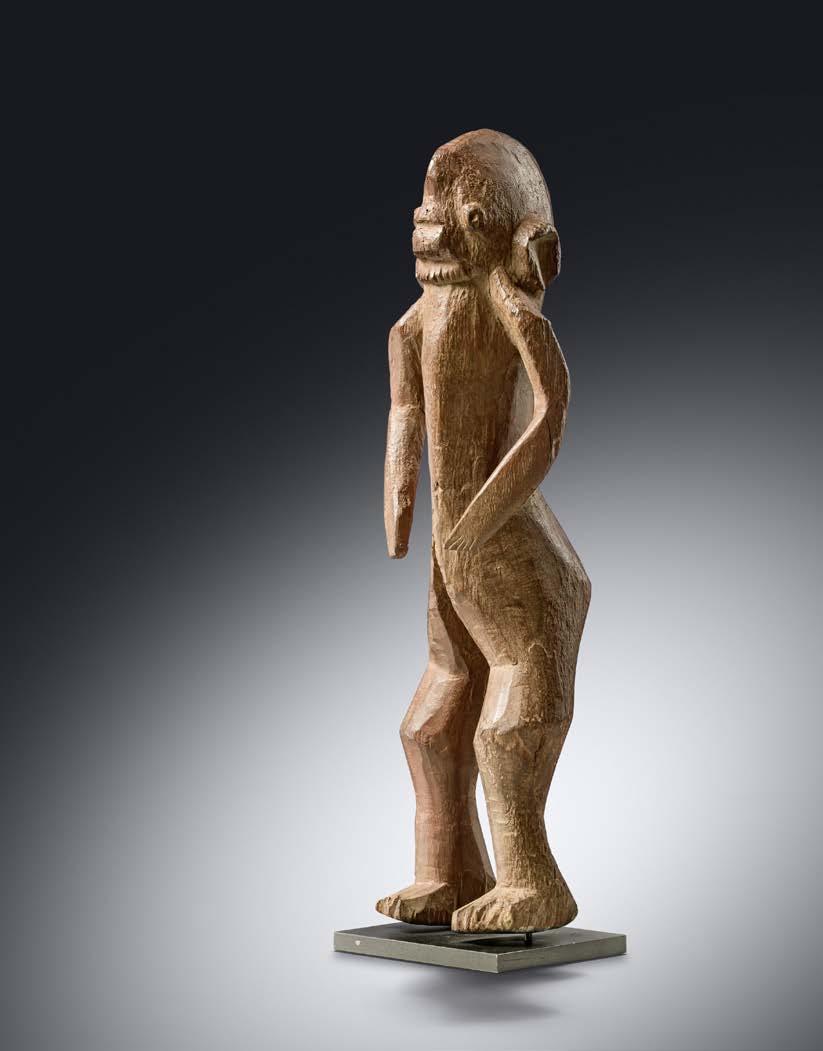
NIGERIA,

54 Gesichtsmaske mit Klappkiefer „elu“ („Geist“)
Holz, zweitlg., Pigmente, Pflanzenfaser, Sockel
Vgl. Lit.: Cole, Herbert M., Invention and Tradition, Munich, London, New York 2012, p. 73 f.
(„spirit“)
wood, two-part, pigments, plant fibre, base
H: 21 cm
€ 1.800 - 2.500
OGONI
Face mask with articulated lower jaw „elu“
NIGERIA, SOUTHERN YORUBA, IJEBU
56 Anthropomorpher Tanzaufsatz „okooro“
Holz, Pigmentreste, rest.
Die Mskenaufsätze zeigen elegante Frauen mit besonders schönen hörnerartig aufragenden Frisuren und werden durch ein Kostüm aus fein gewobenen Schilfmatten ergänzt.
Anthropomorphic headdress „okooro“
wood, pigment residues, rest. The headdresses show elegant women with particularly beautiful horn-like towering hairstyles and are complemented by a costume of finely woven reed mats.
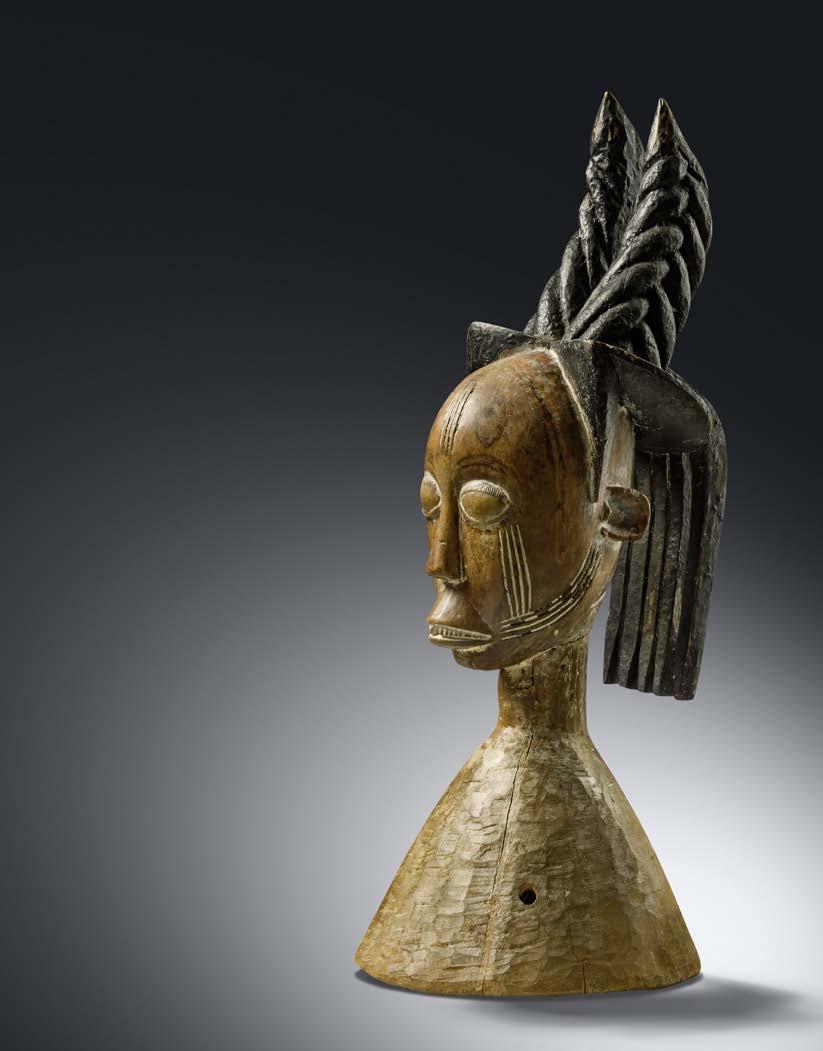
H: 50 cm
Provenance Belgian Private Collection
€ 1.000 - 2.000
Vgl. Lit.: Drewal, Henry John & John Pemberton, Yoruba, New York 1989, p. 66, ill. 79
55 Ein Paar „kundul“ Stabfiguren
Holz, Pigmente, Sockel
Die Wurkun, die von den Jukun als „Volk der Hügel“ bezeichnet werden, setzen sich aus einer Gruppe ethnolinguistischer Gruppen zusammen (Piya, Kulung, Kwonci und Kode), die in den Muri Bergen leben.
Ihre Pfahlfiguren „kundul“ erscheinen fast immer als männlich / weibliches
Paar (die männliche Figur ist an ihrem hohen Kamm erkennbar) und sind stets auf eiserne Stäbe montiert.
„Kundul“ werden in der Regel auf Anweisung eines Priesters angefertigt.
Der Hilfesuchende muss ein Figurenpaar oder ein ganzes Set zur weiteren Verwendung bei rituellen Behandlungen erwerben. Hergestellt werden sie meist von den Schmieden.
„Kundul“ werden in einer Vielzahl von Ritualen verwendet, die in der Regel mit Heilung und Wohlbefinden zu tun haben. Der Ritualexperte besprengt die Figur mit Hühnerblut und Hirsebier, um die Figuren zu befähigen, das Wohlbefinden des Kunden zu fördern.
Neben dem „kundul“ kann ein Topf aufgestellt werden, der regelmäßig Bieropfer aufnimmt. Alljährlich nach der Ernte müssen den „kundul“ neue Opfer dargebracht werden. Dazu werden die Figuren mit einer Lösung aus braunem oder rotem Ton gewaschen
und mit dem Öl aus Guna-Samen (Cucumis melo) poliert.
Pair of columnar statues „kundul“ wood, pigments, base
The Wurkun, so-called by the Jukun, meaning „people of the hills“, are made up of a cluster of ethno-linguistic groups (Piya, Kulung, Kwonci, and Kode), living in the Muri Mountains. Their „kundul“ statues almost always appear in male/ female pairs (the male figure recognisable by its high crest atop the head) and are always mounted on iron spikes. Typically, „kunduls“ are made on the directive of a priest. The person seeking help must purchase a pair or
a whole setfor further use in ritual treatments. They are usually made by the blacksmiths. These anthropomorphic sculptures are used in a variety of rituals, usually concerned with healing and wellbeing. The ritual expert sprinkles the „kundul“ with the blood of a sacrificed chicken and with millet beer. A pot may be placed beside the figure to receive regular beer offerings. Offerings should be repeated annually after harvest. The „kundul“ are washed with a solution of water and brown or red clay. Afterwards they are polished with oil made from guna seeds (Cucumis melo).

H: 38,5 cm / 43,5 cm (female / male)
Provenance
Martial Bronsin, Brussels, Belgium (1997)
Guy van Rijn, Antwerp, Belgium
Louis Breugelmans, Antwerp, Belgium
Ann de Pauw, Antwerp, Belgium
AHDRC: 0100992
Vgl. Lit.: Berns, Marla C. et. al., Arts of the Benue River Valley, Los Angeles 2011, p. 420, 13.4
€ 2.800 - 3.500
– 108 –
NIGERIA, BAUCHI PLATEAU, WURKUN (PIYA OR KULUNG)
Photo: Arnold Rubin, 1966, Rubin Archive, Fowler Museum UCLA

NIGERIA, YORUBA, OYO, IGBUKE (IBUJE)
57 Schreinfigur „ogo eshu“ / „elegba“
Holz, Glasperlen, Nägel, Sockel Diese Figur ist im Stil der Schnitzerfamilie Igbuke (oder Ibuje) von Oyo gearbeitet. Eine sehr ähnliche Figur derselben Werkstatt publiziert bei Klever,1975, S. 108, ill. 88 (AHDRC 0109182).
Shrine image „ogo eshu“ / „elegba“ wood, glass beads, nails, base This figure is carved in the style of the Igbuke (or Ibuje) family of carvers from Oyo. A very similar figure from the same workshop published by Klever,1975, p. 108, ill. 88 (AHDRC 0109182).


Vgl. Lit.: Klever, Ulrich, Bruckmann‘s Handbuch der afrikanischen Kunst, München 1975, p. 108, ill. 88
Provenance
Georges Frederick Keller (1899-1981), Davos, Switzerland / Paris, France
Paolo Morigi (1939-2017), MagliasoLugano, Switzerland
Sotheby‘s, Paris, „Collection Paolo Morigi (2e Partie). Art Africain et Océanien“, 6 December 2005, Lot 83
Native, Brussels, 9 June 2012, Lot 27
Exhibited
Bern, Switzerland: „Kunst aus Afrika und Ozeanien. Eine unbekannte Privatsammlung“, Kunstmuseum Bern, 22 August - 2 November 1980
Publ. in
Morigi, Paolo, „Raccolta di un amatore d‘arte primitiva“, Bern 1980, p. 176, ill. 172; Expo cat.: „Kunst aus Afrika und Ozeanien. Eine unbekannte Privatsammlung / Art d‘Afrique et d‘Océanie. Une collection privée inconnue“, Bern: Kunstmuseum / Musée des Beaux-Arts de Berne, 1980: cat.172 (not illustrated); Vogelzang, J., „Op zoek naar schrijnfiguren van de Yoruba Trickster - Orisha Eshu / Elegba“, Vereniging Vrienden van Ethnografica, no. 100, 2007, p. 45, E

H: 54 cm
AHDRC: 0109183
€ 5.000 - 10.000
– 110 –
Photo: Paolo Morigi

NIGERIA, YORUBA, IBARAPA, IGBO ORA
58 Exzellente weibliche Zwillingsfigur „ere ibeji“
Holz, Rotholzmehl „osun“, Metall, Glasperlen, Kaurischnecken, Tierhaut, Fehlstelle (Daumen links), Sockel
Eine ausnehmend schöne „ibeji“Figur mit satter, matt glänzender Patina. Sie ist besonders üppig mit Schmuck behängt, als Ausdruck der besonderen Wertschätzung und um den Wohlstand der Familie zu demonstrieren.
Excellent female twin figure „ere ibeji
wood, camwood powder „osun“, metal, glass beads, cowrie shells, hide, left thumb broken, base
An exceptionally beautiful „ibeji“ figure with a rich patina. She is particularly lavishly hung with jewellery as an expression of special esteem and to demonstrate the wealth of the family.

H: 23 cm
Provenance
Lore Kegel (1901-1980) & Georg Kegel (1898-1974), Hamburg, Germany (coll. in situ 1955)
Boris Kegel-Konietzko (1925-2020), Hamburg, Germany
Kegel-Konietzko & Dorn, Hamburg, Germany
AHDRC: 0201888
€ 4.500 - 8.000
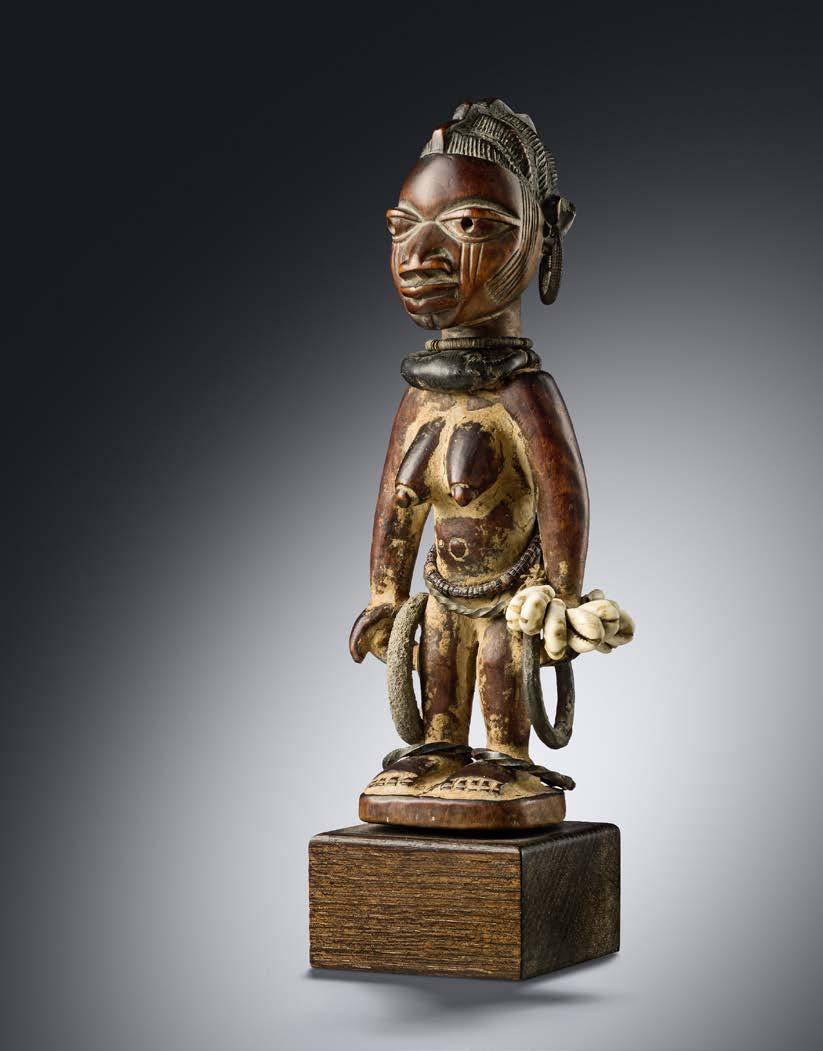
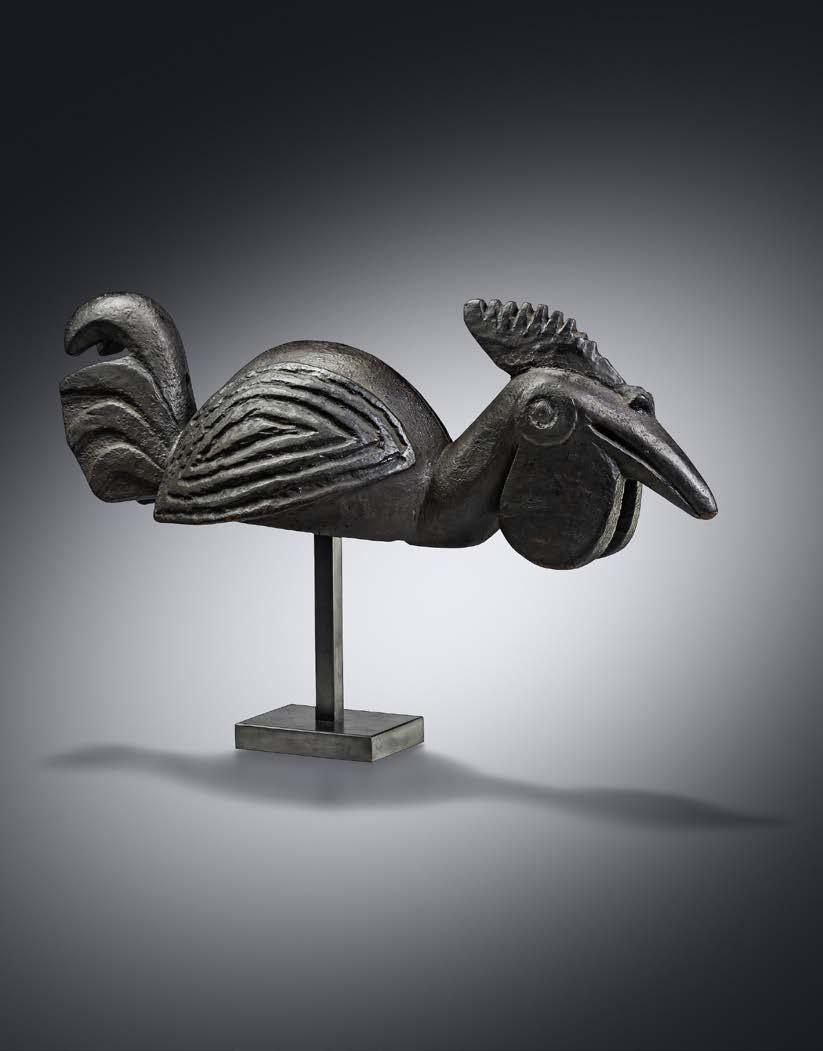
CAMEROON, WESTERN GRASSFIELDS, WUM
59 Prachtvolle helmförmige Vogelmaske (Hahn)
Holz, stellenweise stark krustierte Patina, Sockel
Eine stilistisch vergleichbare Maske ist bei Northern (1984, S. 159, Abb. 90) auf einem Foto publiziert.
Demnach wurde die Maske auf dem Kopf des Tänzers getragen, dessen Gesicht unter einem netzartigen Pflanzenfasergewebe verborgen war und dessen Körper bis über die Knie in ein üppiges Federgewand gehüllt war.
Magnificent helmet-shaped bird mask (rooster)
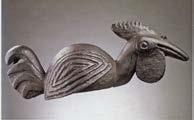
wood, patina heavily encrusted in places, base
A stylistically comparable mask is published by Northern (1984, p. 159, fig. 90) in a photograph.
According to this, the bird mask was worn with a dramatic feather robe and sat atop the head of the wearer, whose face was concealed by a fiber covering.

H: 24 cm; L: 65 cm
AHDRC: 0011780
Maske mit Kostüm und Puppe wurde vom Field Museum of Natural History Chicago aus der Umlauff-Sammlung erworben und so fotografiert, wie sie im Umlauff-Verkaufskatalog der frühen 1920er Jahre erschien.
The complete mask with mannequin was acquired by the Field Museum of Natural History Chicago from the Umlauff collection, and photographed as it appeared in the Umlauff sales catalogue of the early 1920s.
Provenance
Acquired from dealer in FoumbanCameroon (1976)
Rolf & Christina Miehler, Munich, Germany
Stefan Herzog, Munich, Germany
Hans Brockmann, Munich, Germany
Publ. in Schädler, Karl-Ferdinand, Lexikon Afrikanische Kunst und Kultur, München, Berlin 1994, p. 211; Privatsammlung
Rolf and Christina Miehler, München 2007 (appendix)
Vgl. Lit.: Northern, Tamara, The Art of Cameroon, Washington D.C. 1984, p. 159, ill. 90
€ 3.000 - 5.000
– 115 –
Photo: Umlauff Collection, Sales catalogue 1920s
Photo: M.Manuzio
CAMEROON GRASSFIELDS, BAMILEKE / BANGWA
60 Sitzende weibliche Skulptur Holz, Insektenfrass, Sockel Die expressiven Gesichtszüge mit großen runden Augen und geöffnetem Mund verleihen der Figur in Zusammenwirken mit den nach oben gestreckten Händen eine nahezu beschwörende Wirkung.
Als Zeichen ihrer Würde ist die Figur mit Armbändern beschnitzt. Möglicherweise handelt es sich um die Gedenkfigur für eine angesehene Frau von hohem Stand, wie sie fast überall im Graslandgebiet bei wichtigen Ereignissen vor dem Palast gut sichtbar für die Öffentlichkeit ausgestellt wurden.
Seated female sculpture wood, insect caused damage, base The expressive facial features with large round eyes and open mouth, together with the hands stretched upwards, give the figure an almost conjuring effect.

As a sign of her dignity, the figure is carved with bracelets. It may be the commemorative figure for a distinguished woman of high status such as those displayed in front of the palace for the public to see almost everywhere in the grasslands on important events.
H: 64 cm
Provenance
Belgian Private Collection
€ 4.000 - 8.000

61 Maske eines männlichen Anführers „kam“ („akam“, „nkam“, „nkang“)
Holz, schwarze Masse, Echthaar, handschriftl. aufgebrachte Sammlungsnr. „G.F.K.222“, Sockel Sehr schönes Maskengesicht mit dick verkrusteten Resten von mächtigen Substanzen, mit denen „kam“ einst magisch aufgeladen wurde. Frisur, Bart und der lange Zopf sind aus menschlichem Haar gefertigt.
Male leader mask „kam“ („akam“, „nkam“, „nkang“) wood, blackish mass, real hair, handwritten collection no. „G.F.K.222“, base Very beautiful masked face with thickly encrusted remnants of a magical mass with which „kam“ was once charged. Hairstyle, beard and the long braid are made of human hair.

H: 45 cm
Provenance
probably Vittorio Mangio, Monza, Italy
Georges Frederick Keller (1899-1981), Davos, Switzerland / Paris, France
Paolo Morigi (1939-2017), MagliasoLugano, Switzerland
Bernard Dulon, Paris, France
Adrian Schlag, Brüssel, Belgium
Expertise
Certificat d‘ Authenticite, Bernard Dulon, Paris, 22 may 2018
Exhibited
Bern, Switzerland: „Kunst aus Afrika und Ozeanien. Eine unbekannte Privatsammlung“, Kunstmuseum Bern, 22 August-2 November 1980
Publ. in
Morigi, Paolo, „Raccolta di un amatore d‘arte primitiva“, Kunstmuseum Bern, 1980, S. 237, ill. 223; Expo cat.: „Kunst aus Afrika und Ozeanien. Eine unbekannte Privatsammlung / Art d‘Afrique et d‘Océanie. Une collection privée inconnue“, Bern: Kunstmuseum / Musée des Beaux-Arts de Berne, 1980, cat. 223 (not illustrated)

AHDRC: 0011575
Vgl. Lit.: Northern, Tamara, The Art of Cameroon, Washington D.C. 1984, p. 144 f.

Homberger, Lorenz (Hg.), Kamerun, Kunst der Könige, Zürich 2008, ill. 132 f.
€ 5.000 - 10.000
– 118 –
CAMEROON GRASSFIELDS, KOM
Photo: Paolo Morigi

Die Kota glaubten, dass Reliquien wichtiger Männer und Frauen große Macht besitzen und den Nachkommen Schutz gewähren und Glück bringen können. Deshalb wurden Schädel und Knochen zusammen mit magischen Substanzen in geflochtenen Körben („musuku mwangudu“ oder „usuwu ngulu“) aufbewahrt.
Gelegentlich wurden die Reliquien öffentlich zur Schau gestellt, mit dem Ziel, die Macht der Ahnen zu mobilisieren, etwa wenn ein wichtiges Ereignis in der Gemeinschaft stattfand (eine Jagd, eine große kollektive Fischfangexpedition etc.).
Manchmal wurden die Wächterfiguren aus den Reliquienkörben entfernt und öffentlich präsentiert, etwa bei den jährlichen „bwete“Festen. Wenn nicht in Gebrauch,
wurden die Figuren und die Körbe mit Ahnenreliquien gewöhnlich in einer kleinen Kammer im hinteren Teil des Häuptlingshauses aufbewahrt.
The Kota believed that relics of important men and women possessed great power and could grant protection to descendants and bring good luck. Therefore, skulls and bones were kept together with magical substances in woven baskets („musuku mwangudu“ or „usuwu ngulu“).
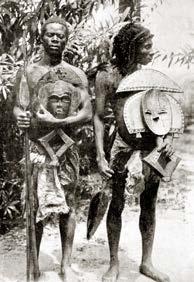
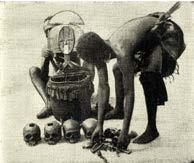
Occasionally, the relics were publicly displayed with the aim of mobilizing the power of the ancestors, such as when an important event took place in the community (a hunt, a great collective fishing expedition, etc.).
Sometimes the figures were removed from shrines and used during annual „bwete“ festivals. When not in use, the figures and baskets of ancestor relics are usually kept in a small chamber at the back of the chief’s residence.
– 120 –
Photo: Charles-Stephen Chauvet
Photo: G. Jacobsson, 1905
GABON, KOTA, NDASSA GROUP
62 Reliquiarwächterfigur „bohona-bwete“ oder „mbulu-ngulu“

62 Reliquiarwächterfigur „bohona-bwete“ oder „mbulu-ngulu“
Holz, Metall, rest., rückseitig beschriftet „Kot 2“

Eine stilistisch vergleichbare Wächterfigur aus der Ndassa-Region (ex Heinrich Umlauff) publiziert bei LaGamma, 2007, S. 256, fig. 80.
Kota-Reliquiarwächterfiguren sind in ihrer Kombination aus Holz und gehämmertem Metall einzigartig unter den Formen afrikanischer Skulptur. Wie bei den Fang, so spielt auch bei den Kota die Ahnenverehrung („bwete“- Kult) eine sehr wichtige Rolle. Sie findet ihren Ausdruck in diesen an-
thropomorphen metall-verzierten Figuren, die im Norden „boho-nabwete“ und im Süden „mbulu-ngulu“ genannt werden.
Ab den 1870er Jahren gehörten die Kota-Reliquiarfiguren zu den ersten afrikanischen Skulpturen, die von europäischen Naturforschern und Entdeckern erworben wurden - darunter Paul Du Chaillu, Alfred Marche, Oscar Lenz und Pierre Savorgnan de Brazza. Seit dem frühen 20. Jahrhundert sammelten avantgardistische Künstler – darunter Europäer wie Pablo Picasso, Fernand Léger und Paul Klee, Amerikaner wie Alfred Stieglitz und Afrikaner wie Ernest Mancoba – die Kunst der Kota und ließen sich von ihr inspirieren.
Reliquary guardian figure „bohona-bwete“ oder „mbulu-ngulu“ wood, metal, rest., inscribed on the back „Kot 2“
A stylistically comparable guardian figure from the Ndassa region (ex Heinrich Umlauff) published in LaGamma, 2007, p. 256, fig. 80.
Kota reliquary guardian figures, such as this one, are unique among African sculptural forms in their combination of wood and hammered metal.
As with the Fang, ancestor worship („bwete“ cult) plays an important role among the Kota. It finds expression in these anthropomorphic metal-decorated figures called „boho-na-bwete“ in the north and „mbulu-ngulu“ in the south.
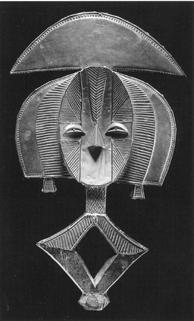
– 122 –
GABON, KOTA, NDASSA GROUP
Photo: Peter Zeray, The Metropolitan Museum of Art, New York
Lore Kegel at the Hamburg gallery
Beginning in the 1870s, Kota reliquary figures were among the earliest African sculptures to be acquired by European naturalists and explorers – among them Paul Du Chaillu, Alfred Marche, Oscar Lenz, and Pierre Savorgnan de Brazza. Beginning in the early 20th century, avantgarde artists, including Europeans such as Pablo Picasso, Fernand Léger and Paul Klee, Americans such as Alfred Stieglitz, and Africans such as Ernest Mancoba, widely collected and drew inspiration from Kota art.
H: 57 cm
Provenance
Georg Kegel, Hamburg, Germany (acquired 1936 in Paris)
Lore Kegel, Hamburg, Germany
Boris Kegel-Konietzko, Hamburg, Germany
Kegel-Konietzko & Dorn, Hamburg, Germany
Publ. in
„Er“ - Die Zeitschrift für den HerrnMode Sport Gesellschaft, No 9, 1955, p. 10
Vgl. Lit.: LaGamma, Alisa (ed.), Eternal Ancestors, New York 2007, p. 256, fig. 80
Perrois, Louis, Kota, Milan 2012, p. 39
€ 25.000 - 50.000
In einem 1955, in einer Zeitschrift für den Herrn publizierten Artikel, ist vorliegende Reliquiarwächterfigur auf mehreren Fotografien zu sehen, die sie in den Wohnräumen Lore Kegels an einer Wand hängend zeigen.
In an article published in a gentleman‘s magazine in 1955, this reliquary guardian figure can be seen in several photographs showing it hanging on a wall in Lore Kegel‘s living quarters.

– 123 –
GABON, KWELE
63 Seltene Hörnermaske „zuom“ des „beete“- Kultes, frühes 20. Jahrhundert
Holz, rote und schwarze Farbe, Kaolin, rest., Wasserflecken
Die Kwele leben im Grenzgebiet zwischen Gabun, der Republik Kongo und Kamerun. Diese Region ist für ihr raues Klima bekannt und war schwer zugänglich. Die ersten ethnografischen Feldforschungen fanden hier erst in den frühen 1960er Jahren statt. Erst ab dieser Zeit tauchten die ersten Masken der Kwele auf dem afrikanischen Kunstmarkt auf. Sie gehören zu den seltensten und begehrtesten Masken im Spektrum der traditionellen afrikanischen Kunst.
Vorliegende Maske besticht durch ihre elegante, auf das Wesentliche reduzierte Formensprache. Die geschwungenen Hörner wiederholen die Herzform des Gesichts - die Gesichtszüge sind auf schmal geschlitzte Augen und eine dreieckig abgeflachte Nase reduziert.
Es handelt sich um eine Waldbüffel - Maske „zuom“, die zur Maskengatt-
tung der „ekuk“- Masken gehört. „Ekuk“ oder „Dinge des Waldes“ verkörpern wohlwollende Waldgeister und fungieren als Vermittler zwischen dem Wald und dem Dorf. „Ekuk“Masken erscheinen auch in Form von Widdern „bata“ oder Antilopen.
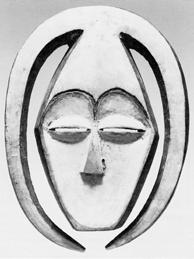
Die Masken zeigen menschliche Gesichter in Kombination mit Hörnern.
In der Regel sind sie mit weißer KaolinErde bemalt, einem Pigment, das bei den Kwele mit Licht und Klarheit assoziiert wird, den beiden wesentlichen Faktoren im Kampf gegen das Böse. Die Kwele glauben an Hexerei und
machen deren Einfluss für alle persönlichen und gesellschaftlichen Misstände verantwortlich. Als Gegenmittel wurden „beete“- Rituale durchgeführt.
Das mehrtägige „beete“- Fest, begann mit dem Aufbruch der Männer in den Wald, um Antilopen zu jagen, deren Fleisch, gewürzt mit Medizin, bei der Abschlusszeremonie verspeist werden musste. Während der Jagd blieben Frauen und Kinder im Dorf; nach ein oder zwei Tagen verließen die „ekuk“Masken den Wald, betraten das Dorf und luden die Menschen zu Tanz und Gesang ein.
Funktion der „ekuk“- Masken war es, die Atmosphäre des Dorfes zu „erwärmen“, um die positiven Kräfte (der Ahnen) zu aktivieren. Die Masken wurden in der Nähe von Reliquien (Schädeln wichtiger verstorbenen Familienmitglieder) aufbewahrt, um deren positive Kräfte zu absorbieren. Eine weitere „zuom“- Maske, die 1965 in situ (wohl) von Philippe Guimiot gesammelt wurde, publiziert im AHDRC 0048509.
– 124 –
Photo: Courtesy of John Giltsoff

Rare horned mask „zuom“ of the „beete“ cult, early 20th century wood, red and black paint, kaolin, rest., water stains
The Kwele are an ethnic group residing along the borderlands of Gabon, Republic of the Congo, and Cameroon. This was a region famed for its harsh climate and had been notoriously difficult to access. The first ethnographic fieldwork carried out here did not take place until the early 1960s. Around the same time, the first masks of the Kwele appeared on the African art market. They are amongst the rarest and most sought after masks in the spectrum of traditional African Art.
This mask captivates with its elegant design, reduced to the essential. The curved horns repeat the heart shape of the face - the facial features are reduced to narrow slit eyes and a triangular flattened nose.
It is a forest buffalo - mask „zuom“, which belongs to the mask genre of „ekuk“ masks. „Ekuk“ or „things of the forest“ embody benevolent forest spirits and act as intermediaries between the forest and the village.
„Ekuk“ masks also take the form of rams „bata“ or antelopes.
The masks show human faces in combination with horns. The faces are usually painted in white kaolin earth, a pigment associated by the Kwele with light and clarity, the two essential factors in the fight against evil.
The Kwele believe in witchcraft and blame all their personal and social ills on its influence. They protect themselves against the power of witchcraft with the „beete“ ritual.
The „beete“ ritual, which lasted for a week, would open with the departure of men into the forest to hunt antelope, whose flesh, seasoned with medicines, had to be eaten at a meal at the closing ceremony. During the hunt, women and children stayed in the village; after one or two days, „ekuk“ masks would leave the forest, enter the village, and invite the people to come dance and sing.
The function of the „ekuk“ masks was to „warm up“ the village atmosphere in order to activate the beneficial forces (of the ancestors). The masks were kept near relics (skulls of im-
portant deceased family members) to absorb their positive powers. Another „zuom“ mask collected in situ (probably) by Philippe Guimiot in 1965, published in AHDRC 0048509.
H: 27 cm
Provenance
Daniel Hourdé, Paris, France
Marceau Rivière, Paris, France
Jean-Pierre Gozet (deceased 2016), Uccle / Brussels, Belgium
Belgian Private Collection
Expertise
Marceau Rivière, 25 October 2005, Paris
Vgl. Lit.: Perrois, Louis, Arts du Gabon, Paris 1979, p. 277
Schädler, Karl-Ferdinand, Götter - Geister - Ahnen, München 1992, p. 174, ill. 140
Schmalenbach, Werner (Hg.), Afrikanische Kunst aus der Sammlung BarbierMueller, Genf, München 1988, p. 211, ill. 128 LaGamma, Alisa (ed.), Eternal Ancestors, New York 2007, p. 288 ff.
€ 100.000 - 150.000
– 126 –

64 Stehende anthropomorphe
Figur
Holz, Farbreste, schöne satte Patina, Sockel
Diese schöne alte Figur wurde möglicherweise in Zusammenhang mit der Mani-Yanda-Geheimgesellschaft verwendet, deren Hauptzweck darin bestand, das allgemeine Wohlergehen sicher zu stellen: Gesundheit, Fruchtbarkeit und Erfolg bei allen Unternehmungen.
Standing anthropomorphic figure wood, paint residues, beautiful rich patina, base
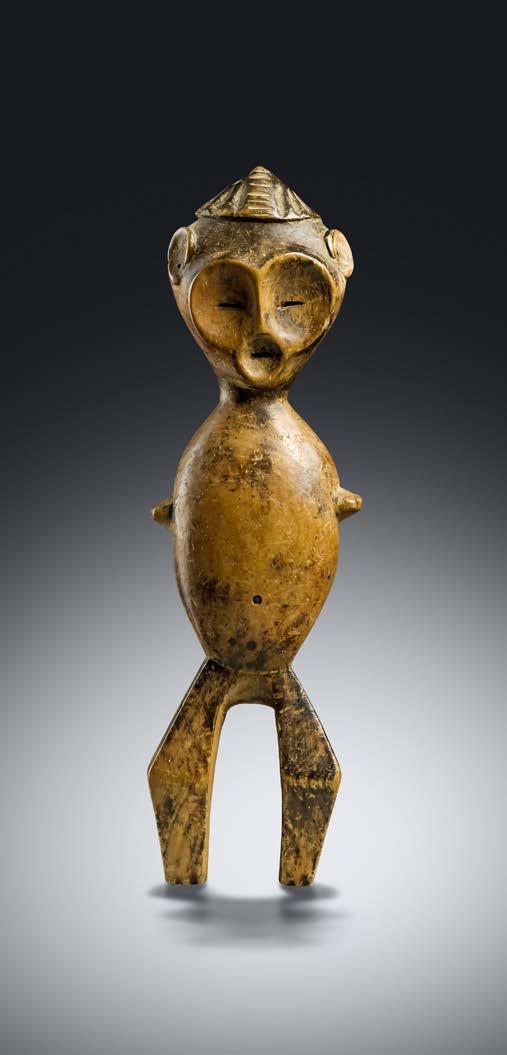
This beautiful old figure may have been used in connection with the Mani Yanda secret society, whose main purpose was to ensure the general wellbeing: health, fertility and success in any undertaking.
Provenance.
Belgian Collection
H: 31,5 cm
€ 4.000 - 8.000
D. R. CONGO, UBANGI, AZANDE / NGBANDI BORDER AREA

D. R. CONGO, AZANDE
65 Flechtschild von exzellenter Qualität
Rattan, Holz (Rahmen und Griffplatte), Das Flechtwerk dieses Schildes ist besonders dicht und akkurat gearbeitet, die große Griffplatte auf der Rückseite besonders aufwändig verziert.
Nach der Rückkehr der Truppen verschenkte der Herrscher die Schilde der besiegten Gegner als Zeichen seiner Wertschätzung an besonders verdiente Krieger, was als hohe Auszeichnung galt.
Plaited shield

rattan, wood (frame and grip board), The weave of this shield is particularly dense and accurately worked, the large grip board on the back particularly elaborately decorated. After the troops return, the royal prince who had ordered the raid distributed captured enemy shields, as a means of showing his benevolence. He awarded them to outstanding warriors who regarded such a shield as a mark of distinction.
Provenance
Old Belgian Collection
Michel van den Dries, Gavere, Belgium
H: 109 cm B: 48 cm
Vgl. Lit.: Barbier, Jean Paul & Purissima
Benitez-Johannot, Shields, Munich, London, New York 2000, p. 87, ill. 26
€ 3.500 - 7.000
– 130 –
Photo: Barbier-Mueller Archives
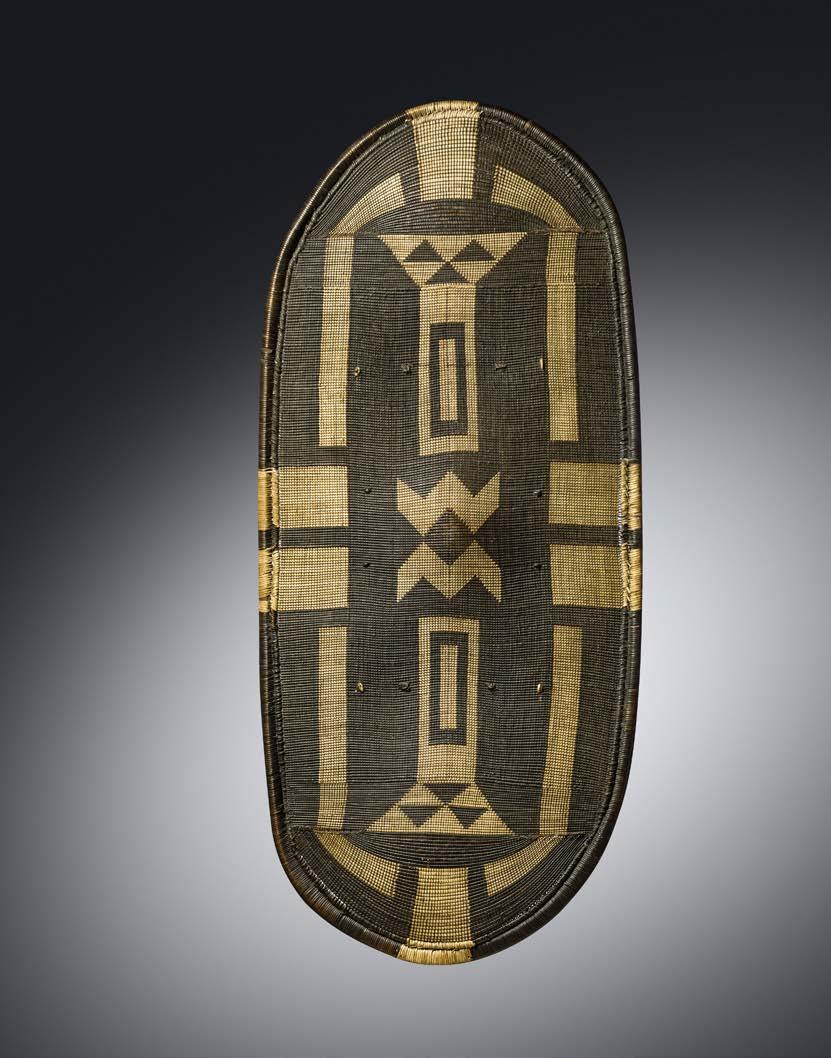

D. R. CONGO, BAKONGO
66 Figur eines Kolonialherren Holz, Farbe, in Graphit beschriftet auf der Unterseite der Basis: „...1924“, rest., Sockel
Diese schöne Arbeit zeigt einen fein gekleideten Herrn, angetan mit Hut Gehrock und Fliege, die Hose in akurate Bügelfalten gelegt und an den Füßen schwarze Schuhe tragend. Die Kleidung ist europäisch, während die schön modellierten Gesichtszüge eher afrikanisch geprägt sind. Durch die großen Augen mit gemalten Pupillen fühlt sich der Betrachter unmittelbar angesprochen.
Für eine Figur derselben Werkstatt siehe AHDRC 0018585.

Solche Figuren wurden bisweilen auf den Gräbern bedeutender Persönlichkeiten aufgestellt, um eine metaphysische Verbindung zwischen der Welt der Lebenden und der Welt der Geister herzustellen und an die Ahnen zu erinnern.
Figure of a colonial lord wood, paint, inscribed in graphite on the underside of the base: „...1924“, rest., base This beautiful work shows a finely dressed man in a frock coat hat and bow tie, his trousers neatly pressed and wearing black shoes. The clothing is European, while the beautifully modeled facial features are more African in character. The viewer feels directly spoken to by the large eyes with painted pupils. For a figure of the same workshop see AHDRC 0018585.
Figures of this type were sometimes placed on graves of important individuals as markers, both establishing a metaphysical link between the worlds of the living and of the spirits, and commemorating the ancestors.
H: 49,5 cm
Provenance
American Collection (before 1924)
Vgl. Lit.: Felix, Marc L. (ed.), Kongo Kingdom Art, China 2003, p. 89
€ 2.500 - 5.000
– 133 –
Photo: Dorie Jansen, Oslo

Nach Himmelheber lassen sich drei Maskentypen der Biombo unterscheiden: „munjinga“, der Bote, der bei Tanzfesten als erster auftritt, die weibliche Maske „tshimoana“ und „muluala“, eine Maske mit Chamäleonaugen, die bei Beerdigungen wichtiger Persönlichkeiten auftritt (Himmelheber, 1960, S. 354).
According to Himmelheber, three types of Biombo masks can be distinguished: „munjinga“, the messenger who appears first at dance festivals, the female mask „tshimoana“ and „muluala“, a mask with chameleon eyes that appears at funerals of important personalities (Himmelheber, 1960, p. 354).
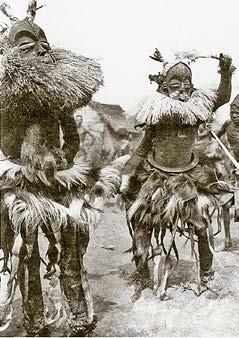
– 135 –
E.Muller, ca 1930, ©Felix, Marc L. (ed.), Masks in Congo, 2016, Fig.059, p. 166
D. R. CONGO, BIOMBO
67 Weibliche Helmmaske
„tshimoana“ („tshimwana“)
Holz, Farbpigmente, Sockel
Die Biombo leben am Zusammenfluss der Flüsse Lulua und Kasai. Sie sind kulturell eng verknüpft mit den KubaBushoong, Kete und Kasai-Pende. „Tshimoana“ wird von drei Fortsätzen bekrönt, die wohl eine traditionelle Frisur der Bena Biombo repräsentieren. Biombo-Masken sind meist mit rotem Pigment „tukula“ eingefärbt und tragen schwarz-weiße Muster in der Wangenregion. Den unteren Maskenrand säumen üppige Grasfasermanschetten.
Female helmet mask „tshimoana“ („tshimwana“)
wood, colour pigments, base
The Biombo live at the confluence of the Lulua and Kasai rivers. Their culture is closely linked to that of the Kuba-Bushoong, Kete and Kasai-Pende.
„Tshimoana“ is crowned by three appendages, which probably represent a traditional hairstyle of the Bena Biombo. Masks of the Biombo are usually dyed with red pigment „tukula“ and bear black and white patterns in the cheek region. Around their necks they wear luxuriant collars made of raffia.
H: 40 cm
Provenance
Old German Collection
Galerie Möllenhof & Greve, Cologne, Germany
German Private Collection
Austria Auction Company „Tribal Art 1“, Vienna, 6 June 2017, Lot 64
AHDRC: 0142990
Vgl. Lit.: Himmelheber, Hans, Negerkunst und Negerkünstler, Würzburg
1960, p. 354
€ 25.000 - 50.000
– 136 –
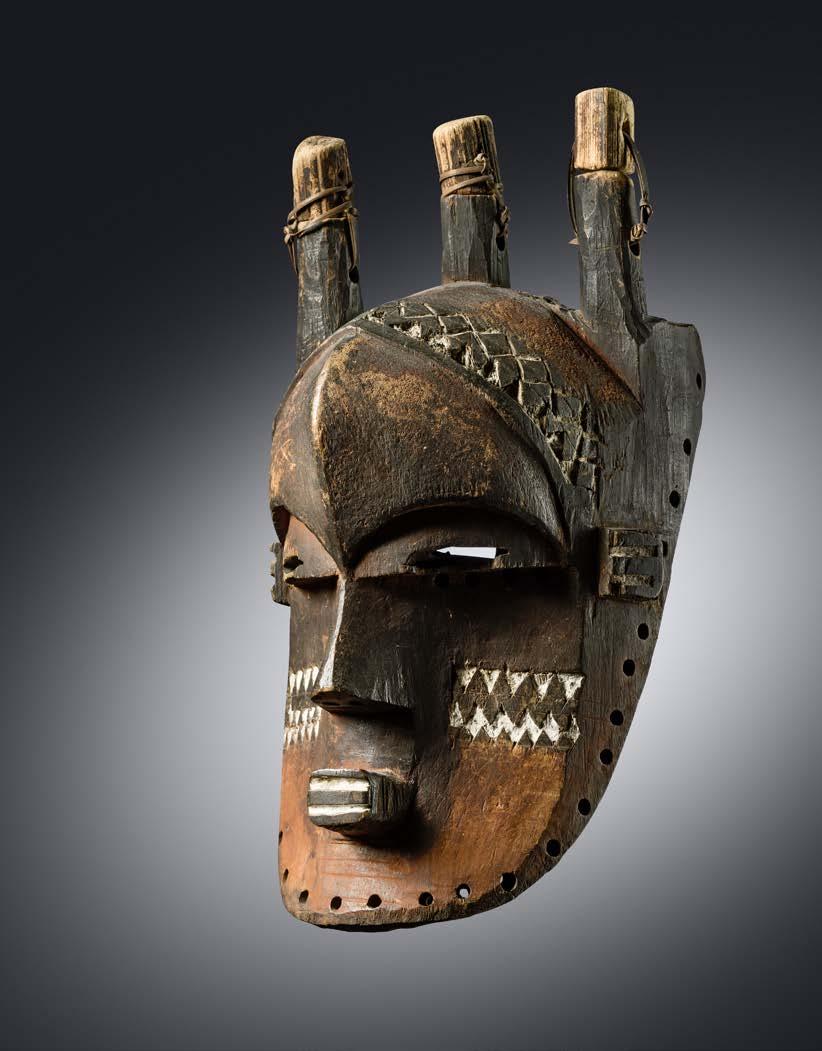
68 Zauber-Halbfigur „kakudji“ Holz, mit Öl oder Wachs behandelte Oberfläche, Sockel
Diese schöne Halbfigur trägt einen Behälter auf dem Kopf, in dem sich noch Reste von magischer Masse befinden.
Eine stilistisch sehr ähnliche „singiti“Figur im Muhona-Nkuvu-Stil wurde am 11. November 2017 als Lot 389 bei Zemanek-Münster verauktioniert (AHDRC 0029177).
Power half figure „kakudji“ wood, oil or wax treated surface, base This beautiful half-figure wears a container on its head, which still contains remnants of magical mass. A stylistically very similar „singiti“ figure in the Muhona-Nkuvu style was auctioned on 11 November 2017 as lot 389 at Zemanek-Münster (AHDRC 0029177).

H: 30,5 cm
Provenance
Hermann Historica, Munich, 9./10. April 2008, Lot 4239
Vgl. Lit.: Neyt, François, La Grande Statuaire Hemba du Zaire, Louvainla-Neuve 1977, p. 234
€ 1.000 - 1.500
D. R. CONGO, HEMBA / EASTERN LUBA, MUHONANKUVU STYLE
Pair of figures wood

H: 37,5 cm / 41,5 cm (female / male)
Provenance Belgian Private Collection
€ 1.500 - 3.000
D. R. CONGO, KUBA KINGDOM, KUBA - DENGESE
70 Figurenpaar Holz
D. R. CONGO, ITURI, NDAAKA

69 Anthropomorphe Tanz-Maske, Mitte 20. Jahrhundert
Holz, Sockel
Traditionelle afrikanische Masken, die von den Bewohnern des abgelegenen Ituri-Waldes hergestellt wurden, sind selten und wurden erst spät entdeckt. Ihre Masken bestechen vor allem durch ihre Einfachheit und die originellen aufgemalten Muster. Bei vorliegendendem Exemplar handelt es sich um eine sehr schöne Maske im Stil der Ndaaka. Eine solche Maske wird von einem Ältesten getragen, der die jungen Männer in den Initiationszyklus einführt, der sie zu erwachsenen Mitgliedern der Gesellschaft macht.
Anthropomorphic dance mask, mid 20th century
wood, base
Traditional African masks made by people living in the remote Ituri forest are very rare and have since been discovered late. Their masks are especially captivating for their simplicity and their very original painted designs.
This is a very beautiful mask in the style of the Ndaaka. Such a mask is worn by an elder who guides young men into the initiation cycle that makes them adult members of society.
H: 26 cm
Provenance
José Ramón Pons Oliveras (1927-2013), Barcelona, Spain
Fernando Pujol, Barcelona, Spain
Vgl. Lit.: Felix, Marc L., Ituri, München 1992, p. 91, V/10
€ 5.000 - 8.000
– 140 –
Photo: 1939, © Felix, Marc L. (ed.), Masks in Congo, 2016, Fig. 153, p.290
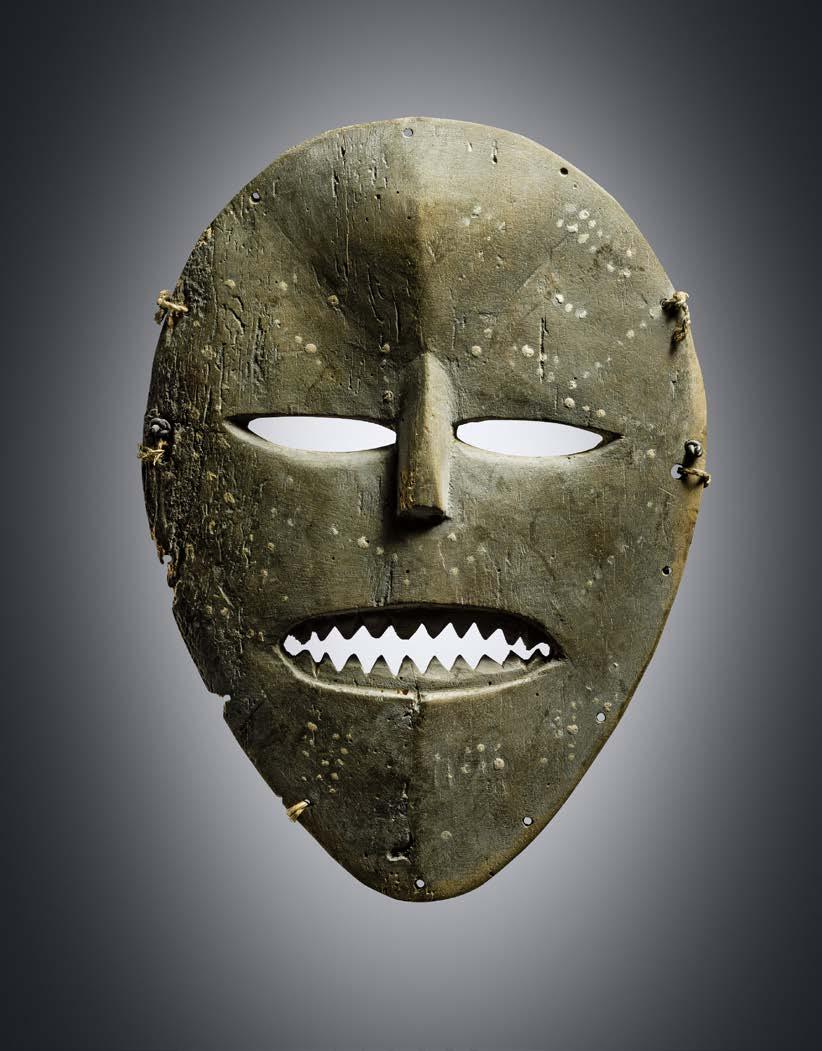
71 Prestige-Stoff, 19. Jahrhundert Raphiapalmfaser Äußerst fein gearbeitetes Gewebe mit Stielstich und Florstickerei („Kasaiplüsch“).
Prestige cloth, 19th century raffia palm fibre
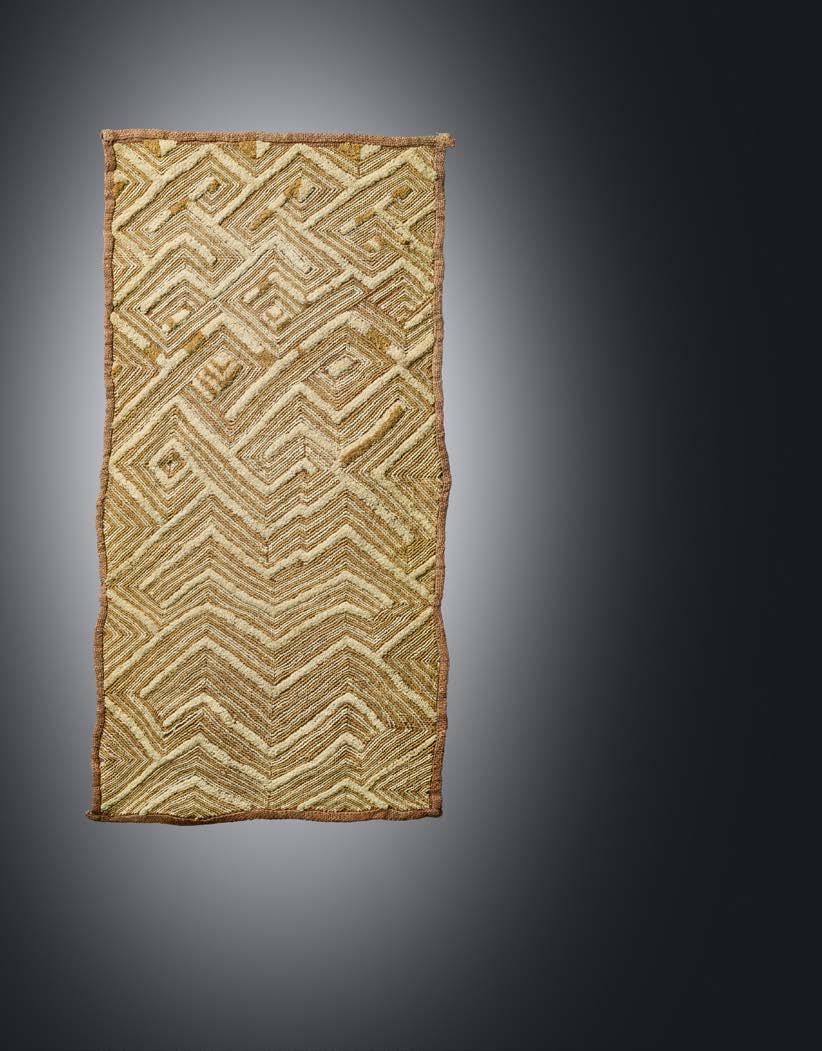
Extremely finely worked fabric with stem stitch and cut-pile embroidery („Kasai plush“).
L: 63,5 cm; B: 31 cm
Provenance
„White Fathers“ („Pères Blancs“), actually „Society of the Missionaries of Africa“
Pierre Dartevelle, Brussels, Belgium
Exhibited
Brussels, Belgium, „BRAFA Art Fair“, 26 January - 3 February 2019 (Pierre Dartevelle)
€ 1.200 - 2.500
D. R. CONGO, KUBA, KASAI PROVINCE
72 Prestige-Stoff, 19. Jahrhundert Raphiapalmfaser Äußerst fein gearbeitetes Gewebe mit Stielstich und Florstickerei („Kasaiplüsch“).
Prestige cloth, 19th century raffia palm fibre, Extremely finely worked fabric with stem stitch and cut-pile embroidery („Kasai plush“).

L: 66 cm; B: 31 cm
Provenance
„White Fathers“ („Pères Blancs“), actually „Society of the Missionaries of Africa“
Pierre Dartevelle, Brussels, Belgium
Exhibited
Brussels, Belgium, „BRAFA Art Fair“, 26 January - 3 February 2019 (Pierre Dartevelle)
Vgl. Lit.: Tervala, K., M. S. Polk Jr. & A. L. Gould, „Kuba, Fabric of an Empire“, in: Tribal Art Magazine, XXIII:1, No 90, Winter 2018, p. 74-87
€ 1.200 - 2.500
D. R. CONGO, KUBA, KASAI PROVINCE
D. R. CONGO, KUYU
73 Kopfskulptur des „dyo“Schlangenkultes
Holz, Pigmente, Sockel
Nach Aufzeichnungen des französischen Kolonialverwalters Poupon, waren die Kuyu in zwei Gruppen aufgeteilt: die westliche Gruppe folgte traditionell der Lehre des Panthers, während die östlichen Kuyu die Schlange „djo“ als ihren mythischen Vorfahren verehrten.
Die „dyo“- Zeremonie wurde durchgeführt, um die Verbindung der Kuyu zu ihrem Ursprungsmythos lebendig zu halten und damit ihre Identität zu wahren. Mit Hilfe von Pantomime, Liedern und Tänzen wurde durch geschickte „Inszenierung“ daran erinnert, wie „dyo“, die Schlange, „ebongo“ erschuf und „ebongo“ die „eouya“, die bereits Menschen waren. Während den „kébé kébé“ genannten Tänzen, treten „diokou“, der Vater, und „ebotita“, die Mutter, auf - außergewöhnliche Zwischenwesen, halb Schlange, halb Mensch - das Urpaar der Kuyu.
A.- M. Bénézech betrieb sehr umfangreiche Studien zu den Kopfskulpturen der Kuyu. Sie klassifiziert einen sehr ähnlich gestalteten Kopf, der ebenfalls ein Krokodil auf dem Haupt trägt, als „diokou“, den Vater oder Ehemann (Bénézech, 2021, Pl. 31).
H: 44 cm
AHDRC: 0013306
Head sculpture of the „dyo“snake cult wood, pigments, base
According to records kept by the French colonial administrator Poupon, the Kuyu were divided into two groups: the western group traditionally followed the teachings of the Panther, while the eastern Kuyu revered the serpent „djo“ as their mythical ancestor.
The „dyo“ ceremony was performed to reactivate the link between the Kuyus identity and their myth of origins. Using mime, songs and dances, skilful „staging“ recalled how „dyo“ the serpent created „ebongo“ and „ebongo“ created the „eouya“, who were already humans. During the „kébé kébé“ dances, „diokou“, the father, and „ebotita“, the mother, appear - extraordinary intermediary entities, half snake, half human - the primordial couple of the Kuyu.
A.- M. Bénézech conducted very extensive studies on Kuyu head sculptures. She classifies a very similarly designed head, which also bears a crocodile on its head, as a „diokou“, the father or husband (Bénézech, 2021, pl. 31).

Exhibited
La Chaux-de-Fonds, Switzerland: „Afrique Noire. Sculptures des Collections Privées Suisses“, Musée des Beaux-Arts, 27 March - 6 June 1971
Provenance
Lorenz Eckert, Lucerne, Switzerland (1971)
Christie‘s, Amsterdam, 11 December 2001, lot 435
Christine Valluet, Paris, France
Gérard Wahl-Boyer (1944-2014), Paris, France
AuctionArt - Rémy Le Fur & Associés, Paris-Drouot, „Succession Gérard Wahl dit Boyer“, 18 June 2019, Lot 121
Publ. in „Afrique Noire, Sculptures des Collections Privées Suisses“, La Chaux-deFonds 1971, No. 70

Vgl. Lit.: Bénézech, Anne-Marie, Kuyu, Milan 2021, p. 29 ff.
Anne-Marie Bénézech, „So-called Kuyu Carvings“, in: African Arts, November 1988, Vol. XXII, No 1, p. 52-59
Anne-Marie Bénézech, „The deferred Discovery of Kuyu Art, in: Tribal Art Magazine, No 83, Spring 2017, p. 92-107
€ 3.000 - 5.000
– 144 –
Photo: Collection Lucerne Eckert

D. R. CONGO, LEGA
74 Kalebassen-Maske der „bwami“- Gesellschaft
19. / 20. Jahrhundert
Kürbis, Pigmente, Sockel
Für eine stilistisch sehr ähnliche Kalebassen-Maske aus den Sammlungen des Brooklyn Museums New York, siehe AHDRC 0148848.

Gourd mask of the „bwami“ society, 19th / 20th century pumpkin, pigments, base For a stylistically very similar calabash mask from the collections of the Brooklyn Museum New York, see AHDRC 0148848.
H: 30 cm
Provenance John Giltsoff Collection, Girona, Spain (since early 1970s)
€ 2.500 - 5.000
– 146 –
Photo: Brooklyn Museum New York, New York, USA


D. R. CONGO, LEGA
75 Anthropomorphe Maske „lukwakongo“
Holz, Kaolin, Brandzier
Eine Maske desselben Künstlers, aus der Josef Herman Collection, wurde am 12. Dezember 2000 als Los 316 bei Christie‘s Amsterdam verauktioniert (AHDRC 0027077).
„Lukwakongo“-Masken wurden bei den „yananio“-Riten an junge Männer verliehen. Sie blieben das wichtigste Rangabzeichen bis ihr Besitzer in den „kindi“-Status eintrat und statt dessen eine Elfenbeinmaske „lukungu“ als Würdezeichen erhielt.
H: 14 cm
Vgl. Lit.: Cameron, Elisabeth L., Art of the Lega, Los Angeles 2001, p. 184 ff.
Anthropomorphic mask „lukwakongo“
wood, kaolin, pokerwork
A mask by the same artist from the Josef Herman Collection was auctioned as lot 316 at Christie‘s Amsterdam on 12 December 2000 (AHDRC 0027077). Young men received the „lukwakongo“ masks during the „yananio“ rites. These masks were the most important insignia of rank until the owner moved to the higher level of „kindi“ and trades his wooden mask for an ivory one, called „lukungu“.

Provenance
Yannick van Ruysevelt, Brussels, Belgium
€ 3.000 - 5.000
– 149 –
Photo: Christie‘s Amsterdam
D. R. CONGO, LEGA
76 Knochenmaskette „lukungu“ frühes 20. Jahhundert rest., Sockel
Sehr schöne Arbeit mit eingeritztem Dekor aus Punkten und Kreisen; zwei Löcher am unteren Rand zur Befestigung eines Faserbartes.
Ein stilistisch eng verwandtes Exemplar wurde 1955 in die Sammlungen des Ethnographischen Museums Antwerpen aufgenommen (AHDRC 0026713). Ein weiteres befindet sich in den Beständen des Royal Museum for Central Africa, Tervuren (AHDRC 0143124).
Kleine „lukungu“- Masketten aus Knochen (oder Elfenbein) gelten als die bedeutendste Insignie des „bwami“Bundes. Sie werden an Angehörige der höchsten Initiationsstufe „lutumbu lwa kindi“ verliehen. „Lukungu“Ornamente werden von Generation
zu Generation weitergegeben, sie symbolisieren die Kontinuität der Lineage.
Bone maskette „lukungu“ early 20th century rest., base
Very beautiful work with incised decoration consisting of spots and circles; two holes at the lower rim for the attachment of fibre beard.

A stylistically closely related example entered the collections of the Ethnographic Museum Antwerp in 1955 (AHDRC 0026713). Another is in
the holdings of the Royal Museum for Central Africa, Tervuren (AHDRC 0143124).
Small „lukungu“ maskettes made of bone (or ivory) are considered to be the most significant insignia of all „bwami“ grades. They are given to members of the highest initiation level „lutumbu lwa kindi“. „Lukungu“ ornaments are passed on from generation to generation, symbolising the continuity of the lineage.
Vgl. Lit.: Cameron, Elisabeth L., Art of the Lega, Los Angeles 2001, p. 217
H: 8 cm
Provenance
Jos Humblet, Brussels, Belgium
€ 5.000 - 10.000
– 150 –
Photo: Royal Museum for Central Africa, Tervuren, Belgium

D. R. CONGO, LEGA
77 Anthropomorphe Figur „iginga“ frühes 20. Jahrhundert (*)
Elfenbein
Diese kleinen Figuren befinden sich im Besitz von Angehörigen der höchsten Initiationsstufe des „bwami“Bundes „lutumbu lwa kindi“ . Nach dem Glauben der Lega, wohnt ihnen von allen Initiationsobjekten die stärkste Kraft inne. Deshalb werden oft Teile des Materials von den Figuren abgeschabt, um sie in ein Getränk zu mischen, das für medizinische Zwecke bestimmt ist.
Provenance
Private Collection, Paris, France
Anthropomorphic figure „iginga“, early 20th century (*)
ivory
These small figures are owned by the highest-ranking members of „bwami“ society „lutumbu lwa kindi“. The Lega consider „maginga“ to have the strongest innate power, and they often use bits of the material scraped from these figures to mix in a drink intended for medicinal purposes.
H: 7,5 cm
Expertise:
Matthias Streckfuß, Berlin, 10 March 2023 (No 2154-03-2023)
€ 3.500 - 5.000
– 152 –

D. R. CONGO, LEGA
78 Anthropomorphe Figur des „bwami“- Bundes Holz, Kaolin, Sockel
Laut Biebuyck wurden diese HolzFiguren bei den „kunanuna masengo“- Riten der höchsten „lutumbo lwa kindi“ - Initiationsstufe präsentiert. Sie wurden aus den Körben genommen und auf dem Boden ausgestellt. Eine nach der anderen wurden sie von den Initianten in die Hand genommen und getanzt.
Eine jede verkörpert einen bestimmten Charaktertypus und diente zur Vermittlung der moralischen Verhaltenscodices der „bwami“ - Gesellschaft.
Für vergleichbare
Figuren mit demselben Gestus wie vorliegend, siehe AHDRC 0026223 und 0026220.
Ihre Bedeutung, bzw. moralische Botschaft ist uns nicht bekannt.
Anthropomorphic figure of „bwami society“ wood, kaolin, base

According to Biebuyck, these wooden figures were presented during the „kunanuna masengo“ rites of the highest and final „lutumbo lwa kindi“ initiation level. They are taken out of the baskets and displayed on the floor. One by one, the sculptures are picked up by the preceptors and danced with. Each embodies a particular type of character and served to convey the moral codes of conduct of „bwami“ society.
For comparable figures with the same gesture as the present, see AHDRC 0026223 and 0026220. Their meaning, or moral message, is unknown to us.
H: 34,5 cm
Provenance
Gaetan Schoonbroodt, Verviers, Belgium
Vgl. Lit.: Biebuyck, Daniel P., Lega, Brussels 2002, p. 118 ff.
€ 4.000 - 8.000
– 154 –
Photo: Robert Lang

 Photo: www.andreas-achmann.com
Photo: www.andreas-achmann.com
79 Königlicher Karyatidenhocker „lupona“, vor 1909
Holz, schwarze Glanzpatina, Pflanzenfaser (Tatauierungen), rest.
Dieser Hocker besticht durch die künstlerisch äußerst ausdrucksstark konzipierte weibliche Karyatidenfigur. Karyatidenhocker „lupona“ sind Symbole königlicher Macht und gelten als wichtigste Amtsinsignie eines Regenten.
Sie waren ein wichtiges Utensil bei der Amtseinführung eines neuen Herrschers. Dazu wurde der Hocker auf einem Leopardenfell platziert. In dem Moment, in dem der neue Herrscher sich auf den „lupona“ setzte und seine Füße auf das Fell stellte, wurde seine Herrschaft wirksam und er wurde zum Regieren ermächtigt. In diesem Moment sprach er sein Publikum zum ersten Mal als „mulopwe“ oder „König des heiligen Blutes“ an und der „lupona“ wurde zu einem sichtbaren Symbol seiner Herrschaft und seines Reiches.
Nach der Inthronisation galten die „lupona“ als „Sitze der Macht“ oder Behälter, in denen die Geister und Erinnerungen der derzeitigen und verstorbenen Könige und Häuptlinge aufbewahrt wurden. Sie sollen auch als Gedächtnisstützen für die Historie der Klans, ihre Wanderungen und die Territorien der Luba-Königreiche gedient haben.
Während der Regierungszeit eines Königs oder Häuptlings wurde sein Hocker nur sehr selten öffentlich gezeigt, höchstens bei Begräbnissen oder der Amtseinführung anderer Häuptlinge oder beim Besuch eines hohen Würdenträgers bei Hofe. Die rituelle Bedeutsamkeit der Hocker war so groß und ihre Macht so umfassend, dass sie in ein weißes Tuch gehülllt, an einem geheimen Ort außerhalb der Stadt aufbewahrt und eigens bewacht wurden.
Royal caryatid stool „lupona“ before 1909 wood, black shiny patina, plant fibre (tattoos), rest. This stool impresses with the artistically extremely expressive female caryatid figure.
„Lupona“ caryatid stools are visual representations of royal power and are considered the most important of all Luba royal insignia of office. They were critical elements in the investiture proceedings of a new ruler. Such a stool was placed on a leopard skin on top of a woven mat, and when the new ruler sat upon the „lupona“ and placed his feet on the pelt, his reign took effect and he was empowered to rule. At that moment, he addressed his public for the first time as „mulopwe“, or „king of the sacred blood“, and the „lupona“ be-
came a living incarnation of his rule and domain.
Upon installation, „lupona“ stools are no longer considered thrones but are instead said to be „seats of power“ or receptacles that hold the spirits and memories of the current, and deceased kings and chiefs. They are also said to be mnemonic maps of clan migrations, territories and premises of Luba kingdoms.
During the reign of a king or chief, his stool was rarely brought out for public viewing, and it would be revealed only during funerals or the investiture of other chiefs and titleholders, or if a great dignitary visited the court. Indeed the stool‘s sanctity was so great and its power so encompassing that when not in use, it is wrapped in white cloth, stored in a secret location outside of town, and guarded by a designated official.
H: 48 cm; D: 24 - 28 cm (seat)
Provenance
Oberleutnant Albert Linke (Lincke), collected in situ, before 1909
By descent in the family, seller 2008 Anton Mentrup, Mainz-Kastel, Germany
Vgl. Lit.: Nooter Roberts, Mary & Allan F. Roberts, „Luba“, Milan 2007, 34 ff.
€ 8.000 - 15.000
– 157 –
D. R. CONGO, LUBA

Leutnant Albert Linke trat im Mai 1902 der Schutztruppe in DeutschOstafrika bei. Er wurde bei der 6. Kompanie in Bismarckburg am Tanganjikasee stationiert, wo er zeitweise als Leiter des Militärbezirks tätig war. 1907 wurde er zum Oberleutnant befördert. 1909 schied er aus der Schutztruppe aus und kehrte nach Deutschland zurück, wo er weiterhin im Militärdienst verblieb.
Albert Linkes Aufenthalt in DeutschOstafrika ist in einer ganzen Reihe alter SW-Photographien dokumentiert. Eine besonders interessante Aufnahme zeigt die Neue Station in Bismarckburg. Zu sehen ist eine Art provisorische Schreibstube mit Tisch,
Klappstuhl und Regal. In unmittelbarer Nähe steht vorliegender Hocker, anscheinend wie eine Art BeistellTischchen genutzt, neben einem Liegestuhl auf dem Boden. Auch ein Schild und eine weitere Figur verschönern den Raum und bezeugen das Interesse und Gefallen Linkes an afrikanischer Kunst.
Lieutenant Albert Linke joined the Schutztruppe in German East Africa in May 1902. He was stationed with the 6th Company in Bismarckburg on Lake Tanganyika, where he served for a time as head of the military district. He was promoted to first lieutenant in 1907. He retired from the Schutz-
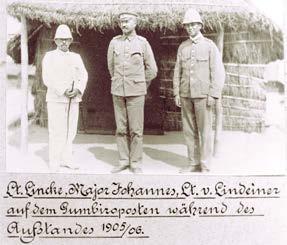
truppe in 1909 and returned to Germany, where he remained in military service.
Albert Linke‘s stay in German East Africa is documented in a whole series of old black-and-white photographs. A particularly interesting photograph shows the new station in Bismarckburg. You can see a kind of makeshift office with a table, a folding chair and a shelf. In the immediate vicinity is the present stool, apparently used as a kind of side table, next to a deck chair on the floor. On the left a shield and another figure beautify the room and testify to Linkes interest and pleasure in African art.

– 159 –
Photos: Private Archive
80 Figurale Nackenstütze „musamo“ Holz
Vorliegende Nackenstütze ist eine Arbeit des Meisterschnitzers Kiloko von Bussangu. Ein sehr ähnliches Werk des Künstlers abgebildet bei Dewey 1993, S. 68, Abb. 63 (AHDRC 0031714). Kopfstützen dienten dazu die aufwändigen Frisuren, für die die Luba besonders bekannt sind, zu erhalten. Die kaskadenförmige Frisur der Shankadi wurde beispielsweise über einem Unterbau aus Rohr angelegt, die Fertigstellung der Frisur dauerte ca. fünfzig Stunden. Nur durch die Verwendung einer Kopf-
stütze bei Nacht konnte sie für zwei bis drei Monate erhalten bleiben.
took almost fifty hours to complete, and with the use of a headrest at night, it could last two to three months.
The present headrest is a work of the master carver Kiloko of Bussangu.A very similar work by the artist illustrated in Dewey 1993, p. 68, fig. 63 (AHDRC 0031714).
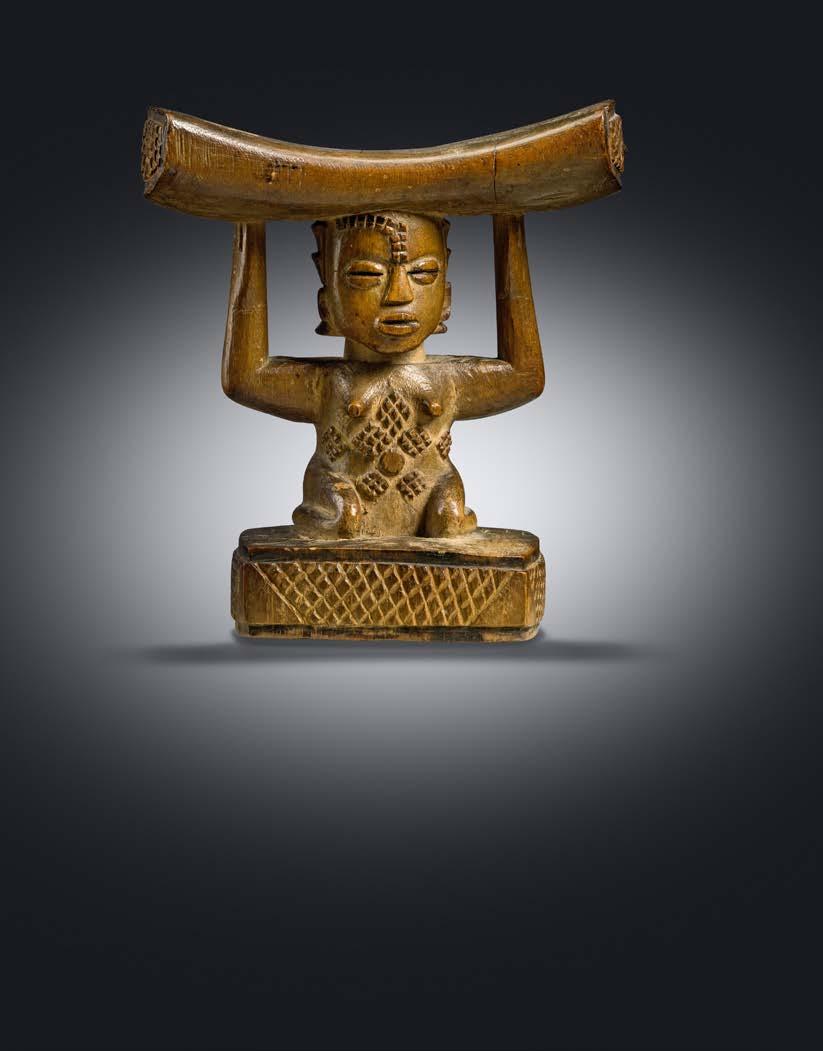
Headrests were certainly used by their sleeping owners to help preserve the elaborate coiffures the Luba are noted for. A style such as the Shankadi cascade was styled over a canework frame, it
Provenance UK Collection
Vgl. Lit.: Dewey, William J., Sleeping Beauties, Los Angeles 1993, p. 68, ill. 63
€ 2.000 - 4.000
Figural headrest „musamo“ wood
H: 14,5 cm
D. R. CONGO, LUBA, SHANKADI-BENA SUNGU, KILOKO OF BUSSANGU

D. R. CONGO, LUBA
81 Seltenes Emblem „nyuzya“ der „bukasandji“- Gesellschaft
Holz
Embleme „nyuzya“ gehören zu den Insignien der geheimen „bukasandji“ (auch „kasandji“ oder „kazanzi“) - Gesellschaft. Sie wurden bei der Beerdigung von Bund-Mitgliedern verwendet. Eingeweihte, die vollständig mit Kaolin eingerieben waren, sollen eine Axt in der einen und ein Emblem „nyuzya“ in der anderen Hand gehalten haben (Volper, 2012, S. 78, nach Colle, 1913, S. 538).
Die Ikonographie der „nyuzya“ scheint sich auf den Rotwangenhornraben zu beziehen, der als Torwächter zum Jenseits gilt und somit eng mit der Welt der Toten verbunden ist, die auch im Mittelpunkt der Aktivitäten der „bukasandji“ steht.
Menschliche Skelettreste spielten in den Initiationsritualen der Gesellschaft eine große Rolle, Schädelstücke galten als mächtigster Zauber. Das eigentliche Ziel der „bukasandji“ war die Bekämpfung und Beseitigung von Zauberei als Ursache von Unglück und Tod zum Schutze der Gemein-
schaft. Die „bukasandji“ verkauften Zaubermittel / Glücksbringer und boten Menschen Schutz, die unter Vorahnungen von Unglück litten oder sich von Dritten oder dem Geist eines Toten bedroht fühlten.
Julien Volper widmete sich in seiner Publikation „Autour des Songe“ der „bukasandji“- Gesellschaft und ihrer Kunst. Die wenigen bekannten Exemplare der „nyuza“- Embleme, von denen dreizehn im AHDRC publiziert sind, befinden sich überwiegend in namhaften Museen, wie Royal Museum for Central Africa, Tervuren, Linden-Museum / Staatliches Museum für Völkerkunde, Stuttgart oder bekannten Sammlungen, zb. The Menil Collection, Houston.
Die Mitglieder der „bukasandji“Gesellschaft waren während des belgischen Kolonialregimes wegen angeblicher „nekrophagischer Rituale“, sowohl seitens der Kololonialverwaltung als auch der Missionare, schärfsten Verfolgungen ausgesetzt.
Der Vorwurf der Menschenfresserei ergab sich aus einem sehr ungewöhnlichen Ritual der „bukasandji“. Wenn
der Geist eines Toten als Ursache von Unglück und Tod ausgemacht werden konnte, versammelten sich die Bundmitglieder in großer Zahl am Grab des Schuldigen. Sie exhumierten die Leiche und nahmen je nach Verwesungszustand größere oder kleinere Mengen des Leichnams zu sich. Wenn das Fleisch zu stark verwest war, soll es in sehr kleinen Portionen zusammen mit Bananen oder dem Fleisch eines Wildschweins verzehrt worden sein. In Wirklichkeit wurden möglicherweise Teile des Leichnams mit der Absicht verzehrt, einen Teil der Lebenskraft zu absorbieren. Zum anderen sollten bestimmte Körperteile gewonnen werden, die später zur Herstellung mächtiger Schutzzauber dienen sollten. Um den rachsüchtigen Geist des Verstorbenen vollends zu vernichten, wurden die verbleibenden Leichenteile verbrannt und die Asche in einen Fluss geworfen.
– 162 –

Rare emblem „nyuzya“ of the „bukasandji“ society wood
Emblems „nyuzya“ belong to the insignia of the secret „bukasandji“ (also „kasandji“ or „kazanzi“) society. They were used at funerals for „bukansandji“ members. Initiates who were completely rubbed with kaolin are said to have held an axe in one hand and an emblem „nyuzya“ in the other (Volper, 2012, p. 78, according to Colle, 1913, p. 538).
The iconography of „nyuzya“ seems to refer to the ground hornbill, a large foraging bird that is considered to be the gatekeeper to the otherworld and thus closely associated with the world of the dead, which is also at the center of the „bukasandji’s“ activities. Human skeletal remains often played a role in society initiation rituals. Pieces of skulls, for example, were considered by the „bukasandji“ to be the most powerful charm. One of the „bukasandji’s“ actual purposes was to confront and eliminate sorcery as the source of misfortune
and death for the protection of the community. The „bukasandji“ sold charms and offered protection to people suffering premonitions of misfortune, or feeling threatened by a third party or the spirit of someone dead.

Julien Volper dedicated his publication „Autour des Songe“ to the „bukasandji“ society and its art. The few known examples of „nyuza“ emblems, thirteen of which are published in the AHDRC, are mainly in renowned museums, such as the Royal Museum for Central Africa, Tervuren, the Linden-
Museum / Staatliches Museum für Völkerkunde, Stuttgart or well-known collections, e.g. The Menil Collection, Houston.
The members of the „bukasandji“society were subjected to harsh persecution during the Belgian colonial regime because of alleged „necrophagic rituals“, both by the colonial administration and the missionaries. The accusation of necrophagy arose from a very unusual ritual of the „bukasandji“. If the spirit of a dead person could be identified as the cause of misfortune and death, the covenant members gathered in large numbers at the grave of the guilty person. They exhumed the body and consumed larger or smaller amounts of the corpse depending on its state of decomposition. If the flesh was too rancid, it was eaten in very small portions accompanied by bananas or the meat of a wild warthog-like pig. In reality, bits of the body may have been consumed with the intention to absorb some of its life-force, but more were recuperated to serve for
– 164 –
Photo: Christie‘s Paris, 2016
the making of protective charms. To fully destroy the vengeful spirit of the deceased, the remaining parts of the body were burnt and the ashes thrown into a river.

H: 32 cm
Provenance presumably Leo Frobenius (1873-1938), Berlin, Germany
Julius Konietzko (1886-1952), Hamburg, Germany
Lore Kegel, Hamburg (1901-1980), Germany
Boris Kegel-Konietzko (1925-2020), Hamburg, Germany
Thomas Morbe, Frankfurt am Main, Germany
Private Collection, Munich, Germany
Vgl. Lit.: Volper, Julien, Autour de Songye, Montreuil 2012, p. 68-84
Colle, Rév. P., 1913a, „Les Baluba“, Collection de monographies ethnographiques, Vol. X et XI, Bruxelles, p. 538
€ 8.000 - 15.000
– 165 –
Diviners of the bukasandji society.
Photo: Royal Museum for Central Africa, Tervuren, Belgium
D. R. CONGO, LULUA (LULUWA)
82 Seltene anthropomorphe Gesichtsmaske
Holz, Farbpigmente, Sockel Masken, die den Lulua zugeschrieben werden, sind in westlichen Sammlungen relativ selten vertreten. Da ihre Formen und Stile sehr vielfältig sind, sind Zuschreibungen oft nur versuchsweise möglich.
Eine Stilkategorie von Lulua Masken zeichnet sich aus durch große, konkav eingetiefte Augenhöhlen und oft kleine Münder mit geschürzten Lippen, sowie ihre Bemalung mit geometrischen Mustern.
Ein Beispiel für diesen besonderen Stil ist eine Maske, die Anfang des 20. Jahrhunderts von M. van Baelen vor Ort gesammelt wurde (Petridis, 2018, S. 194, Abb. 168 / AHDRC 0033129).
Auch vorliegende Arbeit, die formal und stilistisch große Gemeinsamkeiten mit der van Baelen Maske zeigt, kann dieser Stilkategorie zugeordnet werden.
Provenance
Patric Claes, Brussels, Belgium
Rare anthropomorphic face mask wood, colour pigments, base Masks attributed to the Luluwa are relatively rare in Western collections, and because of their forms and styles are diverse, attributions are often tentative.
One style category comprises face masks with large concave eye sockets and intricate geometric patterns painted on their surface. They usually have small mouths with pursed lips. One example of this particluar style is a mask collected locally by M. van Baelen at the beginning of the 20th century (Petridis, 2018, p. 194, fig. 168 / AHDRC 0033129).
The present mask shows great formal and stylistic similarities with the van Baelen mask and can thus also be assigned to this style category.
H: 32,5 cm
Vgl. Lit.: Petridis, Constantine, Luluwa, Brussels 2018, p. 187 ff Felix, Marc L., 100 Peoples of Zaire and their Sculpture, Brussels 1987, p. 88
€ 4.000 - 8.000
– 166 –


D. R. CONGO, SONGYE
84 Maskenpaneel
Holz, Farbpigmente
Die traditionell als „kalengula“ bekannten Maskenpaneele, tragen aufgeschnitzte Gesichter in Form von „kifwebe“ - Masken.
Diesem brettartigen Paneel ist dagegen ein Maskengesicht vorgeblendet, das an Köpfe von „nkisi“- Fetischfiguren der Songe erinnert. Besonders an solche mit eigentümlich lachenden Mündern, wie sie von Neyt in die nördliche Milembwe, Belande und Eki Region verortet werden (Neyt, 2004, S. 56).
Eine dieser Figuren wurde von de Grunne einem „Meister aus Muyemba“ zugeschrieben (de Grunne, 2001, S. 181, fig. 22).
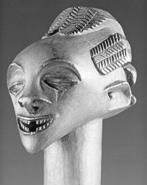
Das vorliegende Maskenbrett ist mit konzentrischen Ritzlinien verziert, die oberhalb des Gesichts eine Art Diadem und unterhalb zwei Arme ausbilden, die ein stilisiertes „kifwebe“Maskengesicht einschließen. Für ein ikonographisch vergleichbares Objekt siehe AHDRC 0041476.
Mask panel wood, colour pigment, Traditional mask panels known as „kalengula“ bear carved faces in the form of „kifwebe“ masks. The mask face superimposed to this board-like panel, on the other hand, reminds of the heads of „nkisi“ fetish figures of the Songye. Especially of those with peculiar laughing mouths, as they are located by Neyt in the northern Milembwe, Belande and Eki region (Neyt, 2004, p. 56). One of these figures was attributed by de Grunne to a „master from Muyemba“ (de Grunne, 2001, p. 181, fig. 22). The present mask panel is decorated with concentric incised lines forming a kind of diadem above the face and two arms with joined hands below, enclosing a stylised „kifwebe“ mask face. For an iconographically comparable object, see AHDRC 0041476.
H: 47 cm
Provenance
B. H. Collection, Antwerp, Belgium Zemanek-Münster, Würzburg, 10 September 2005, Lot 360
AHDRC: 0041475
Vgl. Lit.: Neyt, François, Songye, Brussels 2004, p. 56 ff. de Grunne, Bernard, Masterhands, Brussels 2001, p. 181, fig. 22
€ 6.000 - 8.000
– 169 –
Photo: Dick Beaulieux
D. R. CONGO, SONGYE / LUBA
85 Weibliche Maskette „kifwebe“ (pl. „bifwebe)
Holz, Pigmente, Tierhaar, Metall, Sockel
In seinem Standardwerk über die Kunst der Songe, „Songye Studien“ (1985), berichtet Mestach von „verkleinerten“ Masken „kifwebe“, oftmals blind, die als „Fetisch“- Masken dienten. Verschiedenen Berichten zufolge sollen sie zum Schutz gegen Krankheit und böse Geister gedient haben. Auch sollen sie als Stellvertreter für die großen Masken eingetreten sein: „hinter der großen Maske in der Hütte „kiobo“ plaziert, sollten sie diese nach ihrem Hinausgehen ersetzen“. Wahrscheinlicher jedoch sei, dass sie den Mitgliedern der „bwadi bwa kifwebe“- Gesellschaft als Abzeichen oder als Botschaft dienten. Manchmal seien sie von Maskentänzern an Armen oder am Rücken getragen worden, zum Einen um die Tänzer als Mitglieder der Gesellschaft zu identifizieren, zum Anderen um sie vor bösen Geistern zu schützen. Krankheiten wurden in der Regel auf Angriffe oder Bannsprüche einer Hexe „ndoshi“ zurückgeführt. In einigen Fällen konnten diese kleinen Masken jedoch von denselben „ndoshi“, vor denen sie schützen sollten, für böswillige Handlungen verwendet werden.
Female maskette „kifwebe“ (pl. „bifwebe)
wood, pigments, animal hair, metal, base
In his standard work on the art of Songye, „Songye Studies“ (1985), Mestach reports of „ diminutive“ masks „kifwebe“, often blind, which served as „fetish“ masks. According to various reports, they served as protection against illness and evil spirits. They are also said to have stood in for the big masks: „placed behind the fullsized mask in the hut „kiobo“, they were supposed to substitute the former when these went out“ (according to information on site). More likely, however, they served as insignia or as messages for members of the „bwadi bwa kifwebe“ society. These maskettes were often tied to the arms, neck, or back of the actual masking costume, both to identify the masker and, more importantly, to protect against disease and evil spirits. Diseases were usually attributed to attacks or spells of a witch „ndoshi“. In some instances, however, these small masks could be used in malevolent actions by the same „ndoshi“ from which they were meant to provide protection.
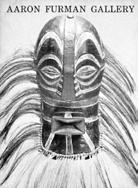
H: 21,5 cm
Provenance
Muller-Van Isterbeek, Brussels, Belgium
Aaron Furman, New York, USA / Portugal (around 1959)
Allan Stone, New York, USA
Publ. in
Aaron Furman Gallery, Exhibition Catalogue (cover); Willy Mestach Files (AHDRC 0141197)
AHDRC: 0141197
Vgl. Lit.: Mestach, Jean Willy, Songye Studien, München 1985, p. 62 f. Woods, Davy, „Kifwebe Maskettes of the Luba and the Songye“, in: Tribal Art, no. 48, Spring 2008, p. 102-112
€ 25.000 - 50.000
– 170 –
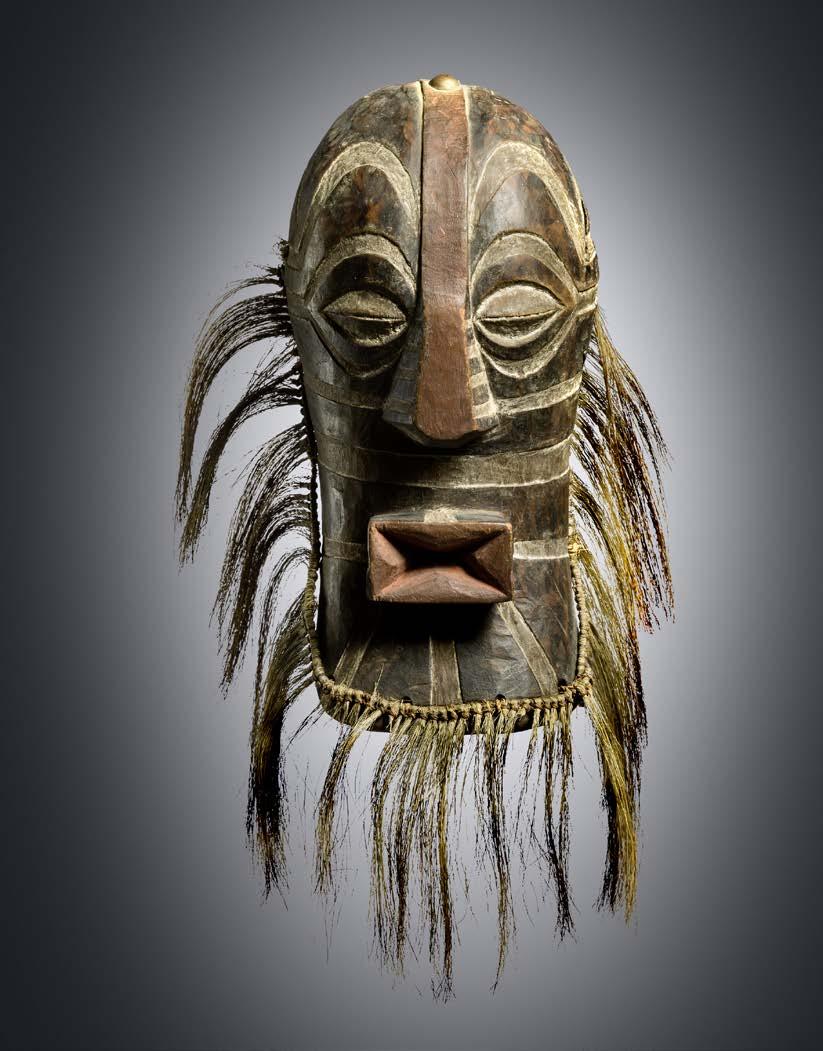
D. R. CONGO, SONYGE / LUBA
86 Ungewöhnlicher Kayatidenhocker, vor 1909
Holz, braun-schwarze Patina, Originalreparaturen
Der Hocker zeigt zwei weibliche und eine männliche, bzw. hermaphroditische Karyatidenfigur mit Bart. Die Songe teilen mit den benachbar-
ten Luba denselben mythischen Vorfahren „kongolo“ und die „kifwebe“Maskengesellschaft. Auch die künstlerischen Ausdrucksformen der beiden Völker zeigen viele Gemeinsamkeiten. Die Songe übernahmen bestimmte Arten von repräsentativer Hofkunst von den Luba, darunter Karyatidenhocker, die auch bei den Songe als Status-Emblem gelten.
Während es in der Luba-Tradition jedoch keine männlichen Karyatidenhocker gibt, schufen die Songe-Künstler sowohl männliche als auch weibliche Hocker.
Unusual caryatid stool, before 1909 wood, blackish brown patina, original repairs
The stool shows two female and one male, respectively hermaphrodite caryatid figure with beard.
The Songye share with the neighbouring Luba the same mythical ancestor „kongolo“ and the „kifwebe“ mask society. The artistic expression of the two peoples also have much in common.
The Songye adopted certain types of Luba court representation as their own chiefly regalia, including caryatid stools, which were also used by the Songye as an emblem of status. Wheras male caryatid stools do not exist in Luba tradition, Songye artists created both male and female stools.
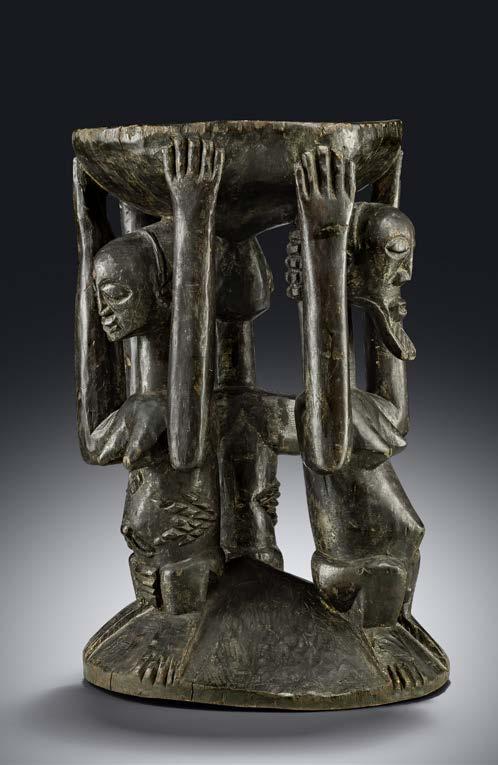
H: 46,5 cm; D: 26 - 28 cm (seat),
Provenance
Oberleutnant Albert Linke (Lincke), collected in situ, before 1909 By descent in the family, seller 2008 Anton Mentrup, Mainz-Kastel, Germany
€ 4.000 - 8.000
– 172 –
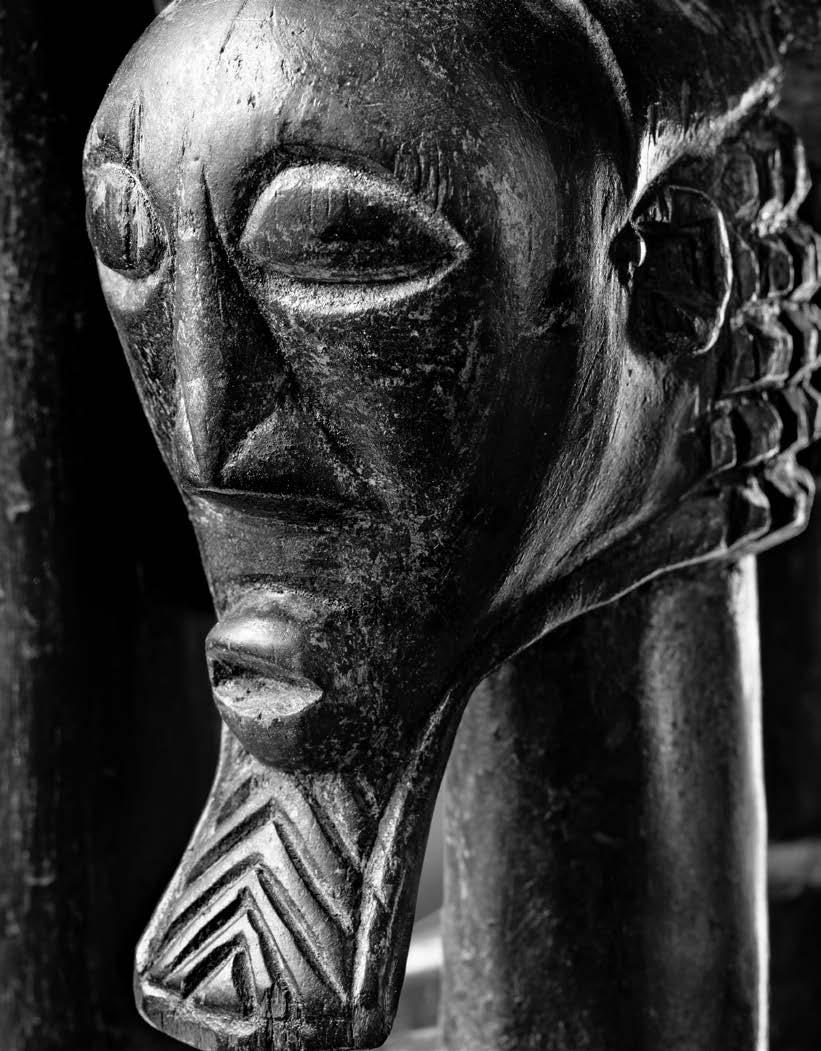
D. R. CONGO, SONGYE, KALEBWE
87 Messer mit janusförmiger „kifwebe“ - Maske Holz, Eisen
Diese Messer gehören in den Kontext der „bwadi bwa kifwebe“ Gesellschaft.
Die Masken sind vollständig mit Rillen überzogen und ihre Merkmale ins Manierte übersteigert.
Für ein Messer mit nahezu identisch gestaltetem markantem Maskenkopf siehe AHDRC 0042300. Ein weiteres abgebildet bei Mestach,1985, S. 96, fig. 16.
Knife with janus faced „kifwebe“mask wood, iron

These knives belong to the context of the „bwadi bwa kifwebe“ society. The masks are completely covered with grooves and their features exaggerated into the manic.
For a knife with an almost identically designed distinctive mask face see AHDRC 0042300. Another one illustrated in Mestach,1985, p. 96, fig. 16.
L: 39 cm
Provenance
Peter Loontjens, Kortrijk, Belgium
Vgl. Lit.: Mestach, Jean Willy, Songye Studien, München 1985, p. 96, fig. 16
€ 600 - 1.200
D. R. CONGO, MBALA
83 Zeremonialaxt Holz, Metall, Sockel Schönes Exemplar mit satter Patina und figuraler Verzierung am Schaft. Diese Äxte galten als Prestigeobjekte von Häuptlingen und Wahrsagern.
Ceremonial adze wood, metal, base Beautiful example with rich patina and figural decoration on the shaft. These adzes were considered prestigious objects for chiefs and diviners.
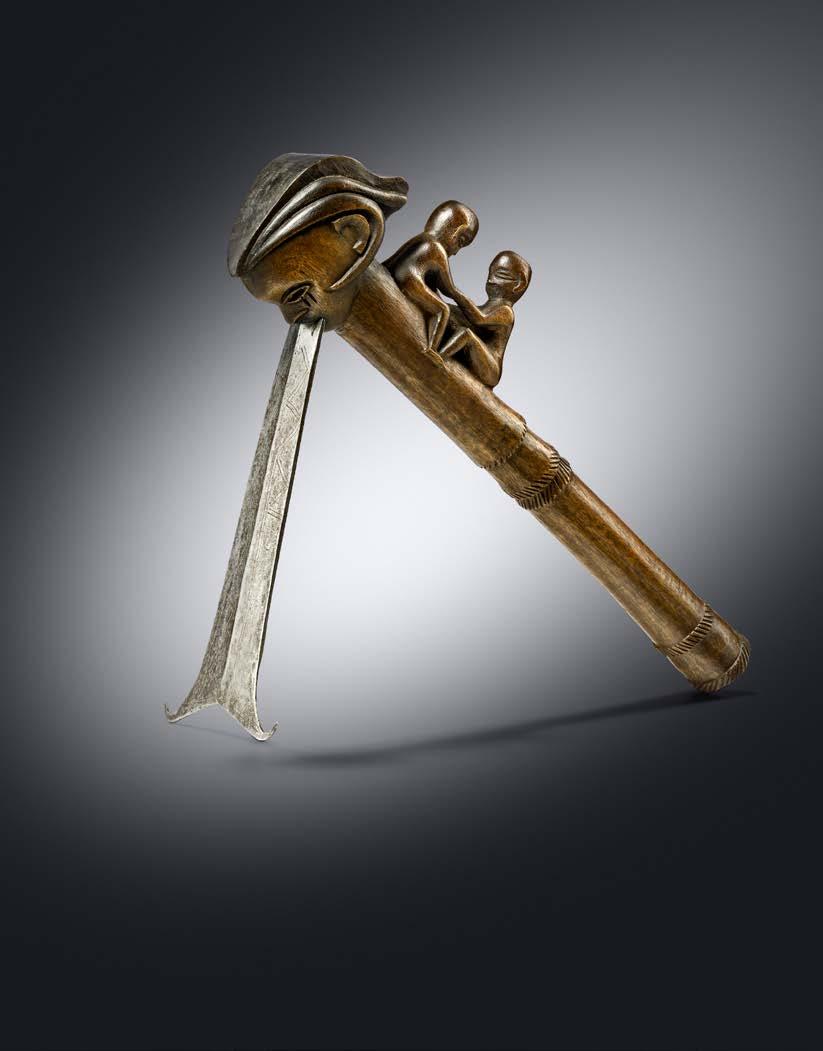
H: 36 cm; L: 19,5 (blade)
Provenance
Old Belgian Colonial Collection
Vgl. Lit.: Felix, Marc L., 100 Peoples of Zaire and their Sculpture, The Handbook, Brüssel 1987, S. 103, Abb. 15
€ 1.500 - 3.000
D. R. CONGO, VILI
88 Maternité „phemba“
Holz, Pigmente, Glas, Metall, rest. (Basis), Sockel
Diese Figur besticht durch ein besonders schönes Gesicht, das von großen verglasten Augen mit gemalten Pupillen beherrscht wird. Besonders markant ist die Frisur, die auffallend flach in vier parallelen Zöpfen angelegt ist. Der Oberkörper ist eher kräftig, die Beine dünn und verkürzt.
Dieser Figurenstil findet sich bei einer ganzen Reihe weiterer Vili - Figuren, die einer Werkstatt zugeordnet werden können. Zwei davon sind bei Lehuard zusammen mit vorliegender Figur publiziert (Lehuard, Vol. I, 1989, S. 266, D 10-1-2 und S. 267, D 10-1-3).


Für weitere Beispiele siehe AHDRC 0018509, 0018521 und 0018535. Hellere Patina und Massereste am Rücken lassen vermuten, dass die Figur hier einst mit magischer Ladung „bilongo“ ausgestattet war und als „nkisi“ verwendet wurde.
Maternité „phemba“
wood, pigments, glass, metal, rest. (base), plinth
This figure captivates with a particularly beautiful face, which is dominated by large glazed eyes with painted pupils. The hairstyle, which is strikingly flat in four parallel braids, is particularly eye
Photo: Raoul Lehuard
catching. The upper body is rather strong, the legs thin and shortened. This style of figure is found in a whole series of other Vili figures that can be assigned to one workshop. Two of them are published by Lehuard together with this figure (Lehuard, Vol. I, 1989, p. 266, D 10-1-2 and p. 267, D 10-1-3). For further examples see AHDRC 0018509, 0018521 and 0018535. Lighter patina and remnants of mass on the back suggest that the figure here was once equipped with magical charge „bilongo“ and was used as a „nkisi“.

H: 24 cm
Provenance
Donald Taitt (1930-2018), Paris, France (1989)
Cole Harrell, New York City, USA
Fernandez Leventhal Gallery / Sebastian Fernandez, New York, USA
Exhibited
Brussels, Belgium: „Winter Bruneaf. Brussels Non European Art Fair“, Fernandez Leventhal Gallery, 16 - 20 February 2022
Publ. in Lehuard, Raoul, Art Bakongo, Les Centres de Style, Vol. I, Arnouville 1989, p. 266, D 10-1-1
AHDRC: 0018221
€ 8.000 - 15.000
D. R. CONGO, YOMBE
89 Kniende weibliche Figur
„nkisi“ / „nkishi“ (pl. mankishi)
Holz, Spiegelglas, Kupferlegierung
Die weibliche Figur stellt eine Frau von hohem Rang dar. Ihre Handgelenke sind mit Armreifen beschnitzt, sie trägt Metallringe an Hals und Ohren. Ihr schönes Gesicht wird von einer konisch zulaufenden Frisur bekrönt. Der markante Mund mit schön geschwungenen Lippen entblöst rituell gefeilte Zähne. Die Augen sind mit Spiegelglas eingelegt.
Kneeling female figure
„nkisi“ / „nkishi“ (pl. mankishi) wood, mirror glass, copper alloy
The female depicts a titled woman of high rank. Her wrists are carved with bracelets, she wears metal rings on her neck and ears. Her beautiful face is crowned by a tapered coiffure. The prominent mouth with beautifully curved lips reveals ritually chipped teeth. The eyes are inlaid with mirror glass.
– 178 –

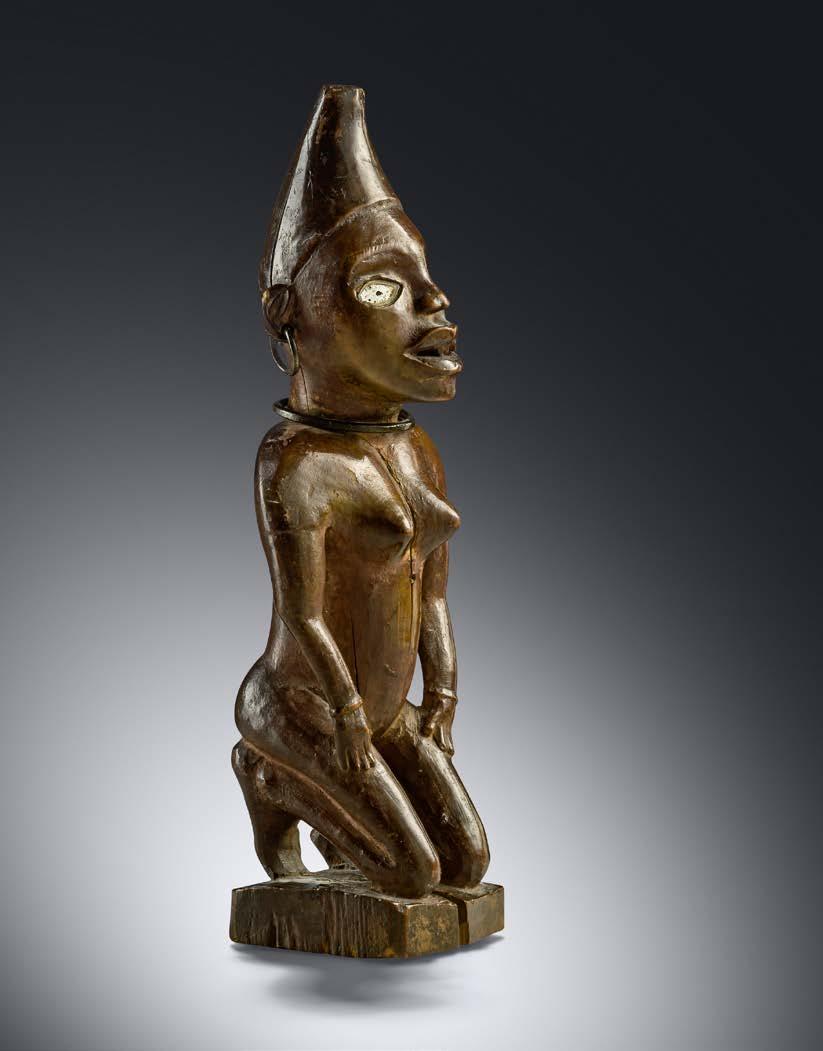
Provenance
Edmond Morlet, Brussels, Belgium
Karl-Ferdinand Schädler, Munich, Germany
Lempertz, Brussels, 24. October 2018, Lot 271
Exhibited
Austria, Vienna, Neue Hofburg, „Götter Geister Ahnen. Afrikanische Skulpturen in deutschen Privatsammlungen im Museum für Völkerkunde

Wien“, 23 March-24 July 1994
H: 25,5 cm
Publ. in Lehuard, Raoul, „Art Bakongo, Les Centres de Style“, Vol. II, Sarcelles 1989, p. 583, ill. K 8-1-2; Schädler, Karl-Ferdinand, Ergänzungskatalog: „Götter - Geister - Ahnen, Afrikanische Skulpturen in deutschen Privatsammlungen im Museum für Völkerkunde Wien“, München 1994, p. 25, ill. 290; Schädler, Karl-Ferdinand, Lexikon Afrikanische Kunst und Kultur, München, Berlin 1994, p. 233
AHDRC: 0017786
€ 6.000 - 12.000
– 181 –
Photo: Raoul Lehuard
90 Anthropomorphe Maske
Holz, Pigment, Grasfaser, rest., Sockel
Eine vergleichbare Maske, die in den frühen 1930er Jahren von einem Missionar in der Uige Region gesammelt wurde, publiziert bei M. L. Felix, 2018, S. 93, Cat.012 (AHDRC 0016290). Beide
Masken tragen die gleiche schopfartige Frisur und sind mit leuchtend indigoblauem Pigment bemalt.
Masken der Zombo sind eng mit der männlichen Initiationsgesellschaft „nlongo“ verbunden. Sie wurden von den jungen Initianten bei Tänzen getragen, die vermutlich gegen Ende der Seklusionszeit stattfanden, wenn die
jungen Männer entgültig das Lager verließen, um die umliegenden Dörfer zu bereisen.
Anthropomorphic mask wood, pigment, grass fibre, rest., base A comparable mask collected in the early 1930s by a missionary in the Uige region, published in M. L. Felix, 2018, p. 93, Cat.012 (AHDRC 0016290). Both masks wear the same crested hairstyle and are painted with bright indigo blue pigment.
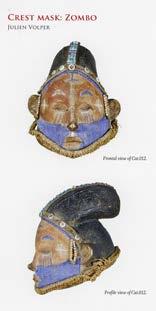
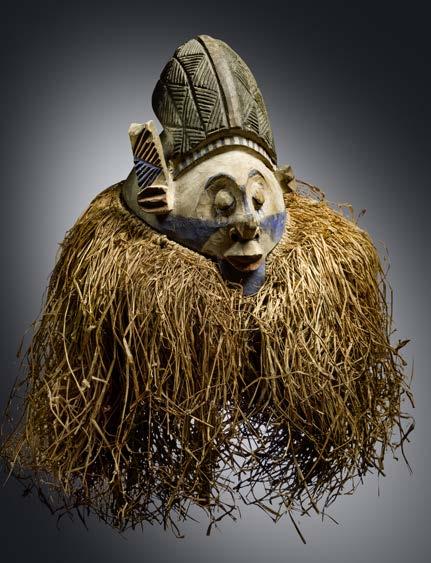
Masks of the Zombo are closely linked to the male initiation society „nlongo“. They were worn by the young
initiates at dances that probably took place towards the end of the seclusion period, when the young men finally left the camp to tour the surrounding villages.
H: 29 cm
Provenance
Rob Vervoort, Molenstede-Diest, Belgium
Vgl. Lit.: Felix, Marc Leo, Congo Masks, New Haven, London, Hong Kong 2018, p. 93, Cat.012
Herreman, Frank & Constantijn Petridis (ed.), Face of the Spirits, Tervuren 1993, p. 32 f.
€ 3.500 - 7.000
– 182 –
D. R. CONGO / ANGOLA (NORTHERN), ZOMBO
Photo: Paul Louis
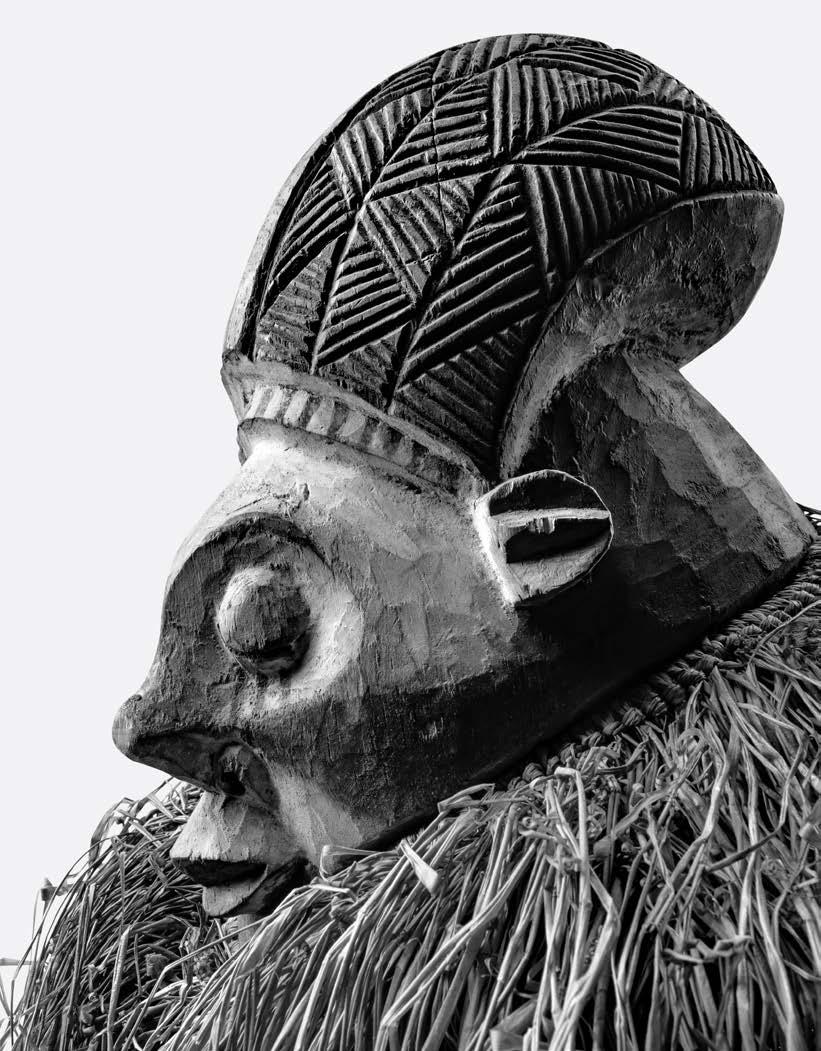
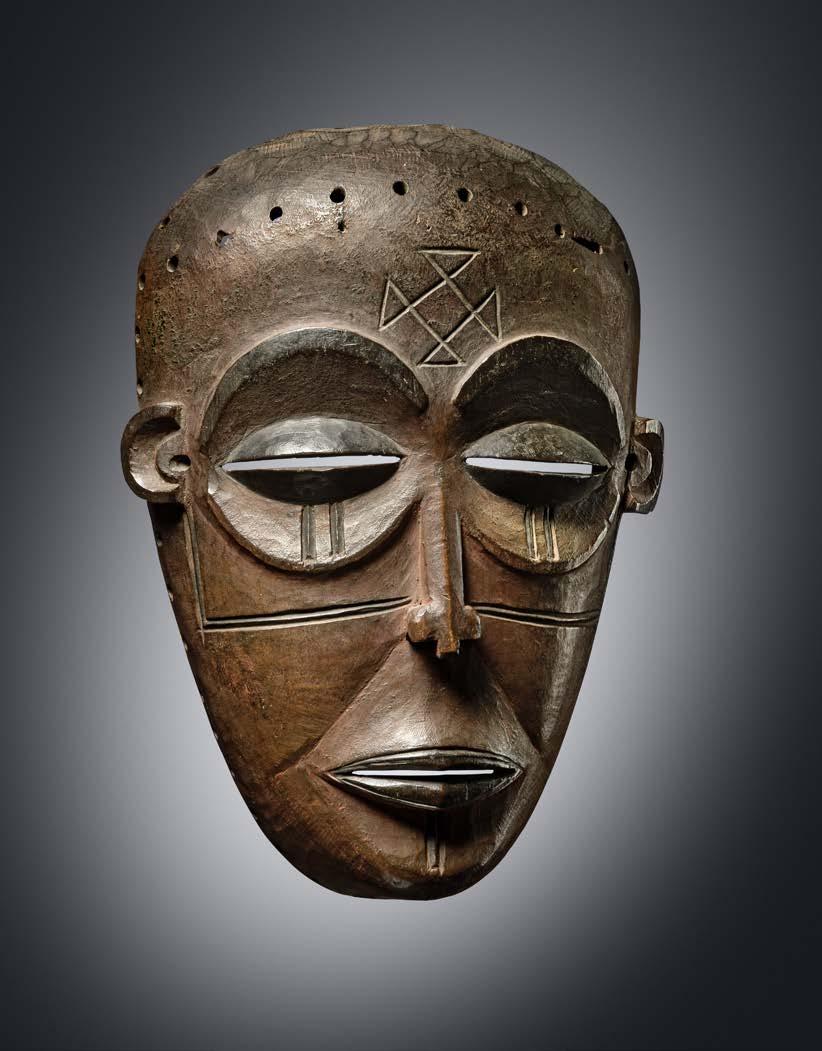
ANGOLA, CHOKWE
91 Weibliche Ahnengeistmaske „pwevo“ oder „mwana pwevo“ Holz, rotes Pigment, Sockel
Weibliche Ahnengeistmasken der Chokwe stellen die ideale Frau dar. Sie sind entweder als reife erwachsene Frau, „pwevo“ („pwo“), oder als jüngere Frau, „mwana pwevo“ („mwana pwo“), konzipiert.
Sie treten bei der „mukanda“- Initiation der Knaben auf, zusammen mit ihrem männlichen Gegenstück, der „cihongo“ Maske. Ihre Tänze charakterisieren die wichtige Rolle der Frau in der ChokweGesellschaft und sollen den jungen Mädchen grundlegende Verhaltensregeln der Chokwe Frau vermitteln.
Female ancestor spirit mask
„pwevo“ or „mwana pwevo“ wood, red pigment, base

Female ancestral spirit masks of the Chokwe represent the ideal woman. They are either conceived as mature, adult woman, called „pwevo“ (or „pwo“), or as a younger female called „mwana pwevo“ (or „mwana pwo“). They perform at the „mukanda“ initiation of young boys, together with their male counterpart, the „cihongo“ mask. Their dances characterise the important social role of women in Chokwe society and are intended to teach the young girls the code of conduct of a Chokwe woman.
Provenance
Pierre Loos, Brussels, Belgium Kevin Conru, London, Great Britain
Publ. in
Conru, Kevin, „African & Oceanic art“, Brussels 2004
H: 22 cm
AHDRC: 0000986
Vgl. Lit.: Jordán, Manuel (ed.), Chokwe!, München, London, New York 1998, p. 68 f.
€ 8.500 - 12.000
– 185 –
Photo: Frederick Lamp
ANGOLA / ZAMBIA, CHOKWE / LWENA (LUENA)
92 Figurale Bekrönung eines Stabes „mbweci“, 19. Jahrhundert Holz, Messingnägel, Tierhaar, Glasperlen, Sockel
Sehr schön gearbeitete Figur bei der interessanterweise die magische Ladung erhalten geblieben ist. Am Hinterkopf findet sich ein kleines Stück Tierhaut mit Fell (Löwe), das mittels Pflanzenfaser und Masse befestigt ist. Der Besitz von Stäben mit figuraler Verzierung war bei den Chokwe den Häuptlingen vorbehalten. Der als „mbweci“ (oder „mukombo“) bekannte Stab eines Häuptlings war viel mehr als ein Spazierstock; er vermittelte seine Identität, seinen Status und seine Macht durch nuancierte Botschaften, die in seiner Ikonographie zum Ausdruck kamen.
Die geschnitzte weibliche Figur am oberen Ende des Stabes stellt eine „hamba“ - den Geist einer Ahnfrau dar, deren Hilfe der Häuptling für das Wohlergehen des Clans erbittet. Ihre Darstellung dient als visuelle Erinnerung daran, dass die Ahnin ihre Nachkommen im Jenseits weiterhin beschützt, wie sie es einst zu Lebzeiten tat.
Figural staff top „mbweci“, 19th century
wood, brass nails, animal hair, glass beads, base
Beautifully crafted figure, which interestingly has retained its magical charge. At the back of the head there is a small piece of animal skin with fur (lion), which is attached using plant fibers and mass.
Among the Chokwe carved staffs with figurative finials were the prerogative of chiefs. Known as „mbweci“ (or „mukombo“), a chief’s staff was much

more than a walking stick; it communicated his identity, status, and power through nuanced messages conveyed in its iconography.
The carved female figure featured at the finial of this chief’s staff represents a „hamba“, or the spirit of a lineage ancestor whose help the chief seeks for the welfare of the clan. Her depiction serves as a visual and tactile reminder that she continues to protect her descendants from the afterlife as she once did while alive.

H: 17,5 cm
Provenance
Reed Everson, California, USA
Philip Budrose (1920-2000), Marblehead, USA
Renaud Riley, Brussels, Belgium
Private Collection, London, Great Britain
James Stephenson, New York, USA
Exhibited
Paris, France: „A deux pas des Tshokwe“, Parcours des Mondes, 9-14 September 2014 (Classic PrimitivesRenaud Riley)
Publ. in
Riley, Renaud, „A deux pas des Tshokwe“, Paris / Brussels: Parcours des Mondes 2014 (Classic PrimitivesRenaud Riley)
AHDRC: 0199600
Vgl. Lit.: Jordán, Manuel (ed.), Chokwe!, München, London, New York 1998, ill. 133
Roberts, Allen F., Staffs of Life, Iowa 1994
€ 2.500 - 5.000
ETHIOPIA, AMHARA / SIDAMO / OROMO
93 Traditioneller Kampfschild „tafa“ oder „gasha“, vor 1853 Tierhaut, handschriftl. aufgebrachte Inv.nr. „12194“, altes Ettikett mit der Aufschrift: „K. K. Naturhistorisches Hofmuseum - AnthropologischEthnographische Sammlung“, auf der Rückseite: „II. 383.12194. - 1881Wahrscheinlich aus Abessinien - Coll.
Dr. Reitz 1853“
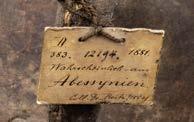
Dieses Schild hat eine sehr interessante Geschichte, die durch das alte Sammlungsetikett belegt ist. Demzufolge stammt es aus der Sammlung
Dr. Reitz - genauer Konstantin Reitz, einer schillernden Figur, deren abenteuerliches Leben gut dokumentiert ist und dessen Tod im Jahre 1853 Aufschluss über die frühe Entstehungszeit des Schildes liefert.

1817 im hessischen Bobenhausen geboren, promovierte Reitz 1842 nach abgebrochenem Studium der Forstwirtschaft zum Dr. phil. Ab 1844 unternahm er Reisen in ferne Länder, u. a. nach Ägypten, wo er 1848 in österreichische Dienste trat und den Tierforscher Alfred Brehm kennenlernte. 1851 verschlug es ihn nach Khartum in Zentralafrika. Von hier aus durchschiffte er sämtliche Nilkatarakte und bewies damit die Schiffbarkeit des Nils von Zentralafrika bis zu seiner Mündung. Auf eigene Kosten kaufte er 200 afrikanische Tiere für den Tierpark in Wien-Schönbrunn und begleitete deren Transport auf dem Nil. Auf einer Expedition nach Äthiopien benützte er als erster Reisender den Karawanenweg von Abu Harras nach Gondar.
Besondere Verdienste erwarb er sich um die Erforschung des Atbara von der Mündung bis zur Quelle. Nach einem erfüllten, aber kurzen Leben verstarb Reitz 1853 in Doka im Sudan und wurde dort in einem Felsengrab beigesetzt.
Traditional war shield „tafa“ or „gasha“, before 1853 animal skin, handwritten inv. no. „12194“, old label inscribed: „K. K. Naturhistorisches HofmuseumAnthropologisch-Ethnographische Sammlung, on reverse: „II. 383.12194. - 1881 - Probably from Abyssinia - Coll. Dr. Reitz (1853)“
This shield has a very interesting history, as evidenced by the old collection label. According to this, it comes from the collection of Dr. Reitz - more precisely Konstantin Reitz, a colourful figure whose adventurous life is well documented and whose early death in 1853 provides information about the early date of the shield‘s origin. Born in Bobenhausen, Hesse, in 1817, Reitz received his doctorate in 1842 after discontinuing his studies in forestry. From 1844 onwards he tra-
velled to distant countries, including Egypt, where he entered Austrian service in 1848 and met the animal researcher Alfred Brehm. In 1851 he went to Khartoum in Central Africa. From here he navigated through all the Nile cataracts, thus proving the navigability of the Nile from Central Africa to its mouth. At his own expense, he bought 200 African animals for the zoo in Vienna-Schönbrunn and accompanied their transport on the Nile. On an expedition to Ethiopia, he was the first traveller to use the caravan route from Abu Harras to Gondar. He rendered special services to the exploration of the Atbara from its mouth to its source. After a fulfilled but short life, Reitz died in Doka in Sudan in 1853 and was buried there in a rock tomb.
D: 58 cm
Provenance
Konstantin Reitz (1817-1853), Bobenhausen, Germany / Doka, Sudan (coll. in situ, before 1853)
K.K. Naturhistorisches Hofmuseum
Vienna, Austria
Rudolf Leopold, Vienna, Austria
Vgl. Lit.: Zirngibl, Manfred A. & Dieter Plaschke, Afrikanische Schilde, München 1992, p. 66, ill. 53
Barbier, Jean Paul & Purissima Benitez-Johannot, Shields, Munich, London, New York 2000, p. 96 f.
€ 2.500 - 5.000
– 188 –
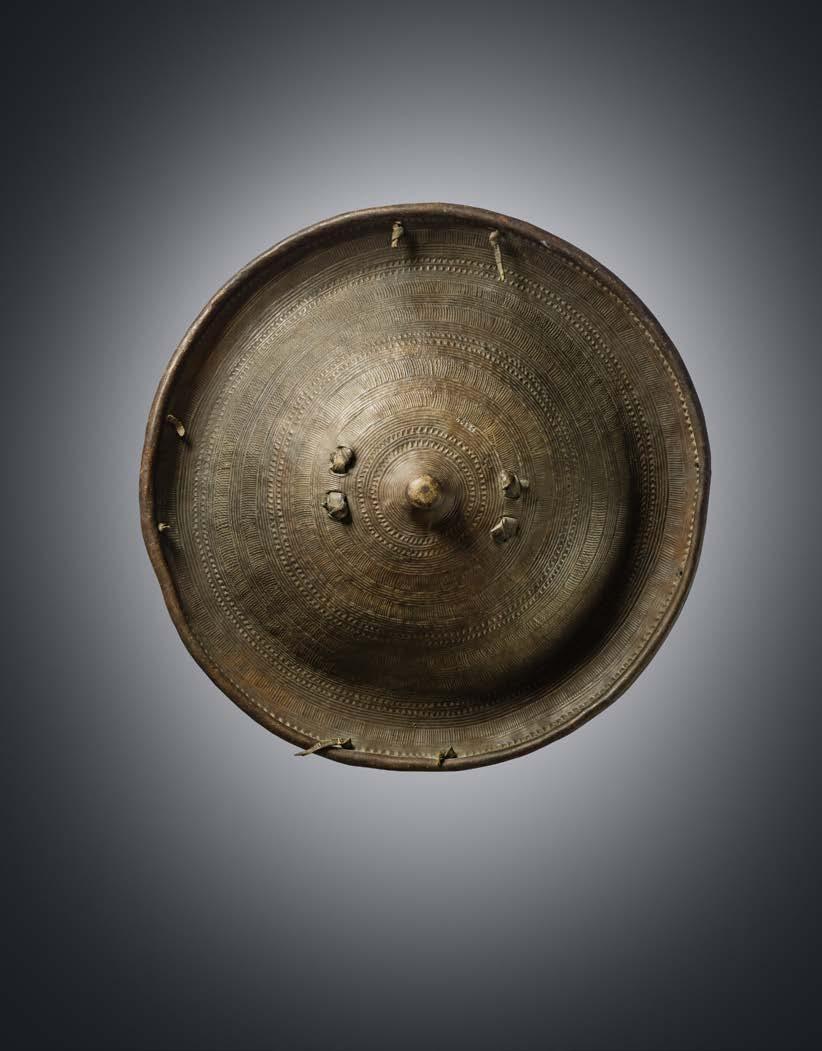
KENYA, KIKUYU
94 Seltene halbkreisförmige Tafel, frühes 20. Jahrhundert Holz, Pigmente, Pflanzenfaser
Zu diesem seltenen Artefakt findet sich nur ein Vergleichsobjekt (AHDRC 0075129), das 1908 in die Sammlungen des British Museum gelangte (Inventarnr. „Af1908.0418.26“). Laut Museum wurde das Objekt bei Tänzen in der Hand gehalten und mit einem Stock geschlagen.
Faserlasche und Flachheit der Tafel, lassen jedoch fast eher annehmen, dass es zum Aufhängen gedacht war. Die eingeritzten und farbigen grafischen Elemente auf unserem Beispiel könnten Jahreszeiten und Ernten darstellen.
Rare semicircular panel, early 20th century wood, pigments, plant fibre There is only one comparable object (AHDRC 0075129) to this rare artefact, which entered the collections of the British Museum in 1908 (Inv. no. „Af1908.0418.26“).
According to the Museum, the object was held in hand and beaten with a stick in dances.
Considering the fiber lug for hanging and the flatness of the panel, it is more
likely that it was designed to be hang from a flat surface. The incised and coloured graphic elements on our example may represent seasons and harvests.
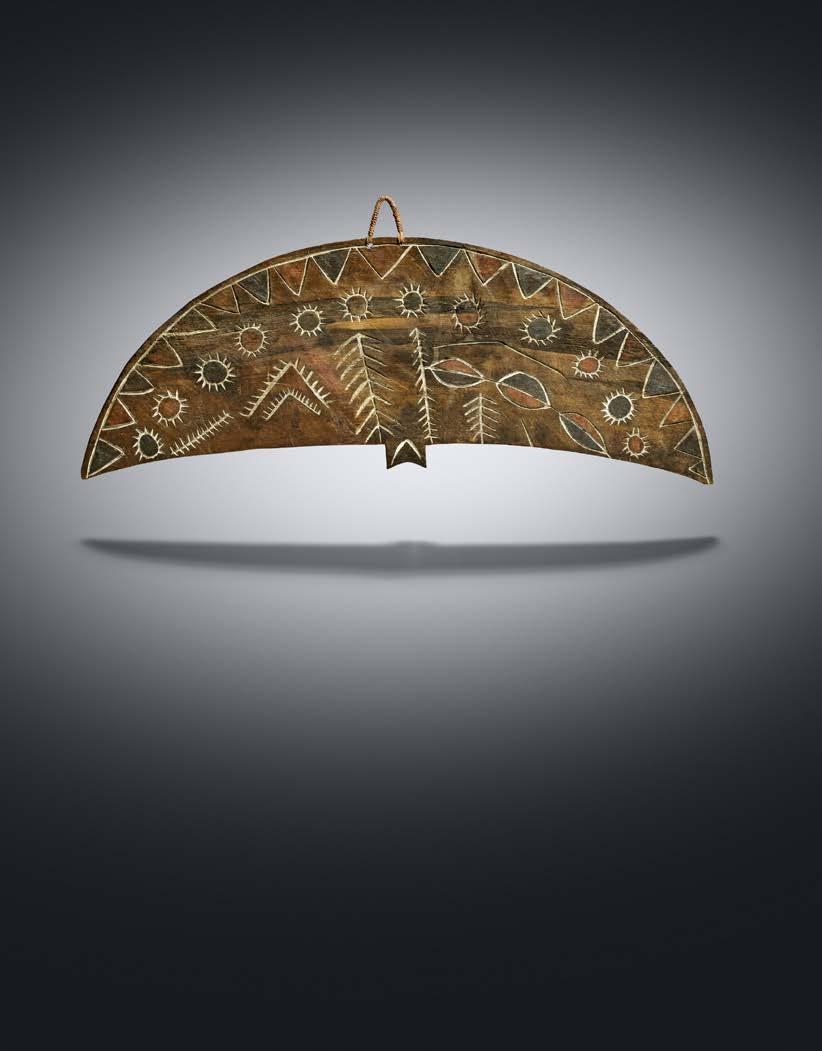
B: 65,5 cm; H: 24 cm
Provenance
Acquired on the Portobello Road in London in the 1980s Taylor Dale, Santa Fé, New Mexico
Vgl. Lit.: Trowell (Margaret), „African Design“, New York-Washington, Second Edition,1960:plate LXII(top right)
€ 5.500 - 12.000
 Margaret Trowell, African Design, 1960
Margaret Trowell, African Design, 1960
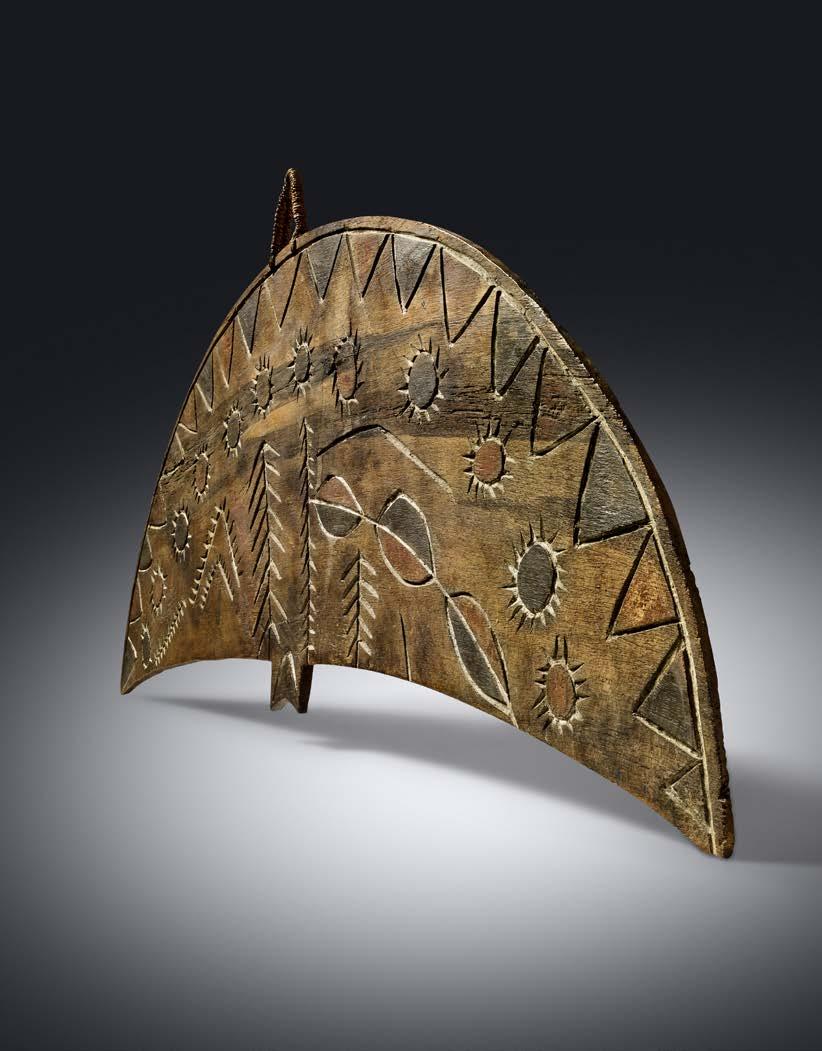
RUANDA / BURUNDI, TUTSI / HUTU
95 Wandpaneel oder Sichtschutz
„insika“
Rattan, Grasfaser, tlw. dunkel eingefärbt, feine Schnur
Der häusliche als auch der zeremonielle Bereich der Tutsi und Hutu war durch die Verwendung von Pflanzenfasern geprägt.
Ihre Häuser - sogar die Paläste der Könige - bestanden aus BambusKonstruktionen, die mit kunstvoll verwobenen Palisaden aus Pflanzenfaser verkleidet waren. Auch die Unterteilung im Inneren und Wandschirme hinter denen sich Alkoven und Regale verbargen, waren aus Pflanzenfaser.
Wall panel or screen „insika“
rattan, grass fibre, partly dyed dark brown, fine cord
Tutsi and Hutu domestic and ceremonial space was enclosed and defined by fibre.
Their houses - even the kings‘ palaces - were structures of plaited bamboo, surrounded by woven palisades and subdivided with interior partitions and screens, all fabricated with plant materials.
H: 157 cm; B: 52 cm
Provenance
Alain Guisson, Brussels, Belgium
Vgl. Lit.: Drake-Moraga, Vanessa, Weaving Abstraction, Washington 2012, p. 195, ill. 96 f.
€ 2.000 - 4.000

98 Kunstvoll gearbeiteter Hocker Holz, Farbpigmente Für ein vergleichbares Objekt siehe AHDRC 0120745.
H: 23 cm; D: ca. 35 cm
Artfully crafted stool wood, colour pigments, For a comparable object see AHDRC 0120745.

€ 1.500 - 3.000
 ZAMBIA, LOZI (ROTSE) / LUVALE (LWENA) / LUNDA
Photo: Sotheby‘s London, 1985
ZAMBIA, LOZI (ROTSE) / LUVALE (LWENA) / LUNDA
Photo: Sotheby‘s London, 1985
96 Gefäßdeckel „imiteri“
Gras, Fasern von Bananenblattscheiden
Diese äußerst kunstvoll gefertigten Objekte gehören zweifellos zu den phantasievollsten skulpturalen Formen, die in der Region der Großen Seen aus Pflanzenfasern geschaffen wurden. Sie zeugen von hoher Kunstfertigkeit und einem ausgeprägten ästhetischen Empfinden.
Sie dienten als Deckel für Gefäße aus Kürbis (oder Holz), in denen vor allem Bananenbier, aber auch andere Flüssigkeiten von ritueller Bedeutung aufbewahrt wurden (Biere aus Sorghum, Hirse oder Honig und Milch).
Die für die Gefäßdeckel typischen Fortsätze am oberen Ende sollen wohl Hörner darstellen, die das über alles geschätzte Vieh symbolisieren.
Vessel lid „imiteri grass, fibres of banana leaf sheaths
Extremely intricately crafted, these objects are undoubtedly among the most imaginative sculptural forms created from plant fibers in the Great Lakes region. They testify to a high level of craftsmanship and a pronounced aesthetic sensitivity. They served as lids for vessels made of gourd (or wood), in which mainly banana beer was stored, but also other liquids of ritual significance (beers made of sorghum, millet or honey and milk).
H: 50 cm
Provenance
„White Fathers“ („Pères Blancs“), actually „Society of the Missionaries of Africa“, around 1920 (according to Meijer)
Dick Meijer, Amsterdam, The Netherlands
Vgl. Lit.: Kecskési, Maria, Kunst aus Afrika, München, London, New York 1999, p. 222
Drake Moraga, V., Weaving Abstraction, The Textile Museum Washington, D.C., 2011, p. 209f f.
Sibeth, Achim (Hg.), Being object, being art, Frankfurt am Main, Berlin 2009, p. 142 f.
€ 6.000 - 10.000
– 194 –
TANZANIA, HAYA OR RUANDA / BURUNDI, TUTSI

ZAMBIA, MBUNDA
97 Anthropomorphe Gesichtsmaske „sachihongo“ (oder „samahongo“)
Holz, Pigmente, Pflanzenfasern, in weißer Farbe handschriftlich aufgebrachte Sammlungsnr. „FC9082“, Sockel „Sachihongo“ verkörpert den Geist eines kulturellen Archetyps - gilt als Inkarnation eines mächtigen Jägers, wird aber auch als Ahnenhäuptling, bzw. Ältester oder Wahrsager angesehen. Marc Leo Felix verfasste eine umfangreiche Forschungsarbeit über die Maskencharaktere der Völker des Oberen Sambesi. Als er eine „sachihongo“- Maske bei einem Auftritt in Sambia sah, erzählten ihm seine Mbunda-Freunde, „sachihongo“ sei ein „bwana kubwa muzee kali“ - ein großer männlicher Boss, alt und stark“ (Felix & Jordan,1998, S. 73).
Die Maske des „starken Mannes“ repräsentiert Männlichkeit, Macht, Fruchtbarkeit und Reichtum. Das Äquivalent der Mbunda „sachihongo“ Maske ist die „cihongo“ Maske der benachbarten Chokwe. Welche der beiden ethnischen Gruppen jedoch den Prototyp kreierte, bleibt unklar.
Anthropomorphic face mask „sachihongo“ (or „samahongo“) wood, pigments, plant fibres, collection no. „FC9082“ handwritten in white paint, base „Sachihongo“ embodies the spirit of a cultural archetype - considered the incarnation of a powerful hunter, but also interpreted as an ancestral chief, elder, or diviner.
Marc Leo Felix wrote an extensive research work on the mask characters of the Upper Zambezi peoples. When he saw a „sachihongo“ mask at a performance in Zambia, his Mbunda friends told him „sachihongo“ was a „bwana kubwa muzee kali“ - a big male boss, old and strong“ (Felix & Jordan,1998, p. 73).

The mask of the „strong man“ represents masculinity, power, fertility and wealth. The equivalent of the Mbunda „sachihongo“ mask is the „cihongo“ mask of the neighbouring Chokwe. Which of the two ethnic groups created the prototype, however, remains unclear.
H: 44 cm
Provenance
Marc Leo Felix, Brussels, Belgium
Jens Jahn, Munich, Germany
Thomas Olbricht, Essen, Germany
Publ. in Felix, Marc L. & Manuel Jordan, Makishi Lya Zambia, München 1998, p. 237, p. 346, VIII/11 and book cover
Vgl. Lit.: Phillips, Tom (Hg.), Afrika, Die Kunst eines Kontinents, Berlin 1996, p. 166
€ 15.000 - 30.000
– 196 –
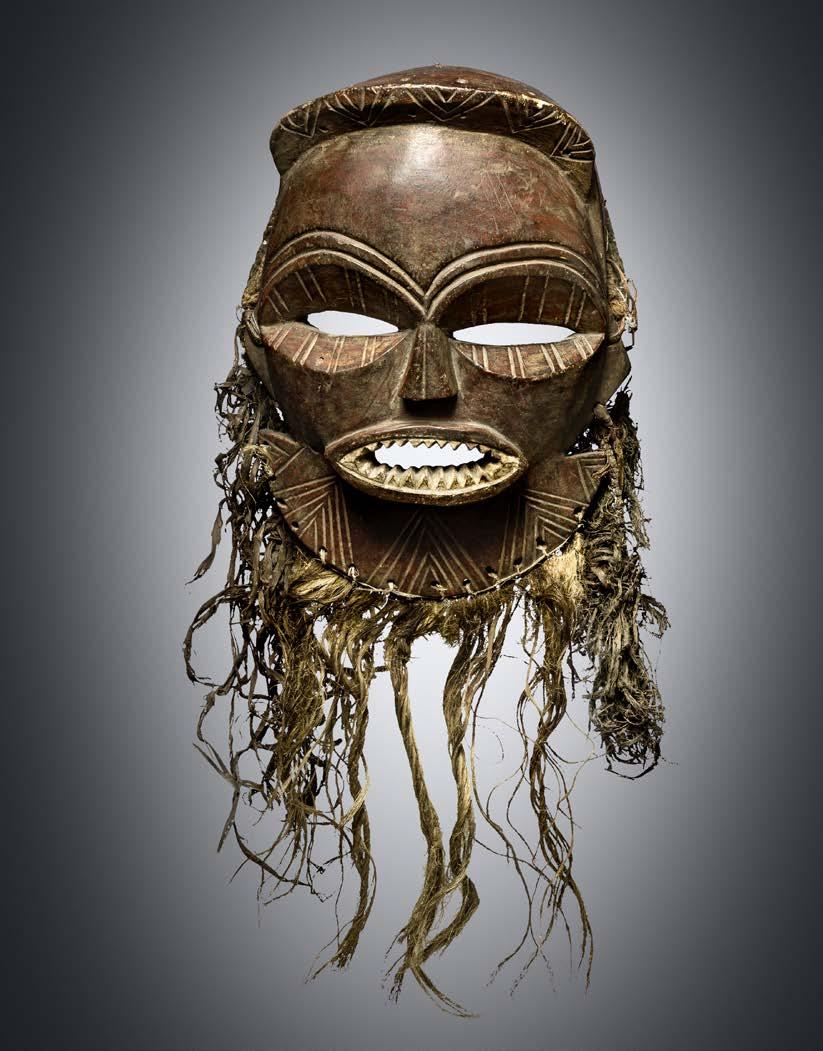
MOZAMBIQUE, TSONGA, MUHLATI (OR HIS WORKSHOP)
99 Prestige Gefäß Holz, rest.
Aufgrund stilistischer Merkmale kann dieses Gefäß einem Schnitzer namens Muhlati (oder seiner Werkstatt) zugeschrieben werden.
Typisch für ihn sind rund eingeschnittene Augen, ein Mund, der nur durch einen Schlitz gekennzeichnet ist und rund eingetiefte Ohren mit markantem Dreieck. Er arbeitete mit hellem Holz, Haare und Kleidung seiner Figuren wurden durch Brandzier dunkel eingefärbt.
Eine Figur von seiner Hand abgebildet bei Stevenson & Graham-Stewart, 2003, S. 45. Ein figurales Gefäß Muhlatis publiziert im AHDRC 0116214.
Muhlati lebte in der Gegend von Lourenco Marques (heute Maputo) in portugiesisch Ostafrika (heute Mosambik). Er gehörte der Volksgruppe der Tsonga oder Shangaan an und war im ganzen Land für sein Talent berühmt. Am bekanntesten ist Muhlati
für seine figürlichen Schnitzereien, Schalen und Krüge mit markantem unverwechselbarem Stil.
Prestige vessel wood, rest.
Based on stylistic features, this vessel can be attributed to a carver named Muhlati (or his workshop).

His work is distinctive and characterised by figures with incised circular eyes, circular ears with an interior triangular form and slit mouths. He worked with blonde wood, with hair and clothing of his figures darkened by branding.
A figure by his hand illustrated in Stevenson & Graham-Stewart, 2003, p. 45. A figural vessel by Muhlati published in AHDRC 0116214.
Muhlati was a noted carver who was active in the colonial Lourenço Marques (now Maputo) in Portuguese East Africa (now Mozambique) in the late19th century. He was a member of the Tsonga or Shangaan ethnic group and was famous throughout the land for his talent. He is best known for his distinctively styled, figural carvings, bowls and tankards.
H: 27 cm; B: 60 cm; T: 23 cm
Provenance
American Private Collection
Vgl. Lit.: Stevenson, Michael & Michael Graham-Stewart, The Mlungu in Africa, 2003
€ 3.000 - 5.000
– 198 –
Photo: Ex. The Milungaú in Africa

SOUTH AFRICA, NORTHERN NGUNI, ZULU OR SWAZI
100 Gefäß mit Deckel Holz
Aus einem Stück Holz geschnitzt und mit einem linearen Muster aus tief eingeschnittenen parallelen Rillen verziert, ist dieses Deckelgefäß eine wahre Meisterleistung seines Schöpfers.
Das Gefäß ruht auf vier kurzen Füßen, die sich in gleicher Anordnung am Deckel wiederholen. Dies legt nahe, dass der Deckel in umgedrehter Form als separates kleines Behältnis diente, das ebenfalls auf vier Füßchen ruhte. Dieser Gefäßtypus wurde zwischen 1840 und 1920 hergestellt. Generell wurde vermutet, dass er zur Aufbewahrung von Flüssigkeiten oder gekochter Nahrung diente. Tatsächlich weisen jedoch die meisten Behältnisse keinerlei Spuren solcher Nutzung auf. Daher wäre denkbar, dass sie als virtuose Beispiele afrikanischer Handwerkskunst zum Verkauf geschaffen wurden.
Die Abnutzungsspuren an vorliegendem Gefäß scheinen jedoch Hinweis darauf, dass es auch tatsächlich in Gebrauch war und nicht für den Verkauf hergestellt wurde.
Ein formal vergleichbares Objekt publiziert bei Petridis, 2011, S. 55, ill. 29. Eine Erklärung ihrer Funktion ist die, dass sie von Häuptlingen und Königen in Auftrag gegeben wurden,
die ihren sozialen Status durch diese Schauobjekte deutlich sichtbar machen wollten.
Eine andere Erklärung ist, dass sie als Aufbewahrungsgefäße für Schnupftabak dienten und wichtigen Personen gehörten, die bei aufwändigen Festen zu Ehren der Ahnen Schnupftabak verteilten.
Lidded vessel wood
Carved from one piece of wood and decorated with a linear pattern of deeply incised parallel grooves, this lidded vessel is a true feat of virtuosity on the part of its maker. The vessel rests on four short feet which are repeated in the same arrangement on the lid. This suggests that the lid, inverted, served as a separate small container, also resting on four feet.

This type of vessel was made between 1840 and 1920. It was assumed that it was used to store liquids or cooked food. In fact, however, most of these containers show no traces of such usage. Therefore, it is conceivable that they were created for sale as virtuoso examples of African craftsmanship. However, the signs of wear visible on this vessel seem to indicate that it was actually in use and not made for sale.
A formally comparable object published in Petridis, 2011, p. 55, ill. 29. One explanation of their function is that these works served as display objects for chiefs and kings, who treasured them as expressions of their own elevated status.
Yet another explanation is that they were used as storage vessels for snuff and belonged to important individuals who distributed snuff during elaborate festivals organized to honor the ancestors.
H: 30,5 cm
Provenance
Old UK Collection
Vgl. Lit.: Petridis, Constantine, The Art of Daily Life, Cleveland 2011, p. 55, ill. 29
€ 4.000 - 8.000
– 200 –
Photo: James Worrell

Hinweis: Objekte der Offerte stammen ausschließlich von ethnischen Volksgruppen und sind für die Verwendung innerhalb der Ethnie gefertigt worden; Objekte der Colon sowie Auftragswerke sind in die frühe Zeit zu verorten. Mit (*) gekennzeichnete Lose betreffen Objekte, die dem Kulturgüterschutzgesetz (KGS-Gesetz) unterliegen bzw. CITES-pflichtig sind. Sie stehen im Einklang mit der CITES Resolution 10.10 (Rev.CoP18) und den Verordnungen (EU) Nr. 2021/2280, 2021/C 528/03 sowie (EG) Nr. 865/2006 der Komission mit Durchführungsbestimmungen zur Verordnung (EG) Nr. 338/97 des Europäischen Rates vom 09.12.1996 über den Schutz von Exemplaren wildlebender Tier- und Pflanzenarten. Da diese hier gekennzeichneten Objekte unter die streng begrenzten Ausnahmen fallen, dürfen sie innerhalb der EU angeboten werden.Eine Ausfuhrgenehmigung in Drittländer kann für Objekte aus geschützten Materialien nur unter strengen Bedingungen erteilt werden.
Please note: All items have been made by the ethnic group and for use in the ethnic group. Figures of the Colon as well as commissened art works are classified as objects of the early period.
Some items of this offer can be marked with an asterisk (*). This objects are subject to the UNESCO Cultural Heritage Protection Act resp. to CITES. Objects liable to CITES fullfil the requirements of the CITES Resolution 10.10 (Rev.CoP18) and the european regulations (EC) No 2021/2280, 2021/C 528/03 as well as the Commission Regulation (EC) No 865/2006 of 4 May 2006 laying down detailed rules concerning the implementation of Council Regulation (EC) No 338/97 of 9 December 1996 on the protection of species of wild fauna and flora by regulating trade therein. As the objects marked here fall under the strictly limited exceptions, they may be offered within the EU. Export licenses in third countries for objects containing or made of protected materials are only granted under stringent conditions.
– 202 –Notizen - Notes
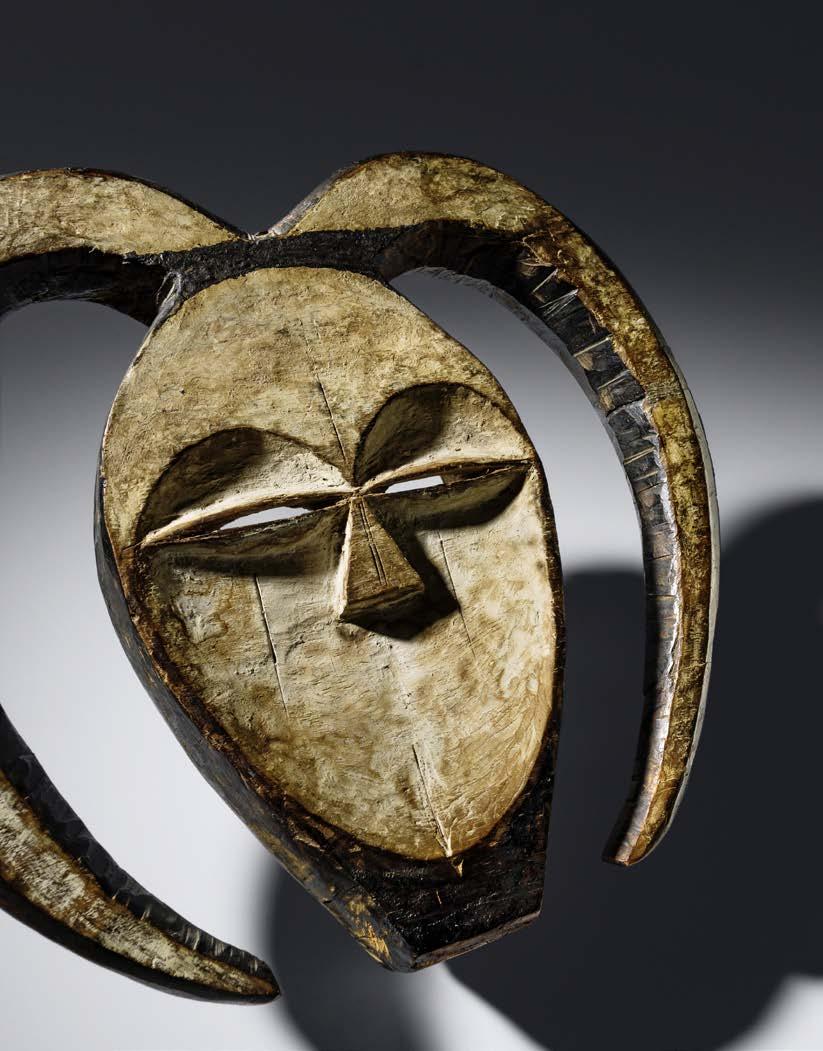









 Photo: www.andreas-achmann.com
Photo: www.andreas-achmann.com



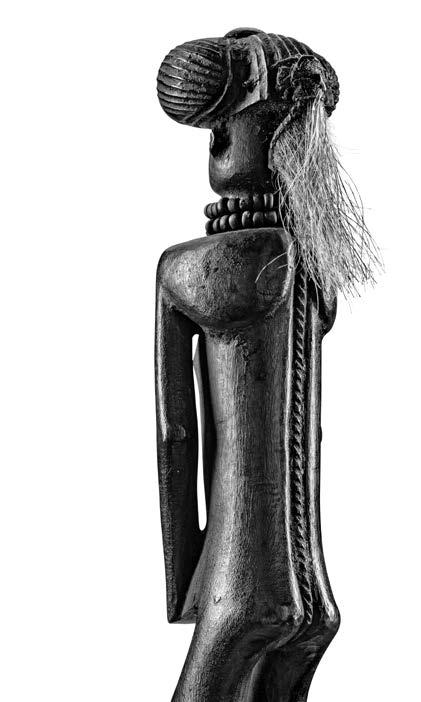

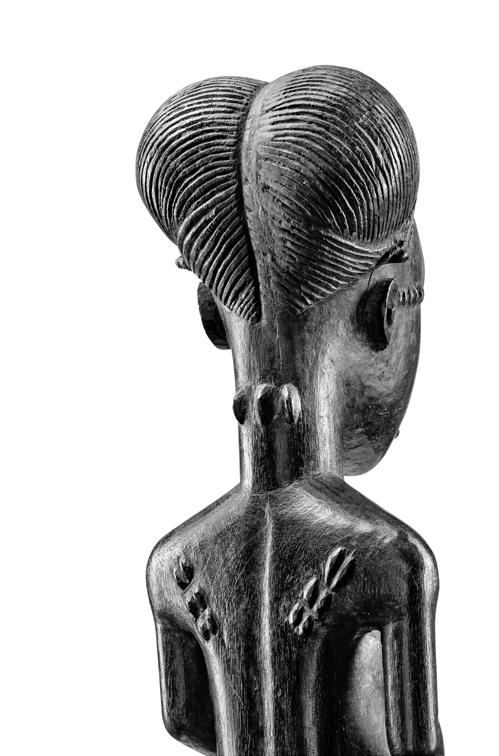

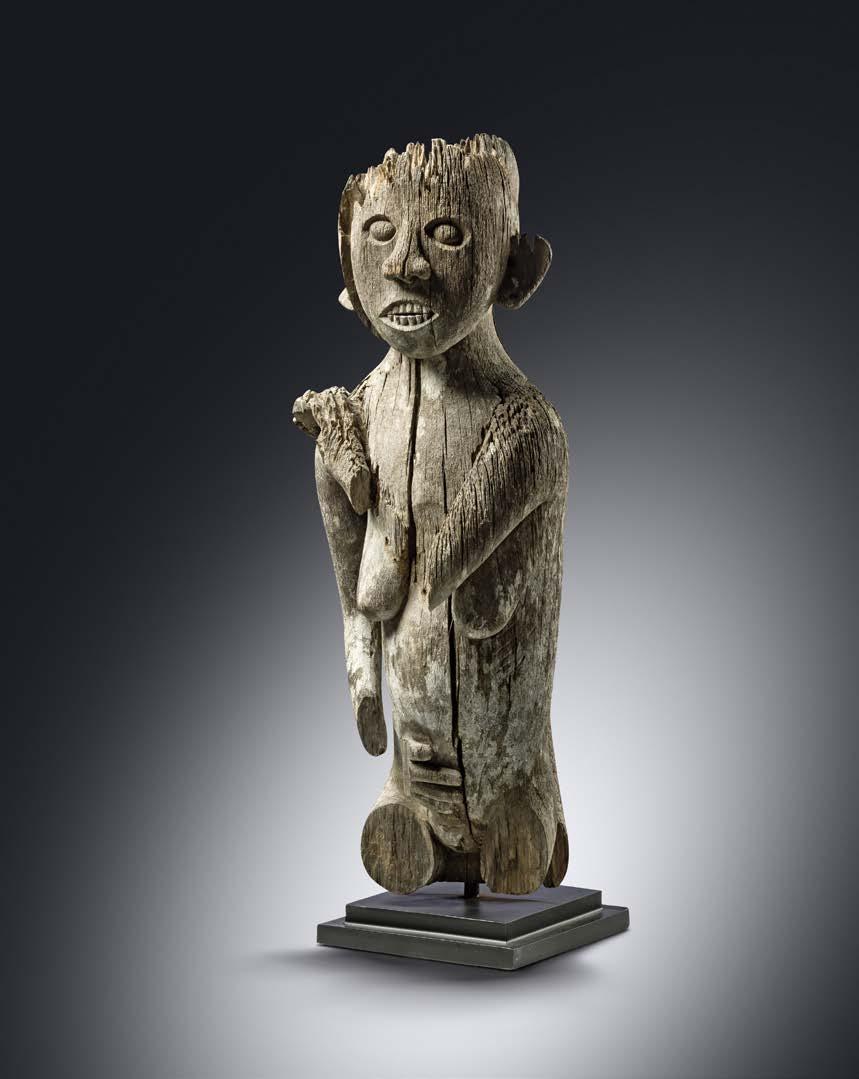


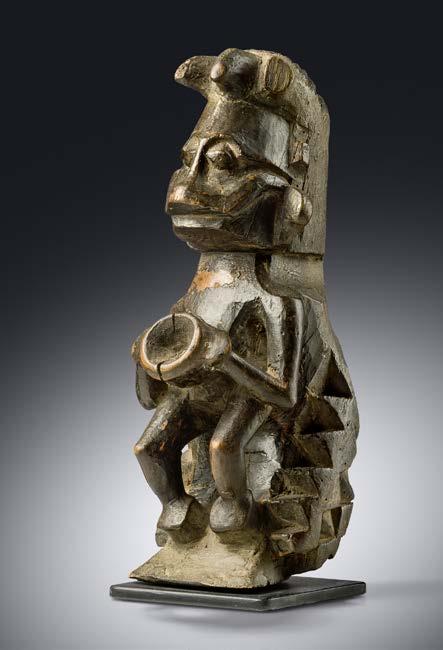



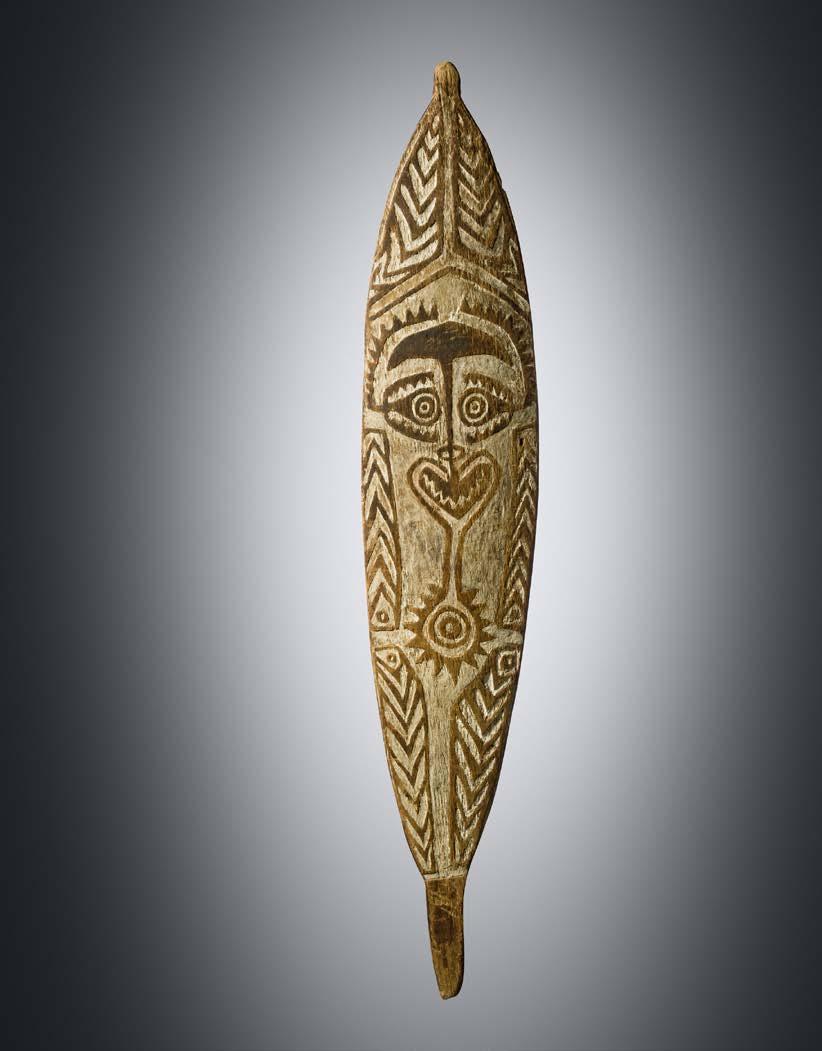
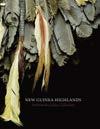




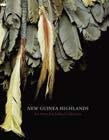
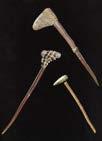


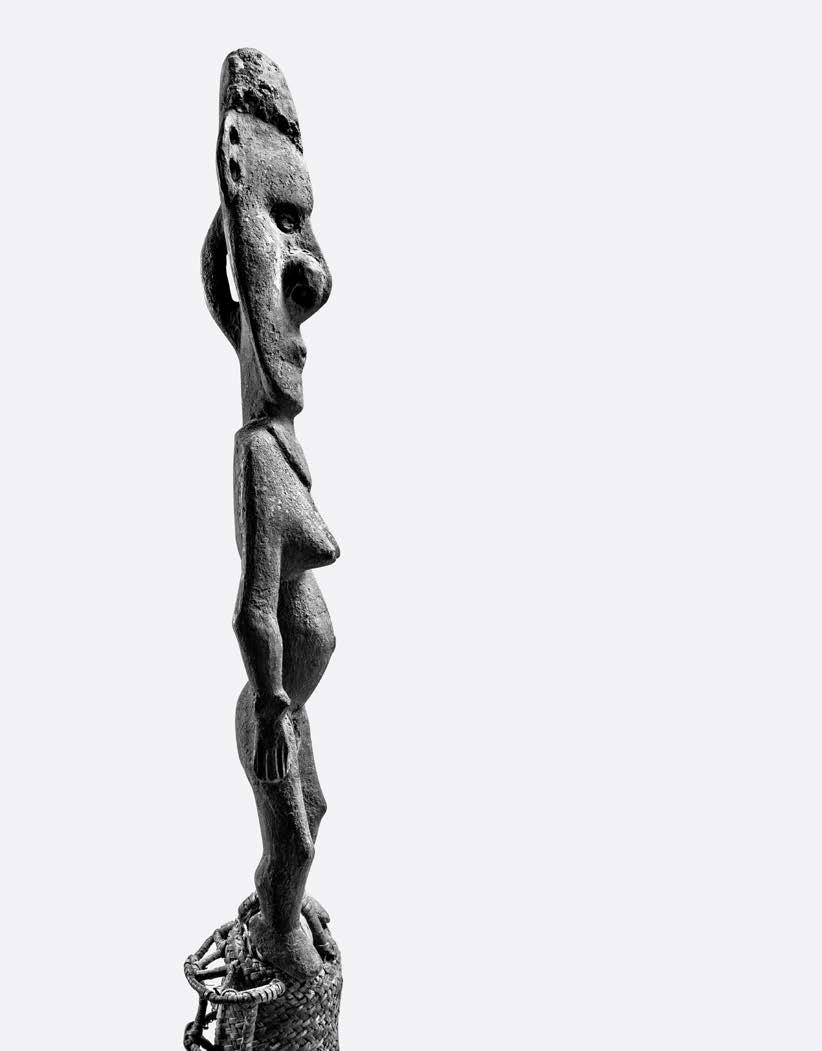











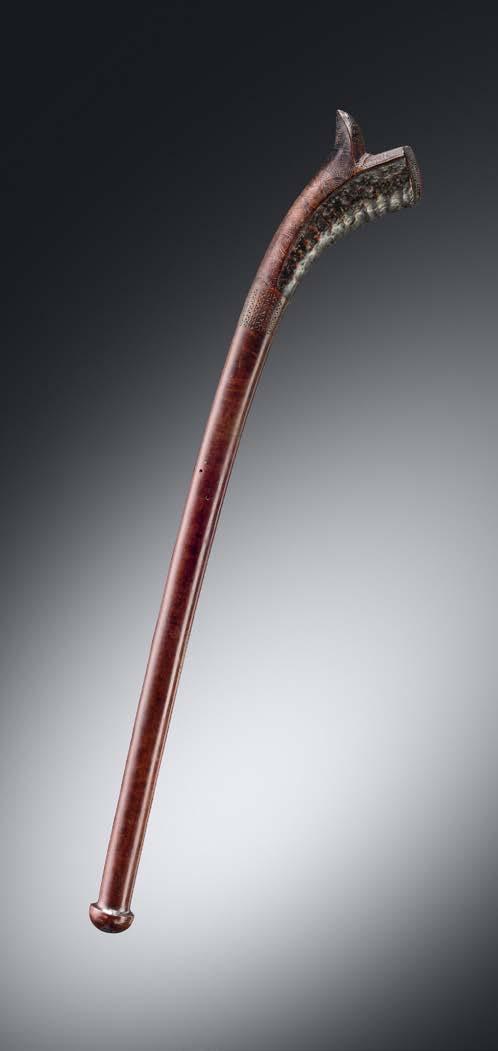
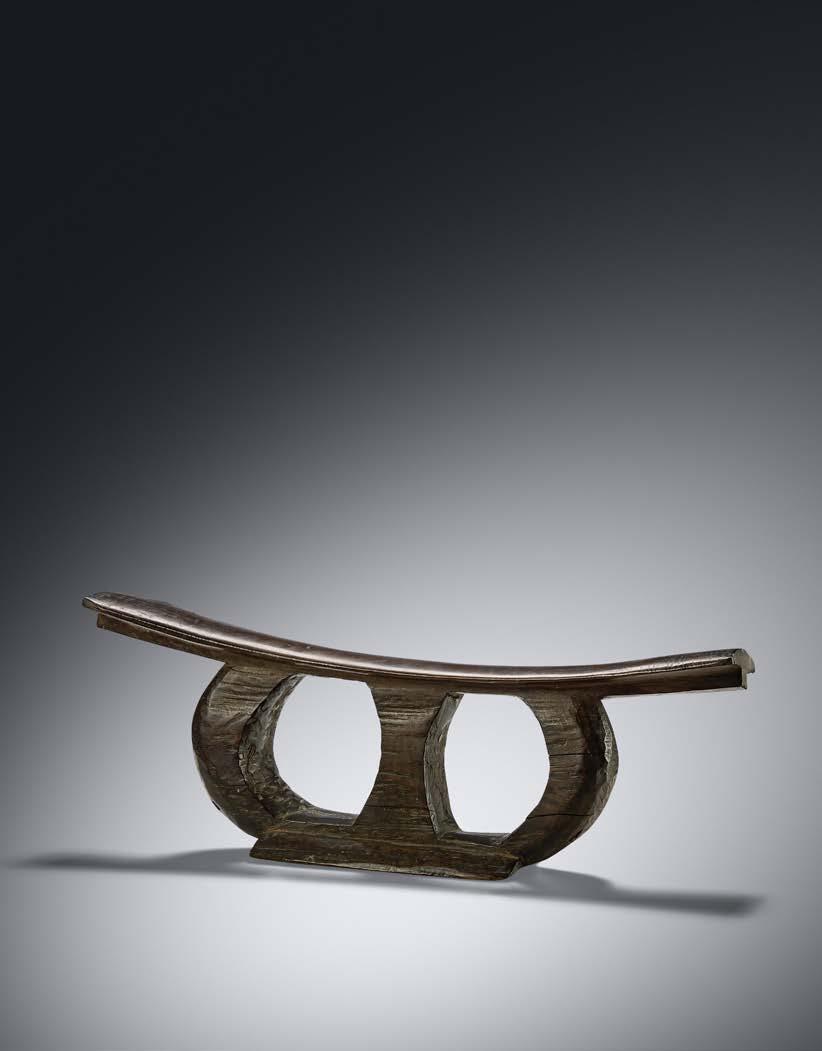
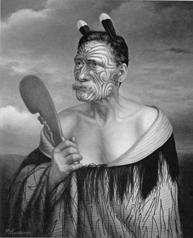


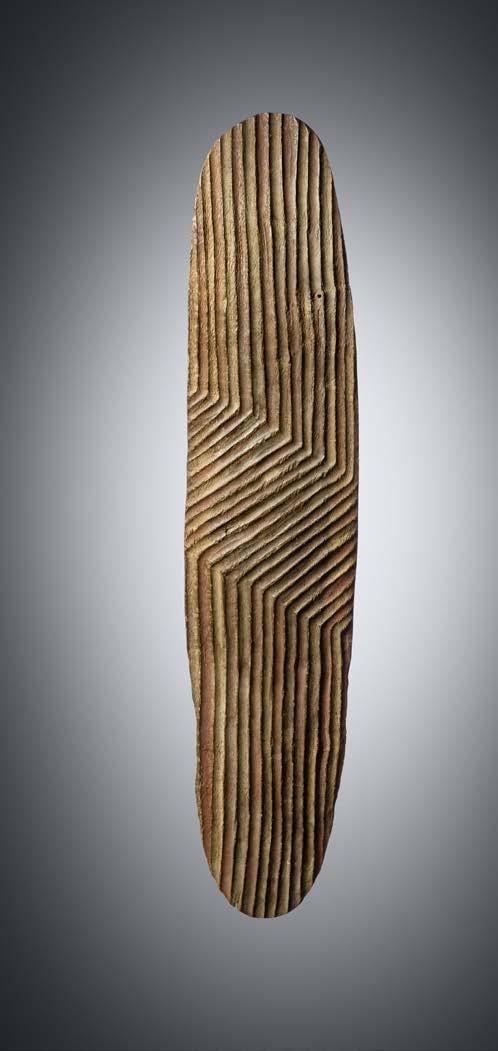

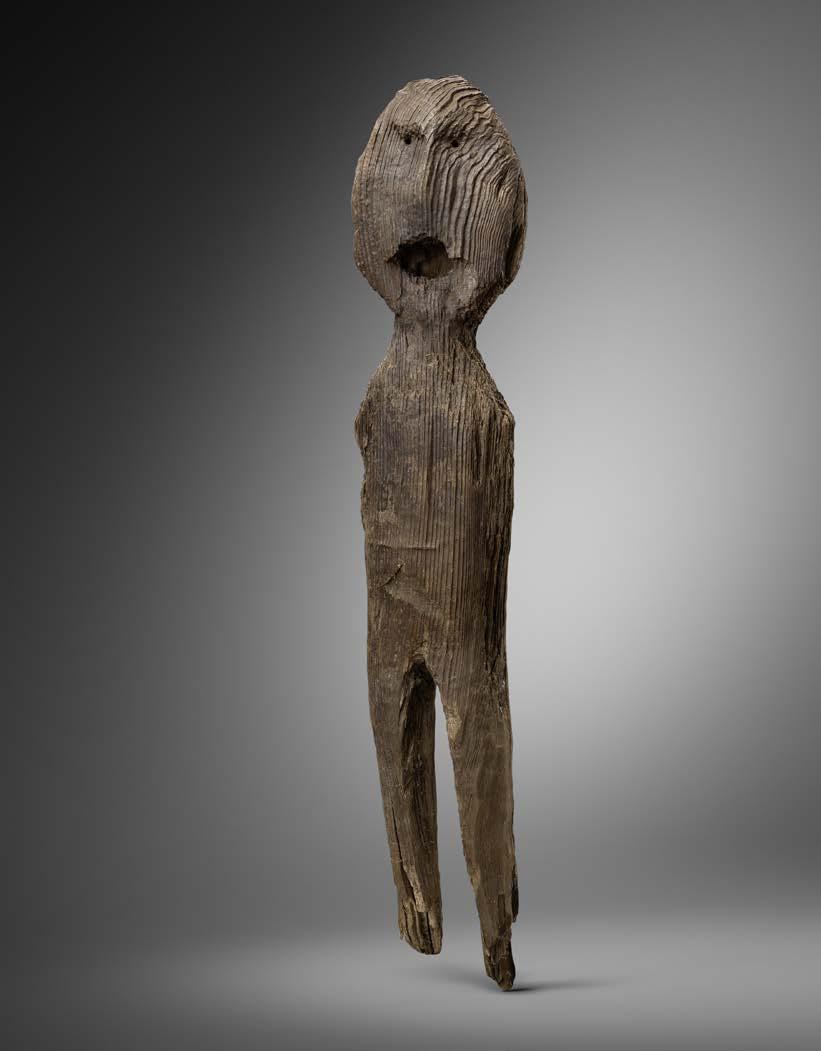 Photos: Frédéric Dehaen
Photos: Frédéric Dehaen


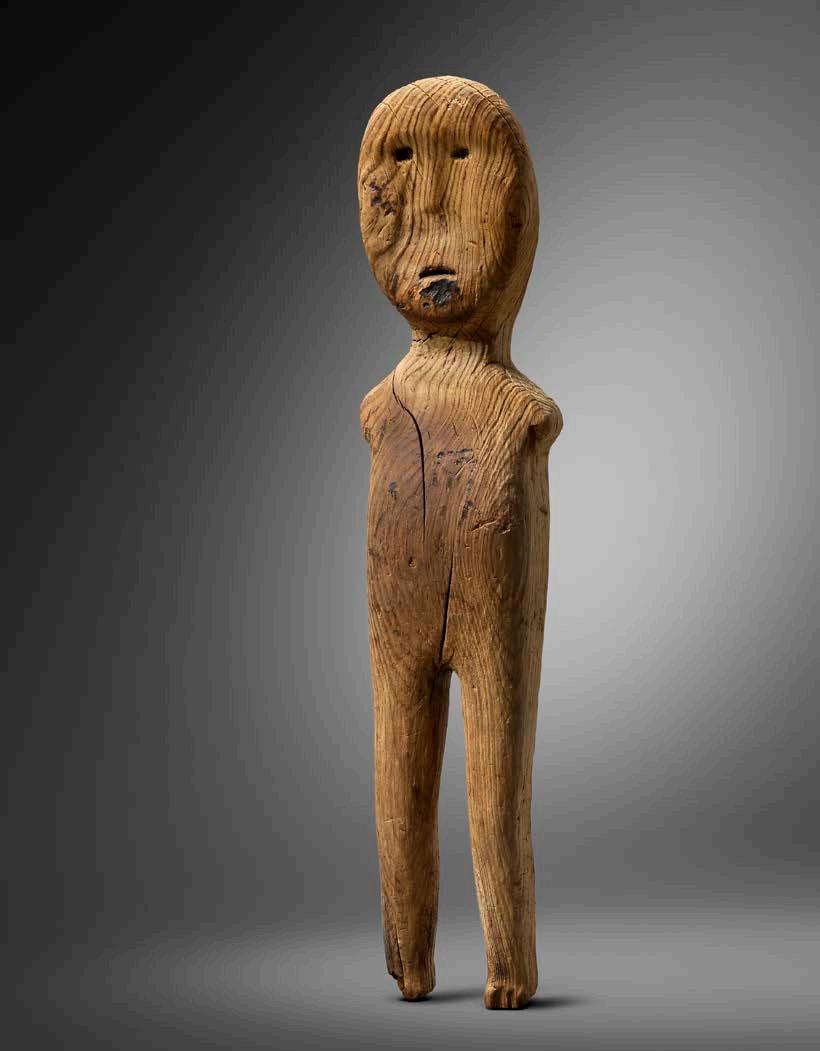 Photos: Frédéric Dehaen
Photos: Frédéric Dehaen
 Photos: Frédéric Dehaen
Photos: Frédéric Dehaen
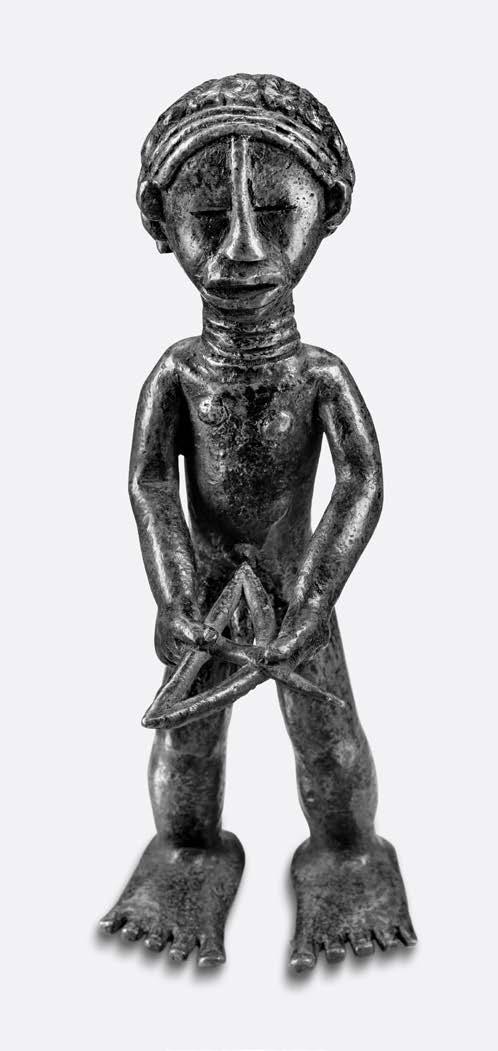
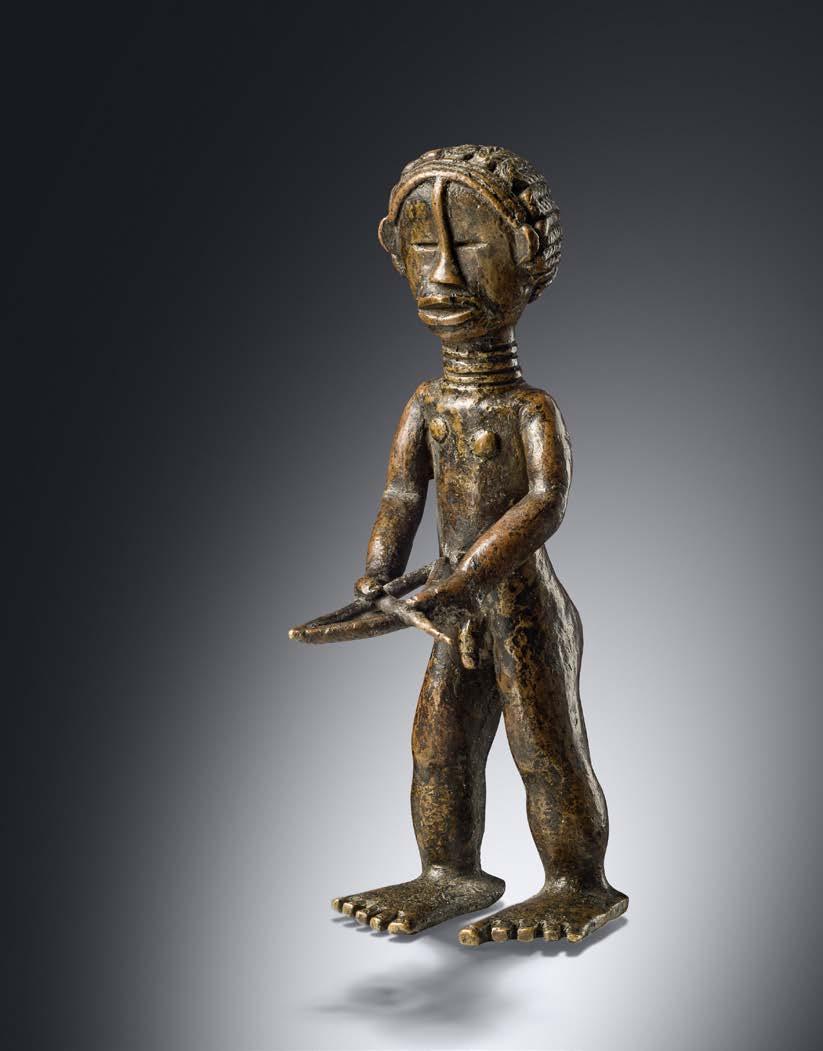



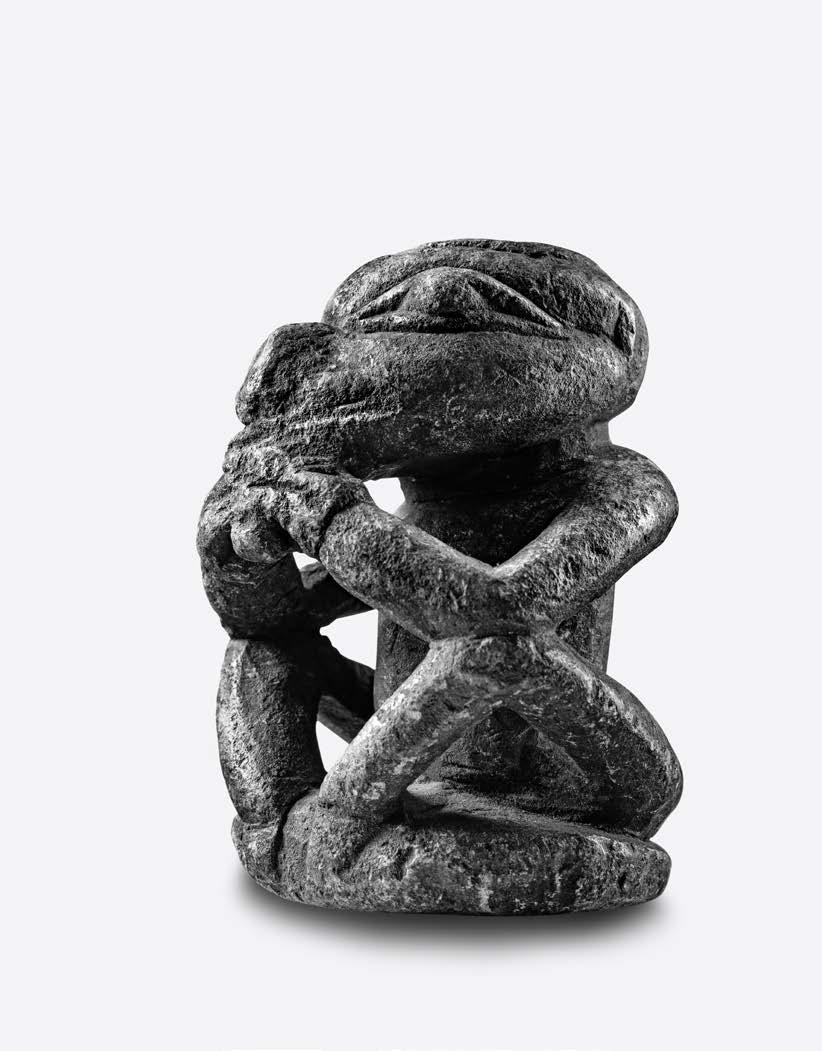
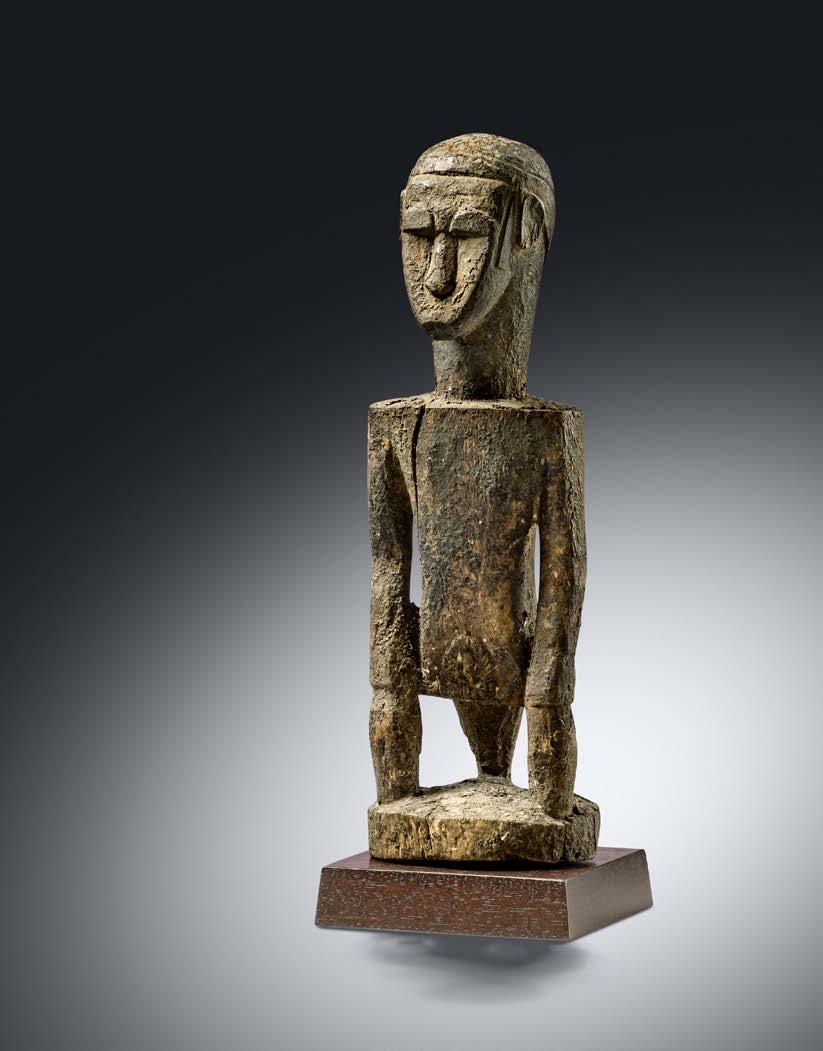




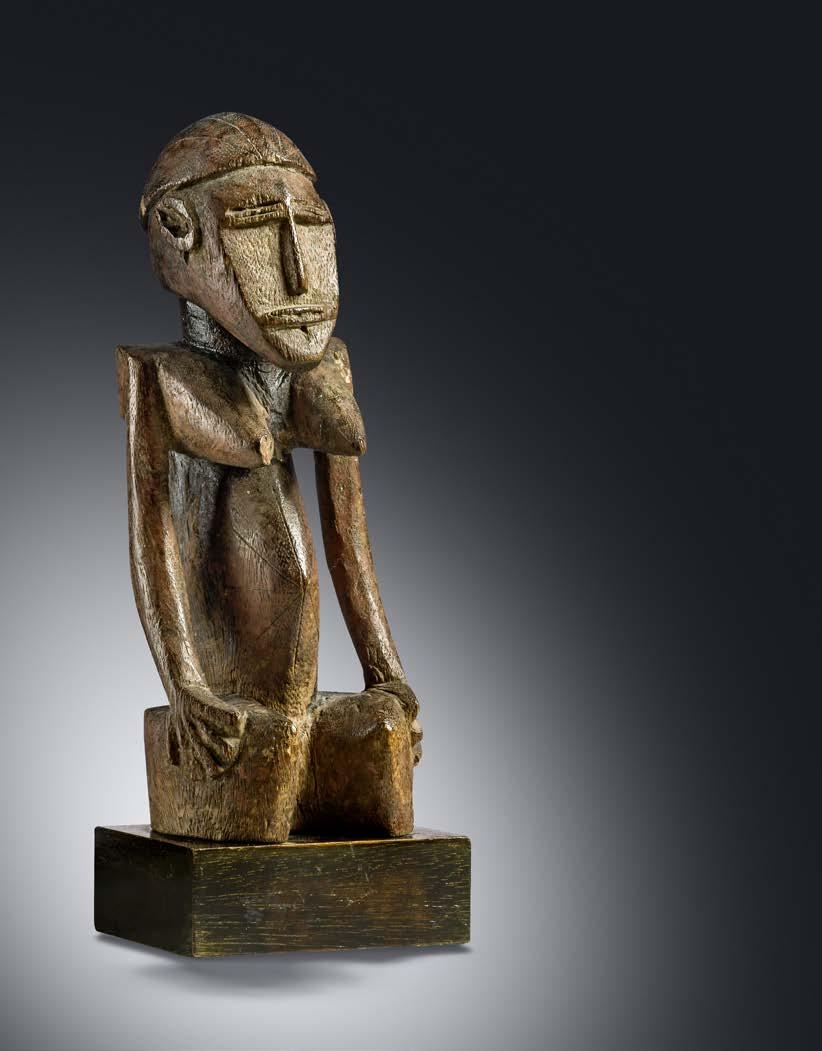

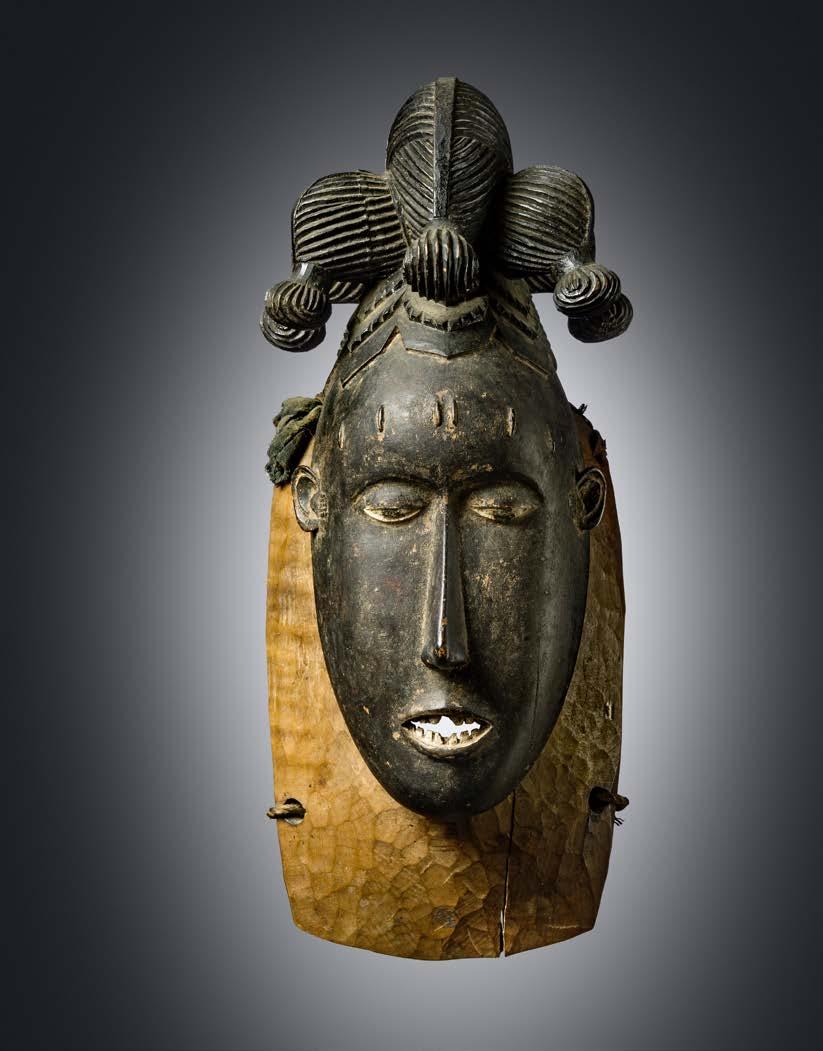


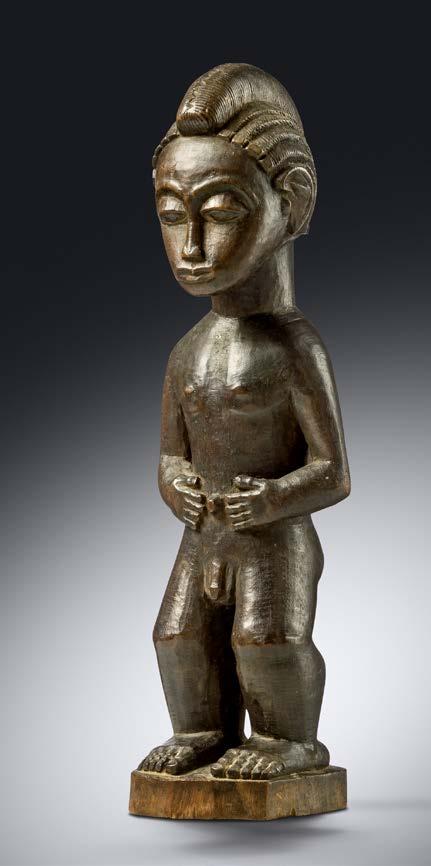

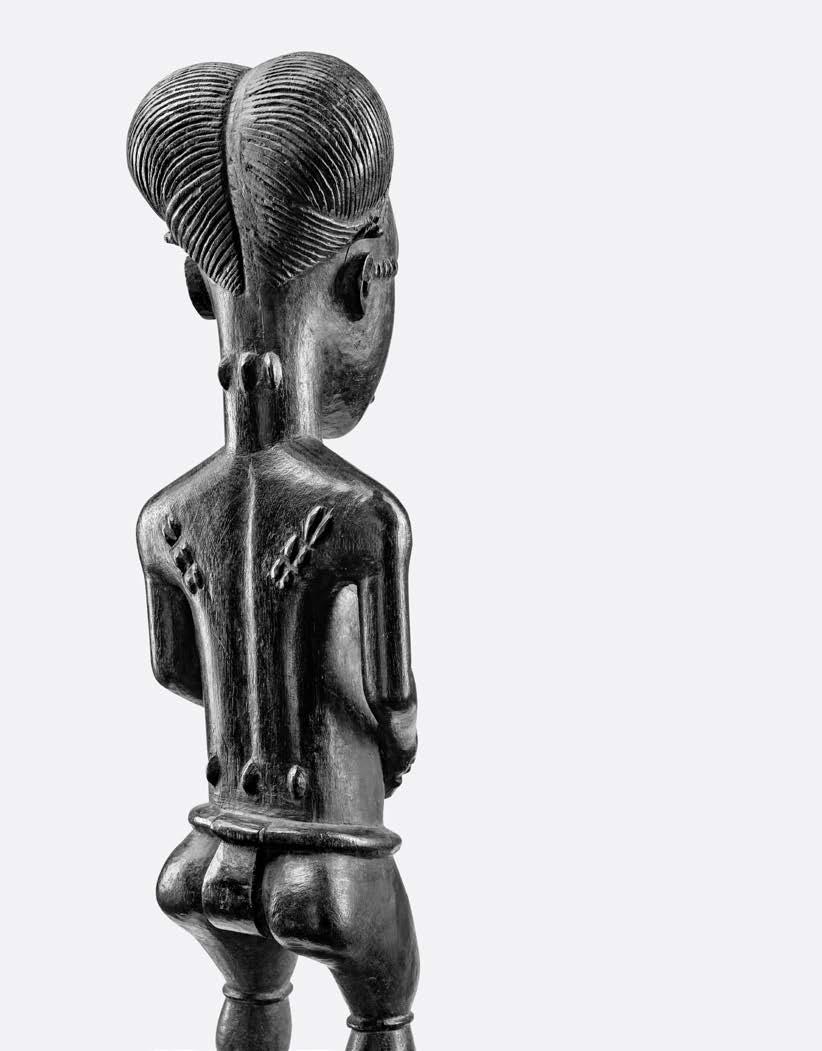 Photo: Christie‘s, Paris 2006
Photo: Christie‘s, Paris 2006


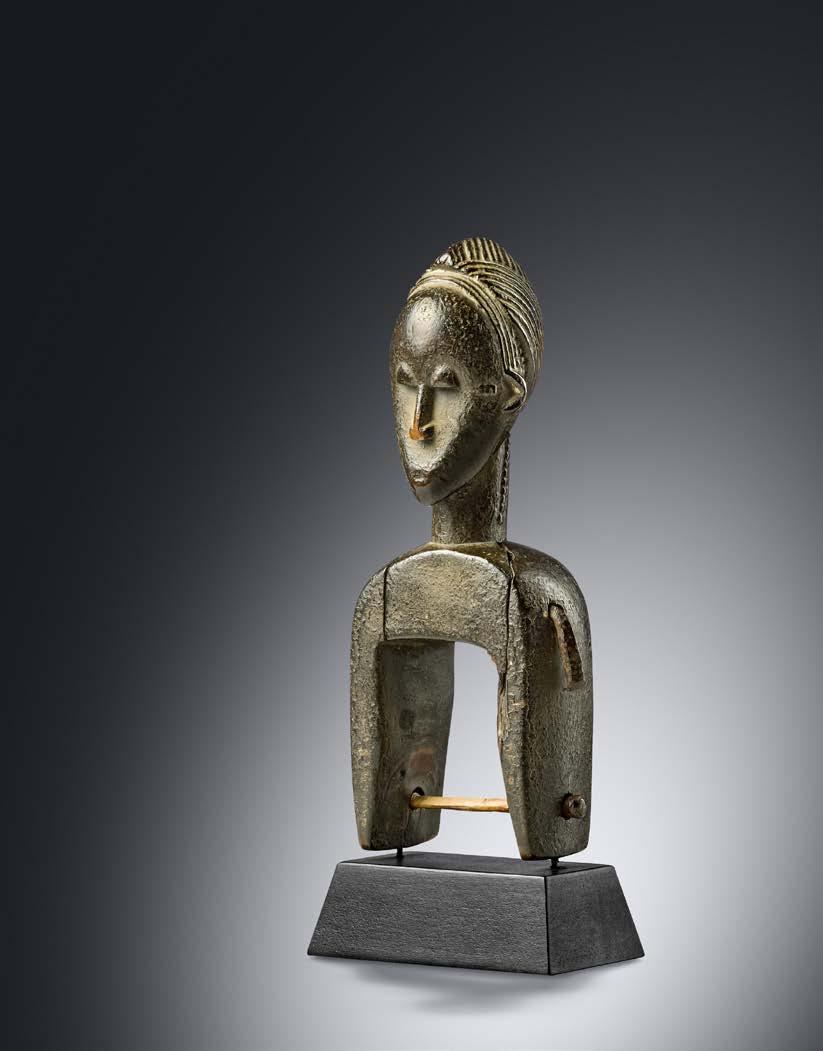
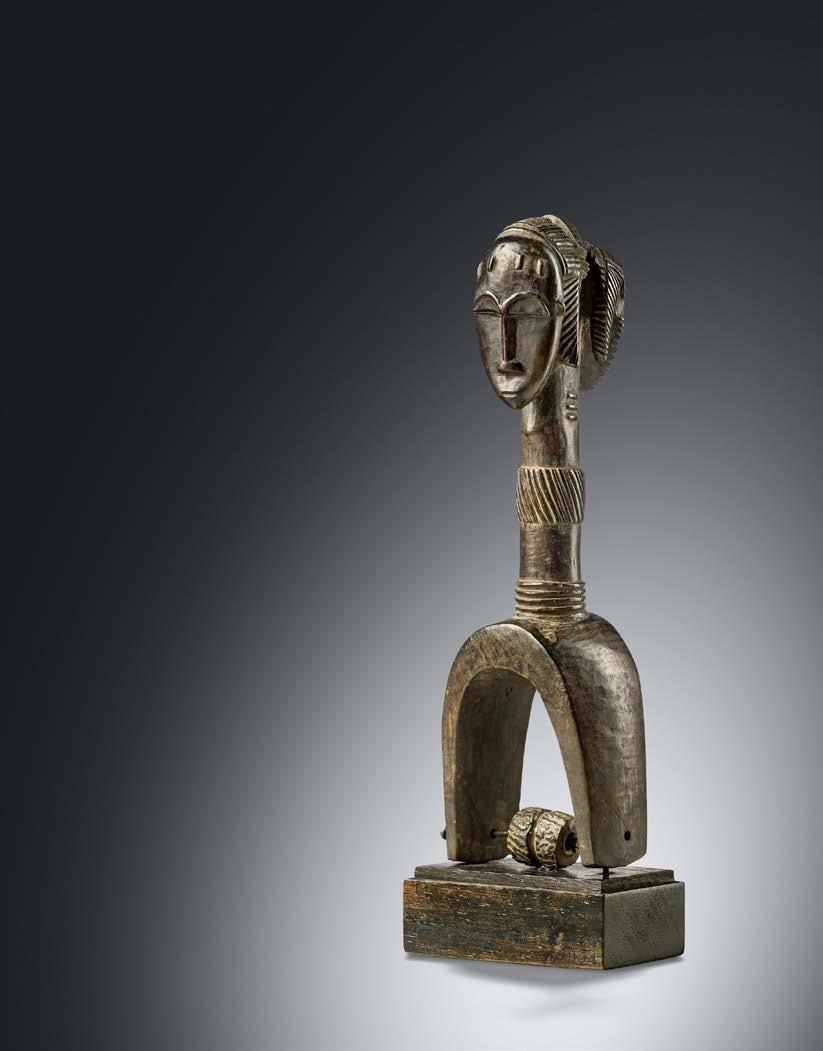

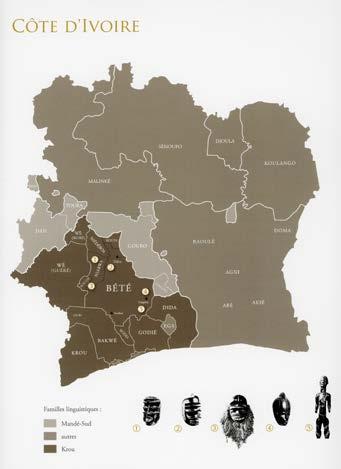
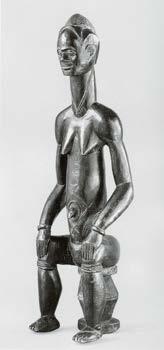

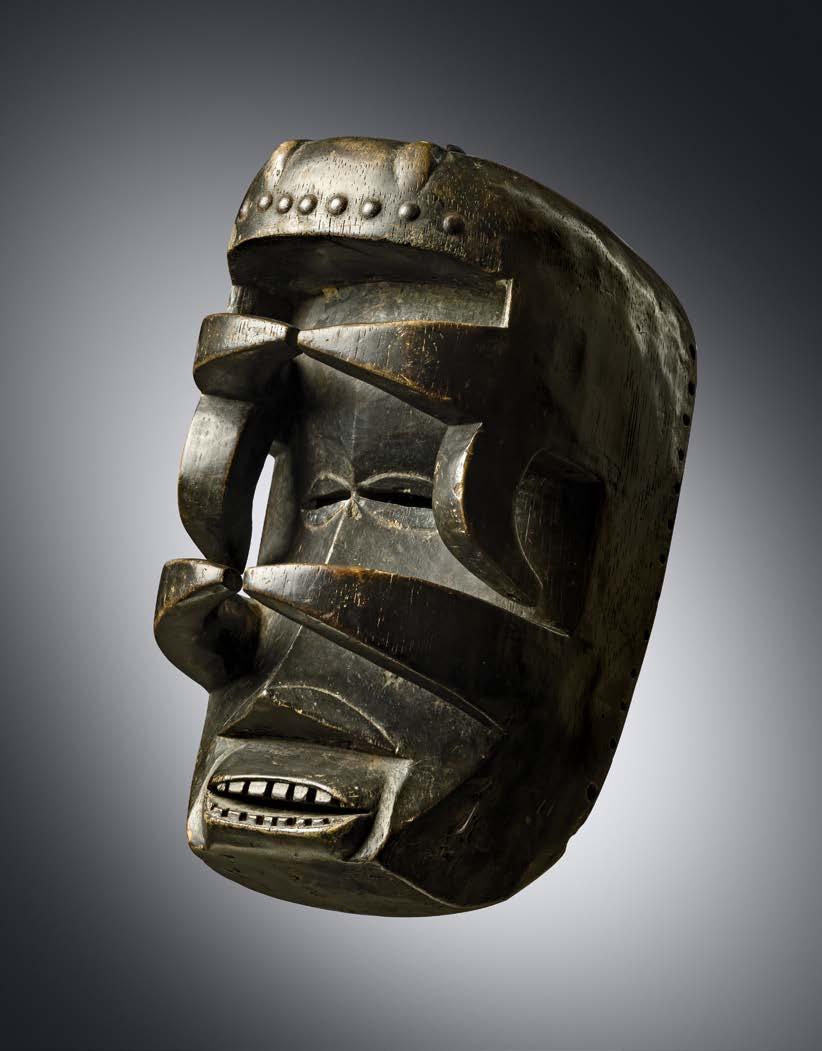
 Photo: www.andreas-achmann.com
Photo: www.andreas-achmann.com

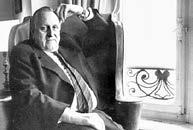
















































































 Photo: www.andreas-achmann.com
Photo: www.andreas-achmann.com


































 Margaret Trowell, African Design, 1960
Margaret Trowell, African Design, 1960



 ZAMBIA, LOZI (ROTSE) / LUVALE (LWENA) / LUNDA
Photo: Sotheby‘s London, 1985
ZAMBIA, LOZI (ROTSE) / LUVALE (LWENA) / LUNDA
Photo: Sotheby‘s London, 1985







